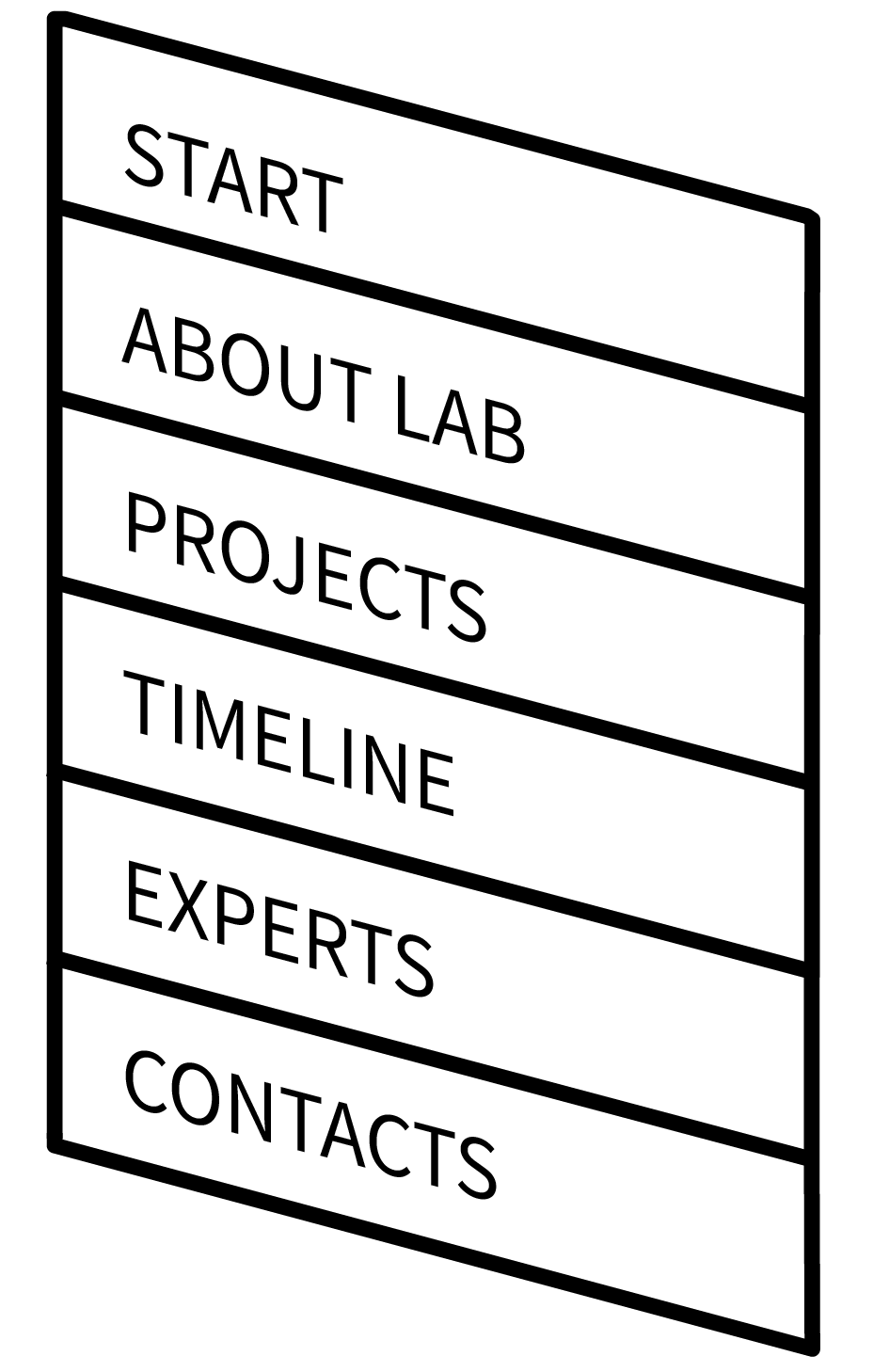Urban Citizenship in Transition
International Lab

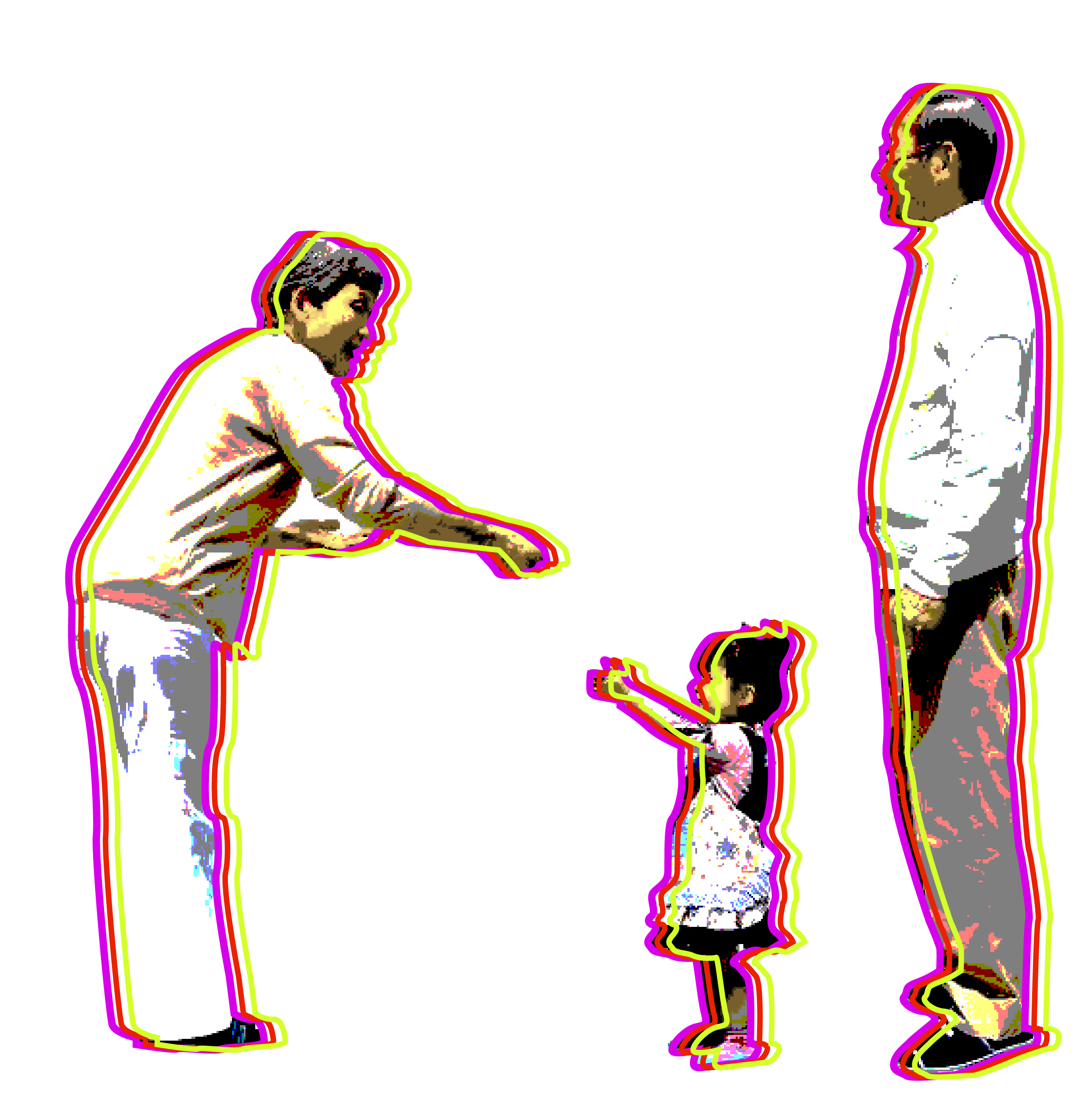
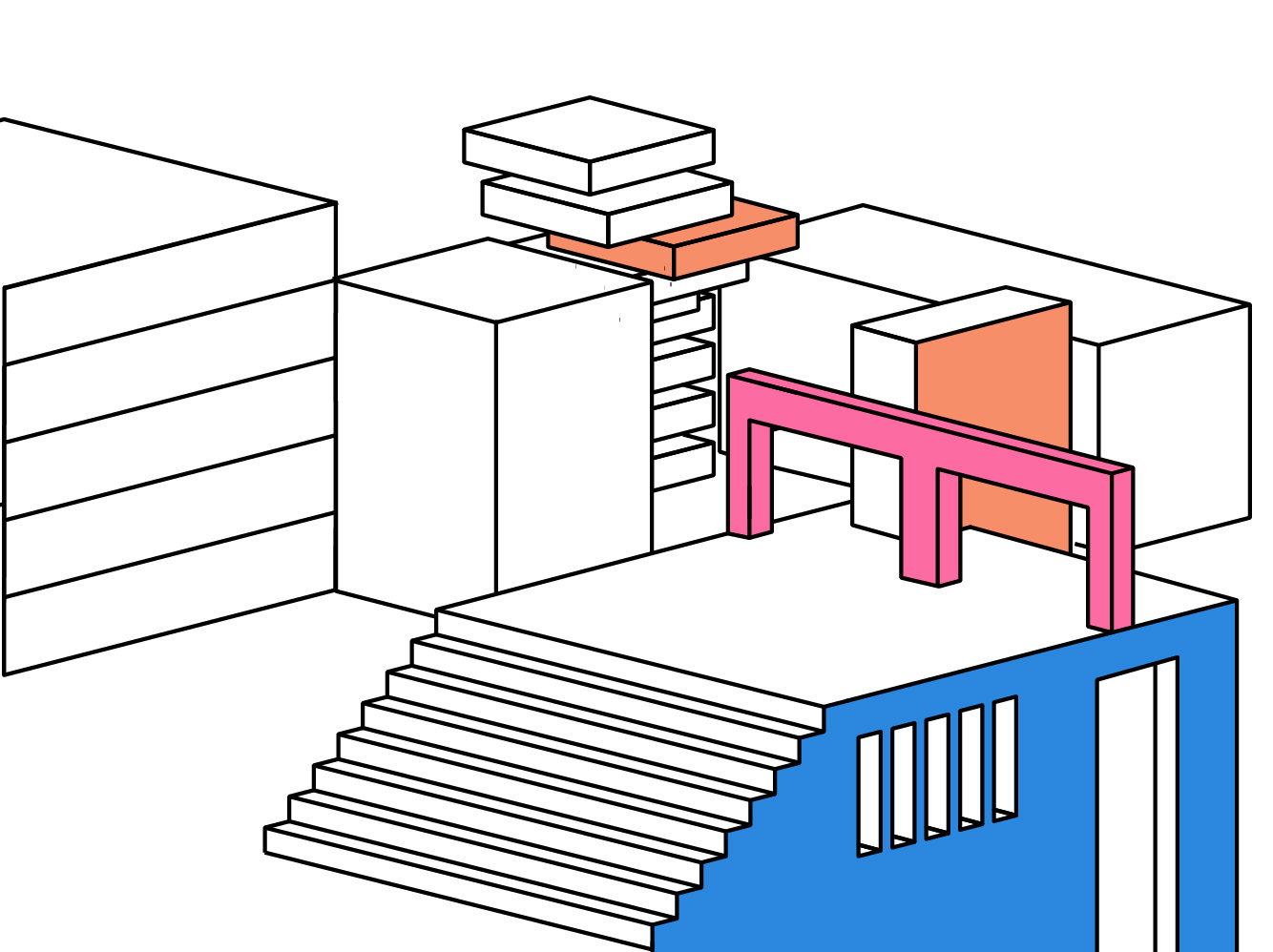
Urban Citizenship in Transition
International Lab


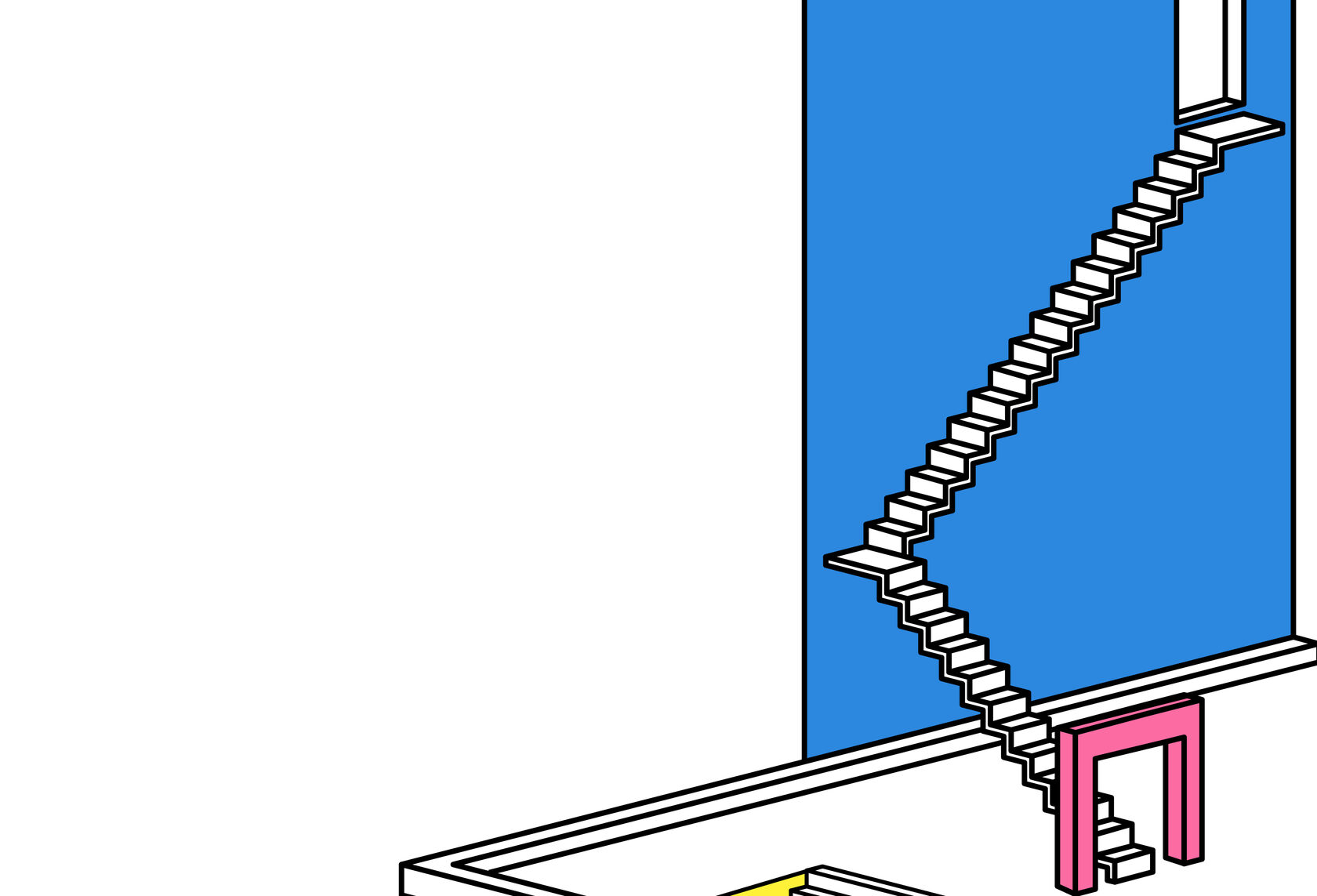
Germany, Moldova, and Georgia are facing somewhat similar challenges in migration processes. In the past years urban canvas and urban contexts, in which "new" citizens are struggling to find their place, has been rapidly transforming.
We wanted to address these challenges and practically explore the right to the city and the potential for empowerment through urban citizenship. In the lab (September 15 — 21), we brought together 18 young professionals from civic organisations and initiatives across the three countries who were actively engaged in working with individuals with migrant or refugee backgrounds.
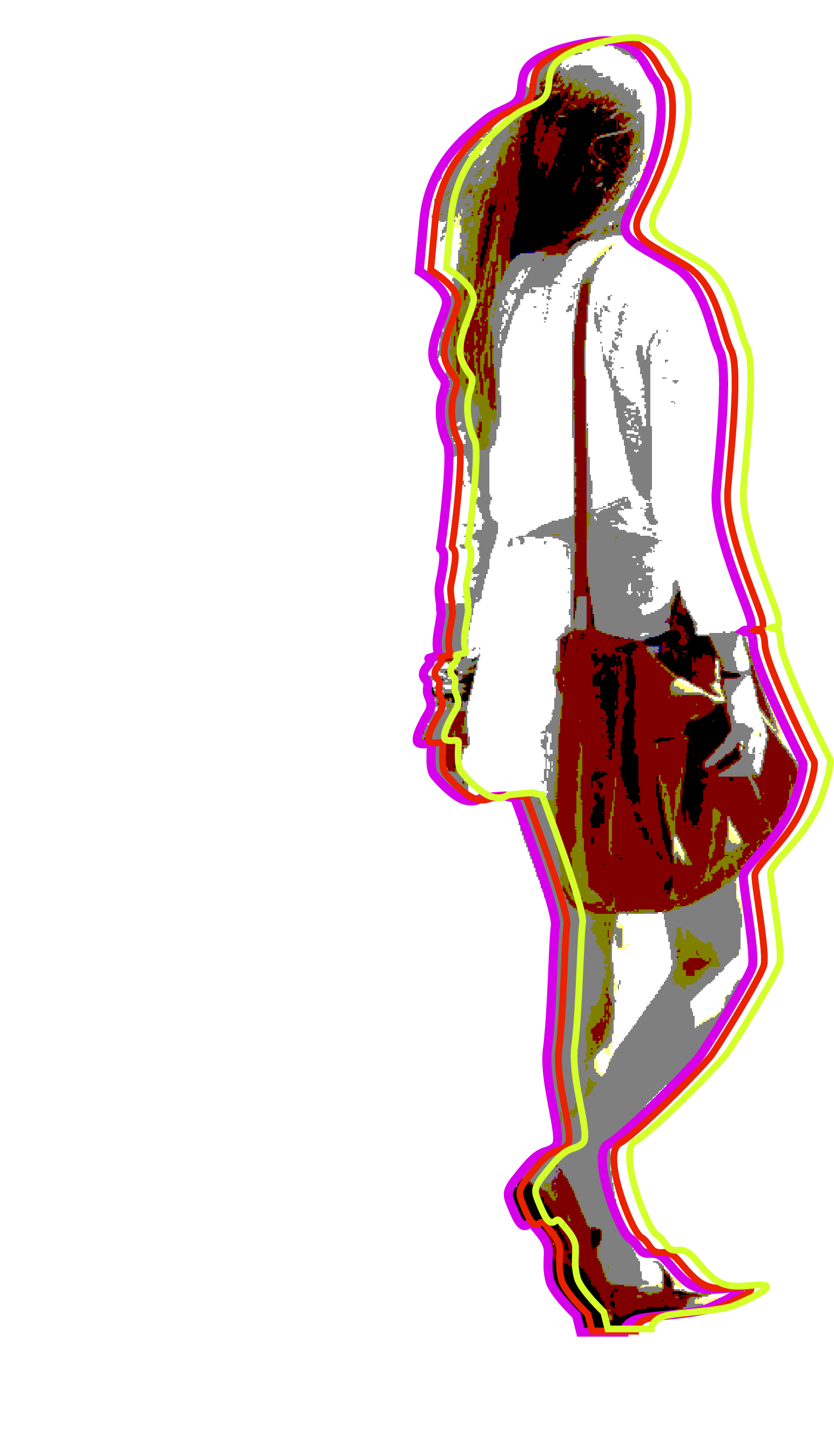
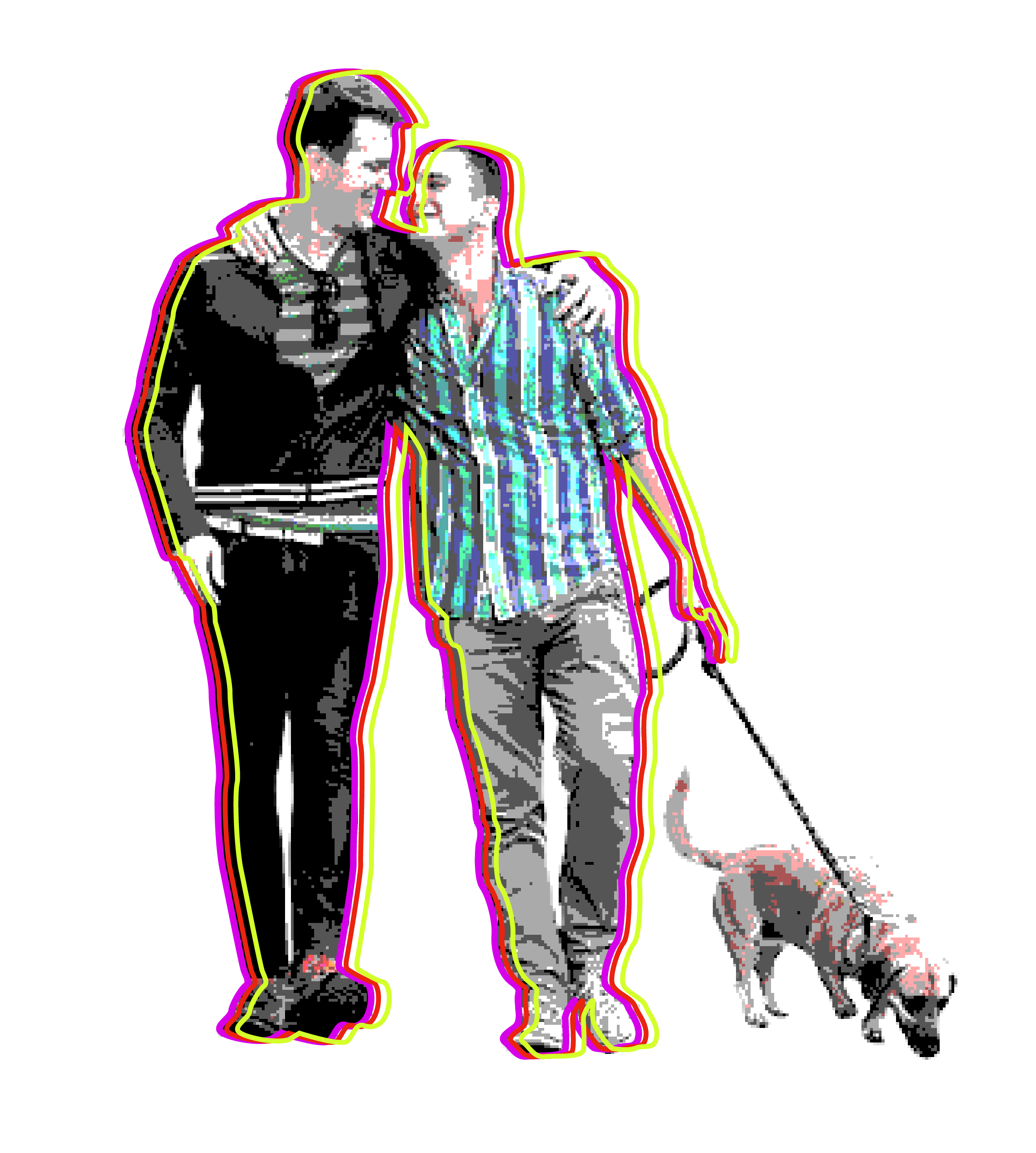
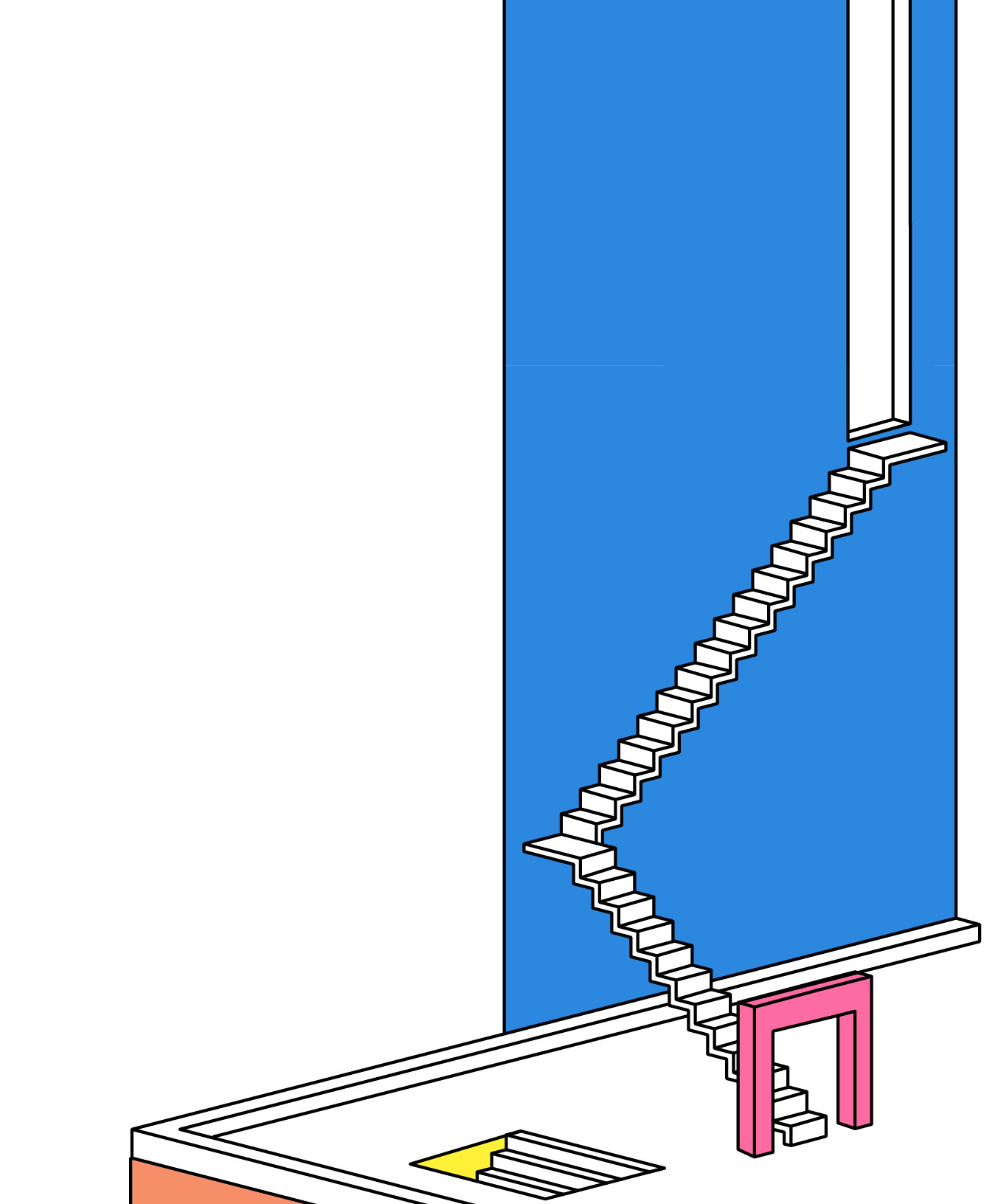
Germany, Moldova, and Georgia are facing somewhat similar challenges in migration processes. In the past years urban canvas and urban contexts, in which "new" citizens are struggling to find their place, has been rapidly transforming.
We wanted to address these challenges and practically explore the right to the city and the potential for empowerment through urban citizenship. In the lab (September 15 — 21), we brought together 18 young professionals from civic organisations and initiatives across the three countries who were actively engaged in working with individuals with migrant or refugee backgrounds.
We wanted to address these challenges and practically explore the right to the city and the potential for empowerment through urban citizenship. In the lab (September 15 — 21), we brought together 18 young professionals from civic organisations and initiatives across the three countries who were actively engaged in working with individuals with migrant or refugee backgrounds.


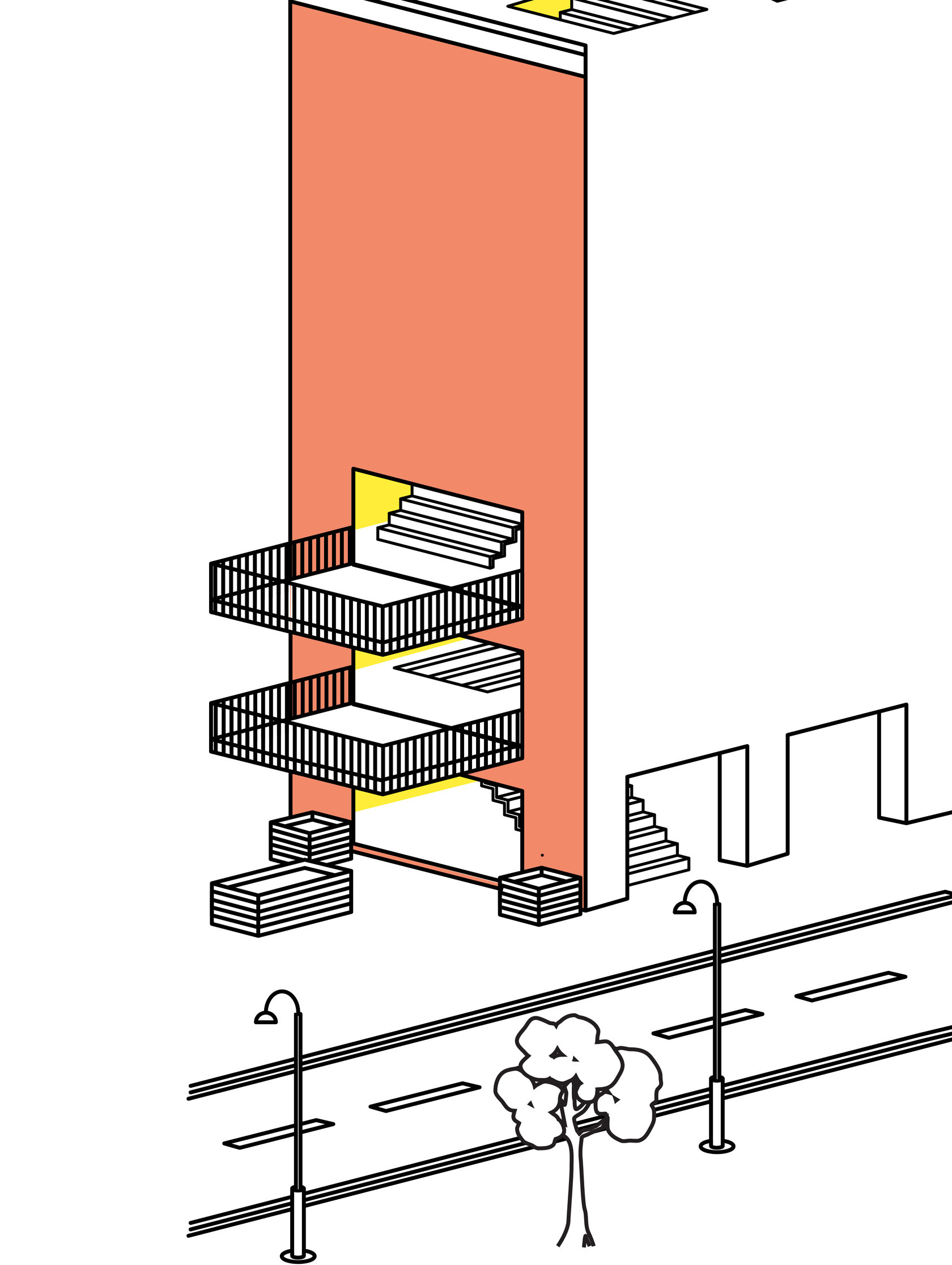
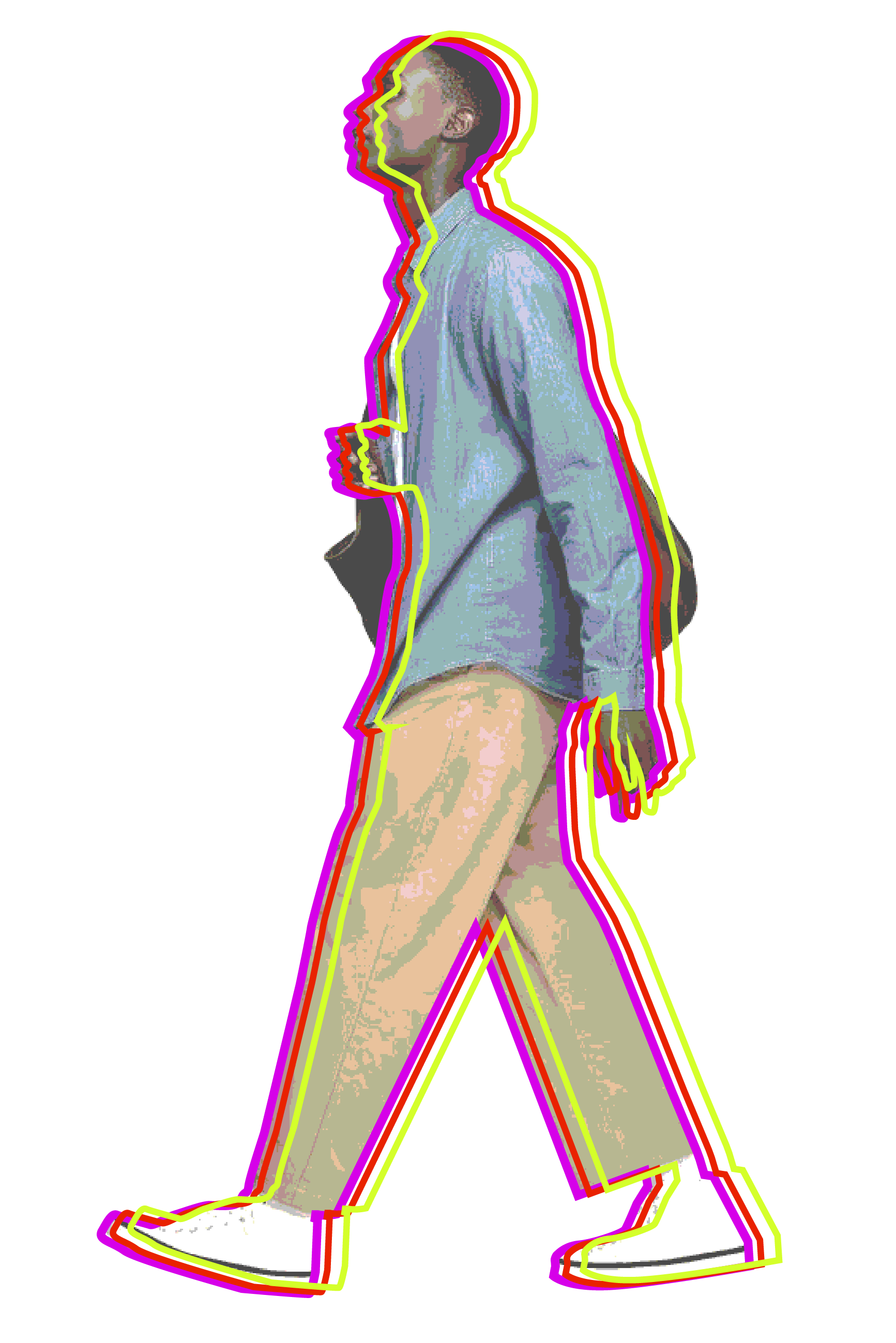
Projects:
Chișinău Through Your Eyes

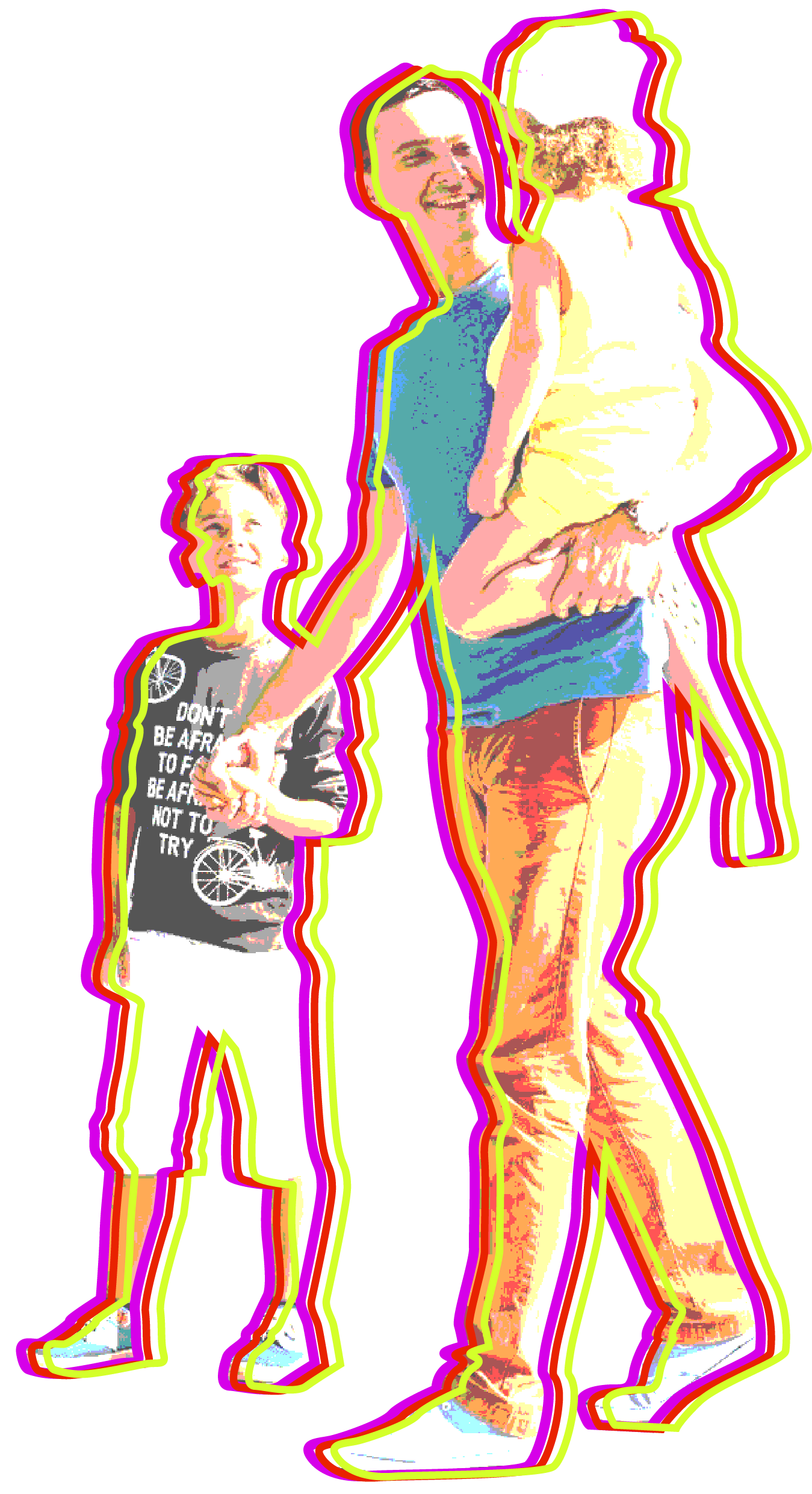
As one of the main project results participants developed and testested creative urban practices for newcomers and locals in their cities. Feel free to use and share them!
Historical-Political Education and The Right to the City
City Quest «We all belong here»
Jam Session
Karaoke Against Censorship
Help Newcomers Feel at Home
The Guide for Newcomers
The Sustainable Solutions Center
Telegram Bot-Based Urban Walk
Workshop «A Feeling of a City»
Empowering IDP Youth
City Quest «We all belong here»
Chișinău Through Your Eyes
Karaoke Against Censorship
Help Newcomers Feel at Home
The Guide for Newcomers
The Sustainable Solutions Center
Telegram Bot-Based Urban Walk
Workshop «A Feeling of a City»
Empowering IDP Youth
Jam Session
Chișinău Through Your Eyes
Karaoke Against Censorship
Help Newcomers Feel at Home
The Guide for Newcomers
The Sustainable Solutions Center
Telegram Bot-Based Urban Walk
Workshop «A Feeling of a City»
Empowering IDP Youth
Jam Session
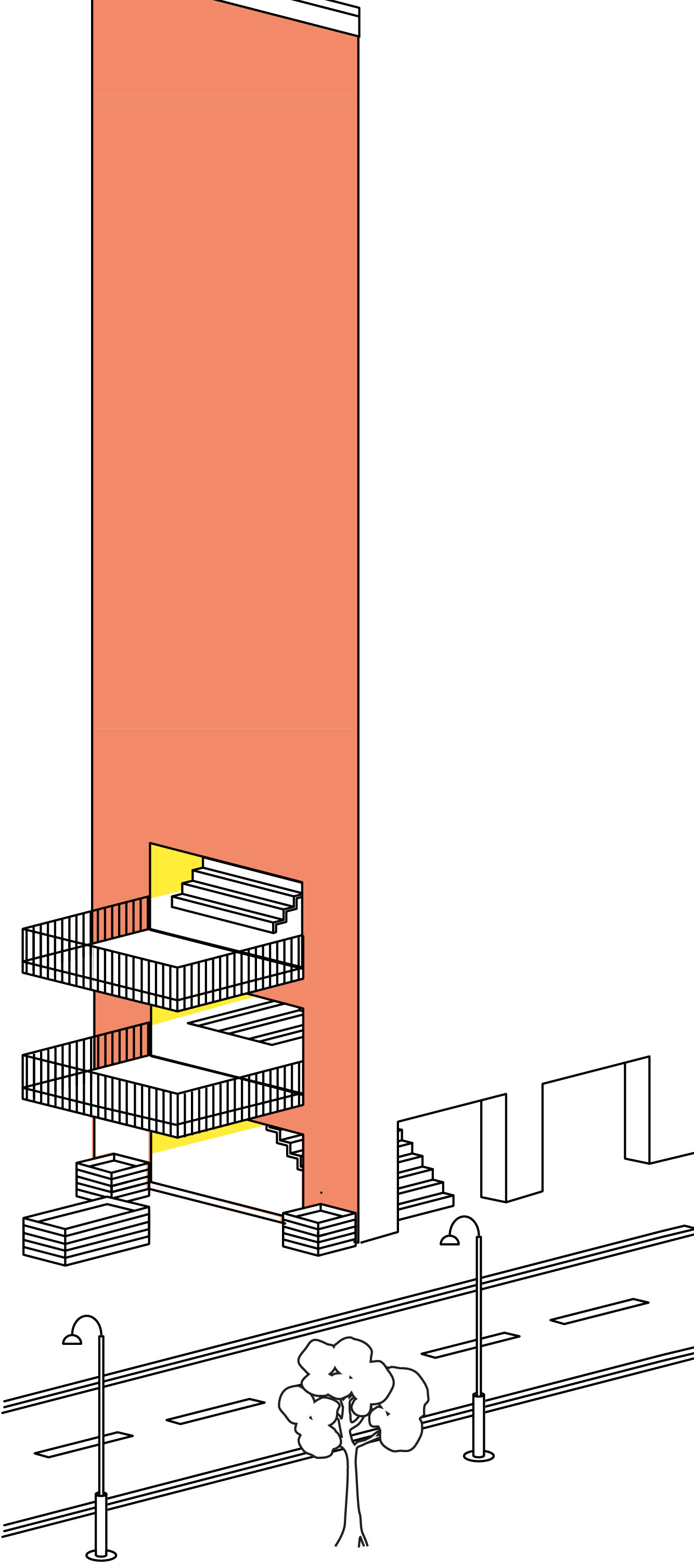



As one of the main project results participants developed and testested creative urban practices for newcomers and locals in their cities. Feel free to use and share them!
Projects:
Chișinău Through Your Eyes
Historical-Political Education and The Right to the City
Collective Placemaking Through Permaculture
City Quest «We all belong here»
Jam Session
Karaoke Against Censorship
Help Newcomers Feel at Home
The Guide for Newcomers
The Sustainable Solutions Center
Telegram Bot-Based Urban Walk
Workshop «A Feeling of a City»
Empowering IDP Youth
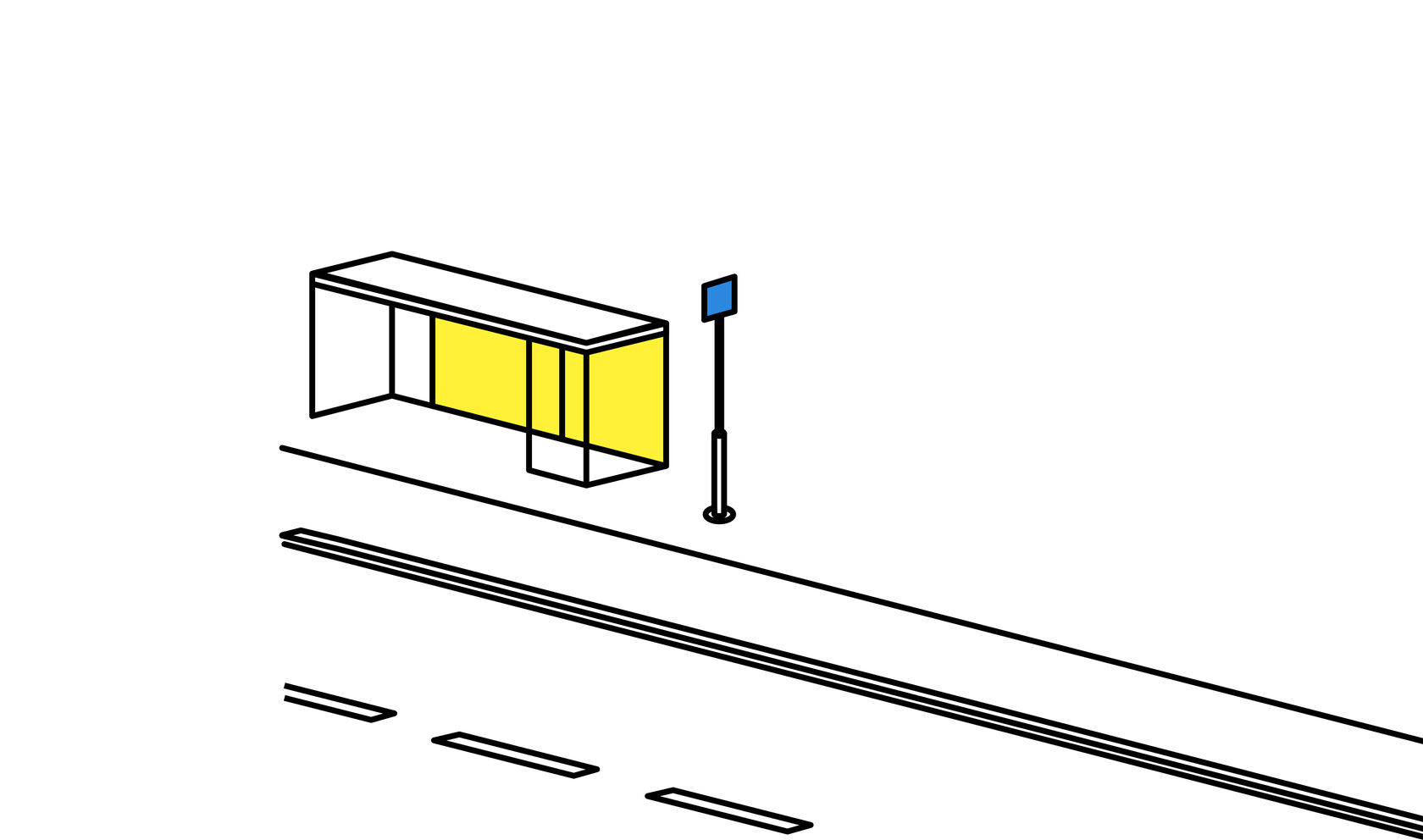
City Quest «We all belong here»
City Quest in Tbilisi featuring team-based challenges, local interaction, and cultural exploration, encouraging engagement with the urban environment and fellow city residents.
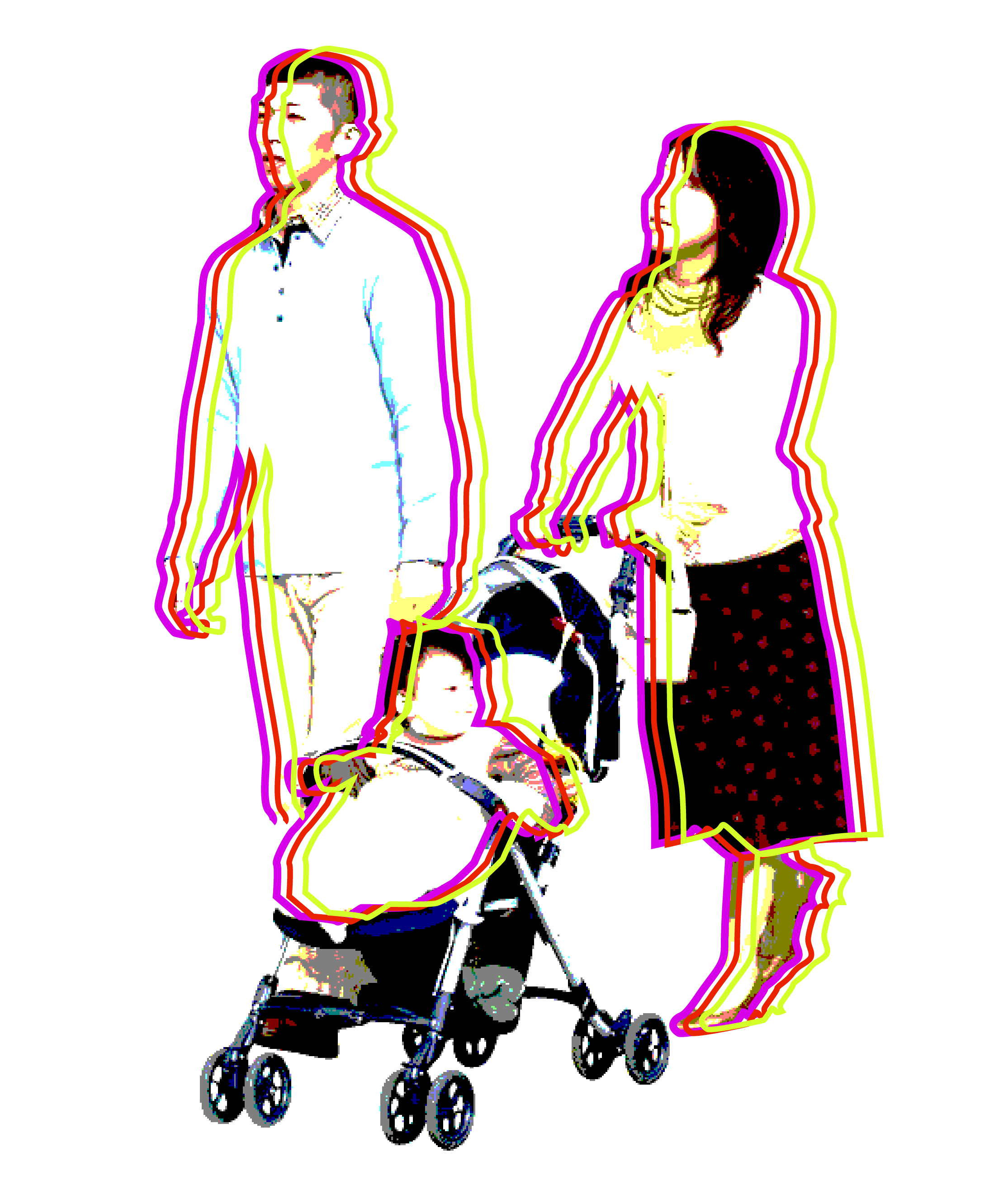
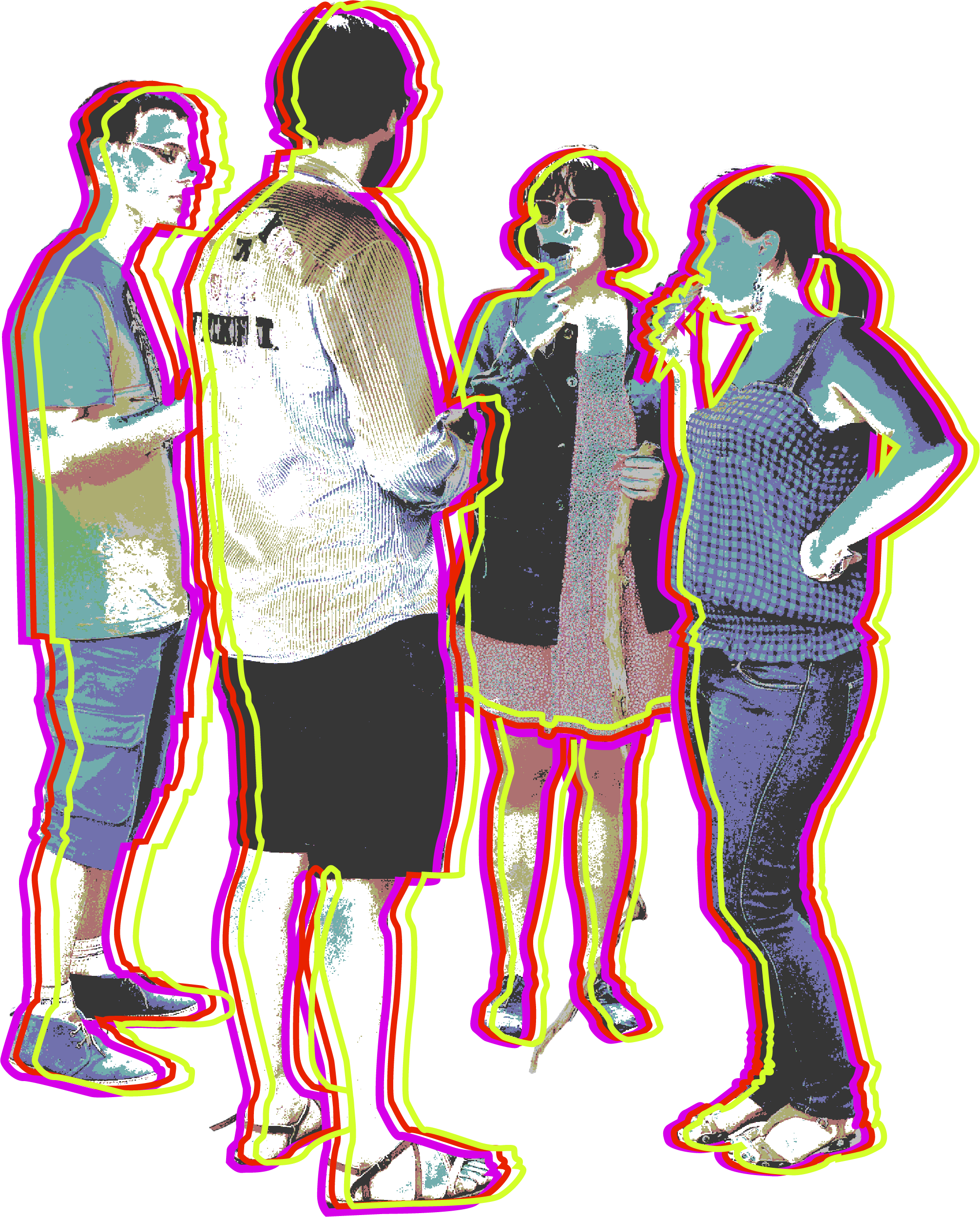

Volya Kavalskaya, Tbilisi
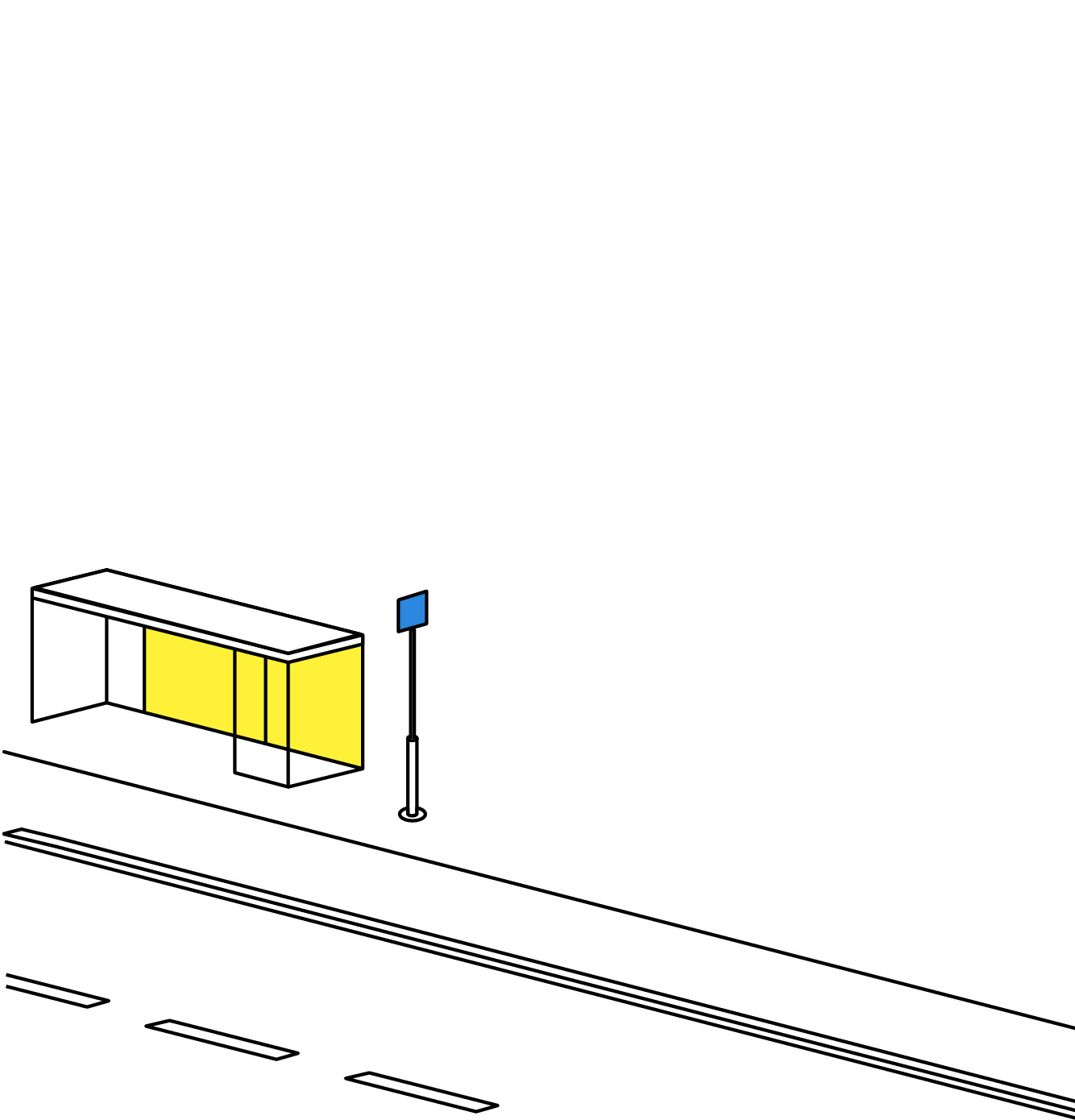
City Quest «We all belong here»
City Quest in Tbilisi featuring team-based challenges, local interaction, and cultural exploration, encouraging engagement with the urban environment and fellow city residents.



Volya Kavalskaya, Tbilisi
City Quest for Gaining Experience in Interacting with the Urban Environment, City Residents, and Each Other.
Your task is to follow the instructions, solve riddles, and complete various challenges as a team. The entire route should take approximately 60-80 minutes. There's no need to rush too much, but also remember to keep moving forward
All quest points are located within a maximum 20-minute walking distance from each other - if you find a point that fits the description but is very far away, it's the wrong point
If you don't understand where to go, you can write in the chat and ask for a hint. To do this, record an audio or video in the chat where you say a new word in Georgian - this will mean that you need our help
You can use the internet, Google Maps, or even better - ask locals for directions. And if there are locals in your team, you can also use their knowledge and learn a lot more information
Throughout your walk, as you move from one point to another, you should play city quest bingo - do it on the way to make it more fun! And, actually, it's the most important part of the quest
We also suggest you notice, remember, and share with each other facts about the places you pass. These can be historical and cultural facts or personal experiences like 'here, women sell flowers, dogs love to hang out, musicians play, this is where Olya got drunk for the first time in Tbilisi' - basically, base your observations on what you see and your personal experiences in these places. This way, you can better associate these places with memories
We'll be waiting for you at the final point - both teams will meet there to share their impressions! The winner will be the team that completes as many tasks as possible and does them faster :) Have fun!
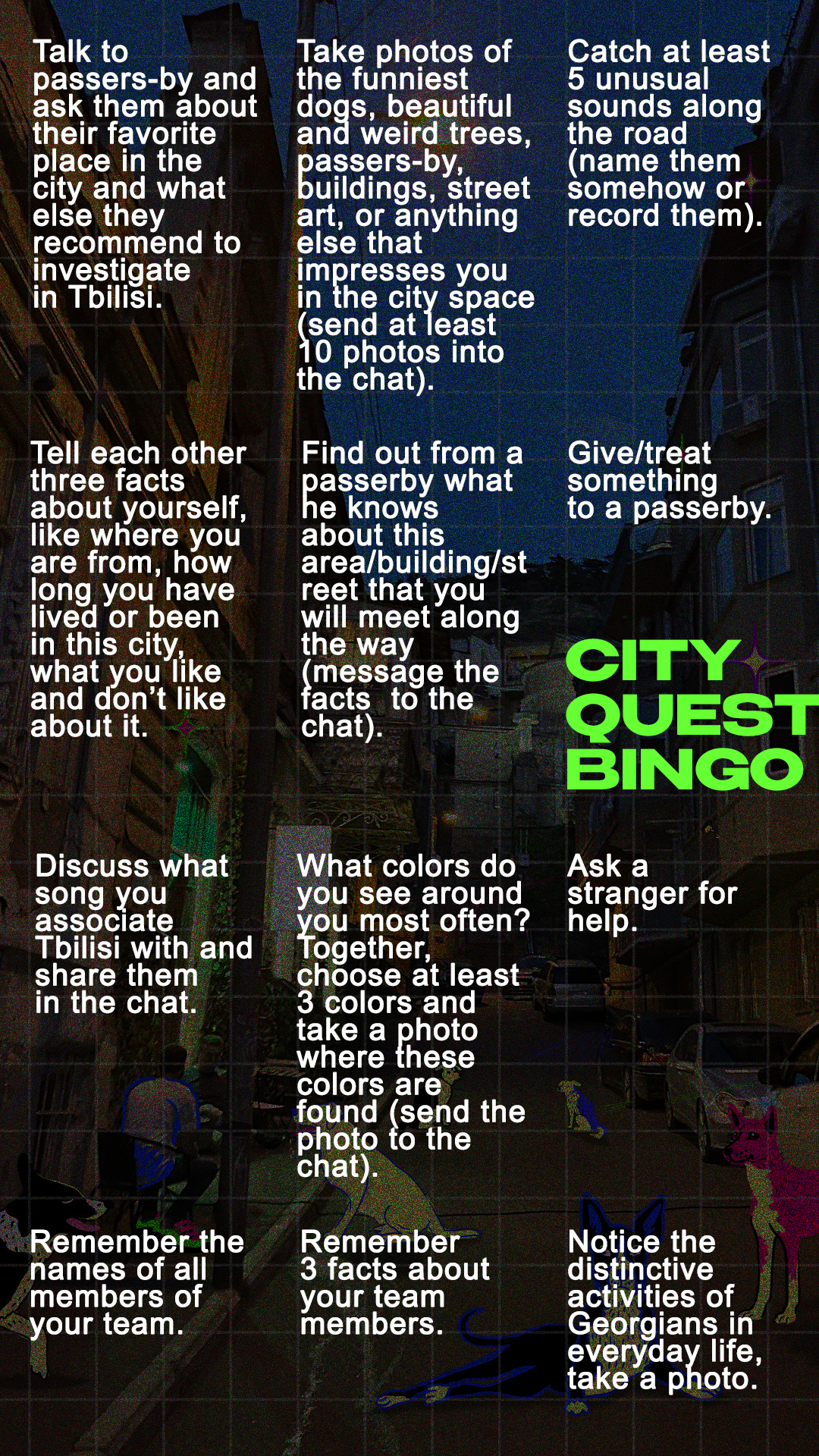
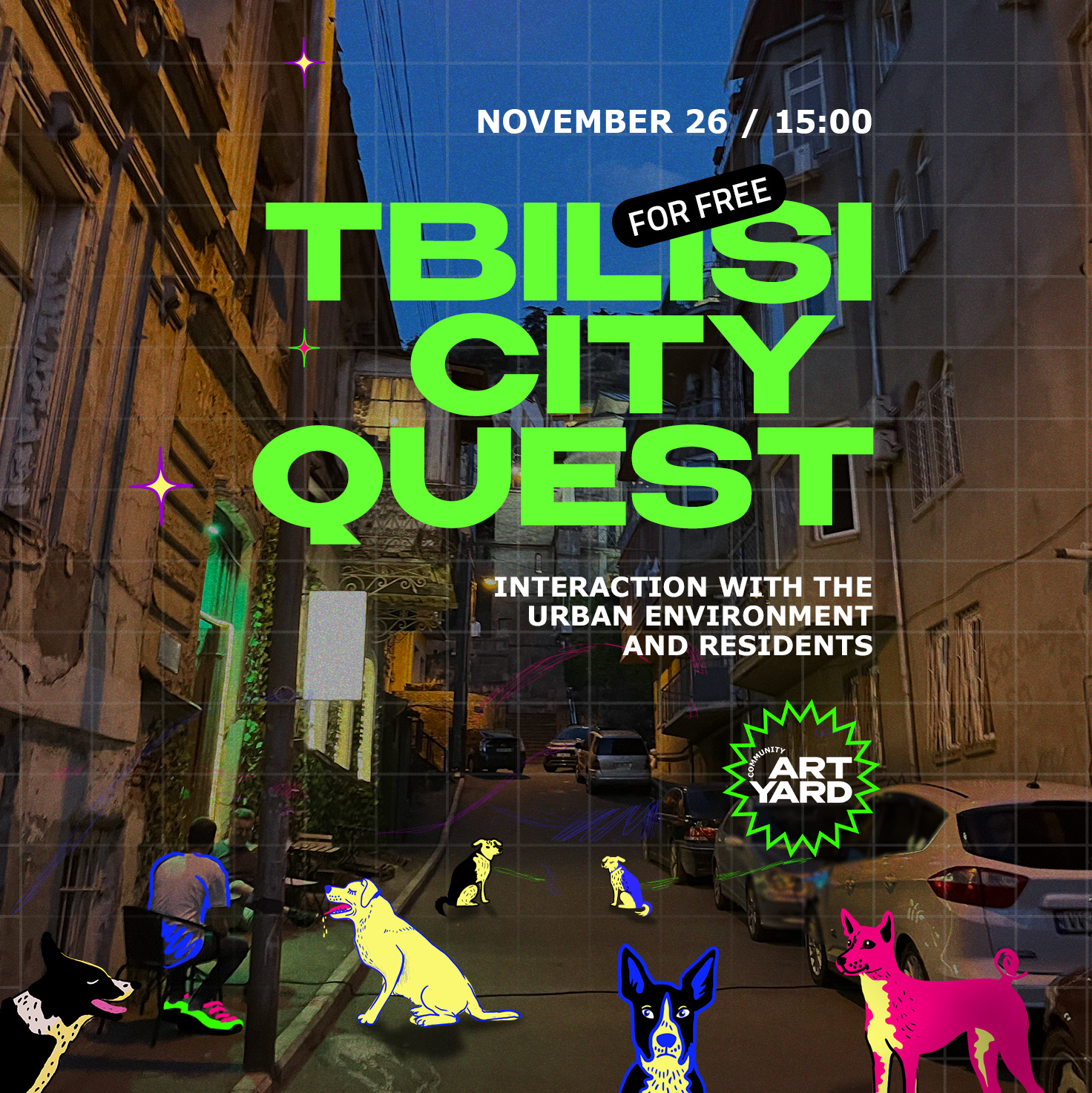
The total number of participants is 10-12. Participants need to be divided into two teams, each consisting of 5-6 people. This experience lasts for 3 hours.
After registration for the quest, all participants are divided into two chats and given a starting point.
Volya Kavalskaya, Tbilisi
The rules for the City Quest:
1.
2.
3.
5.
6.
4.
7.
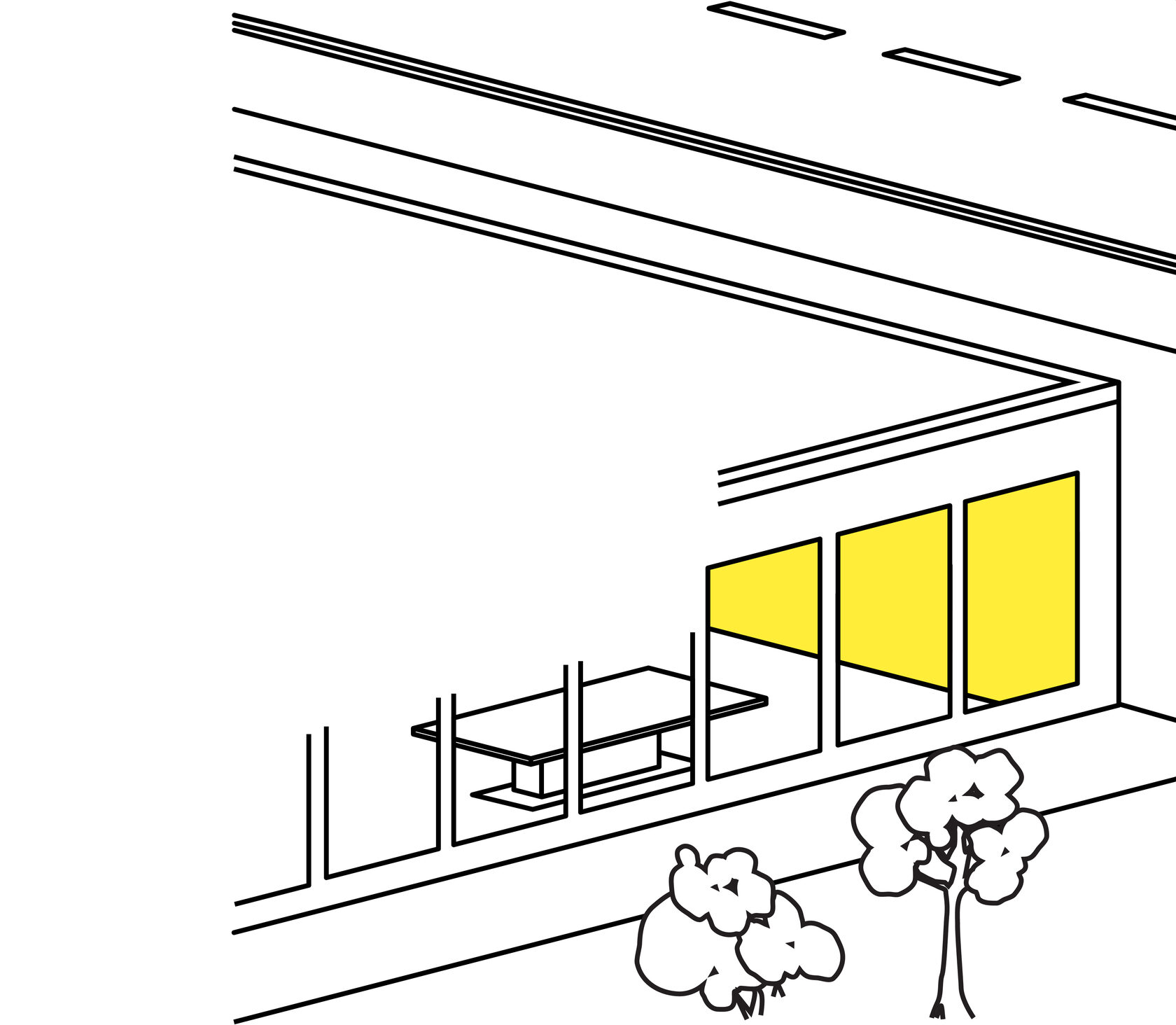

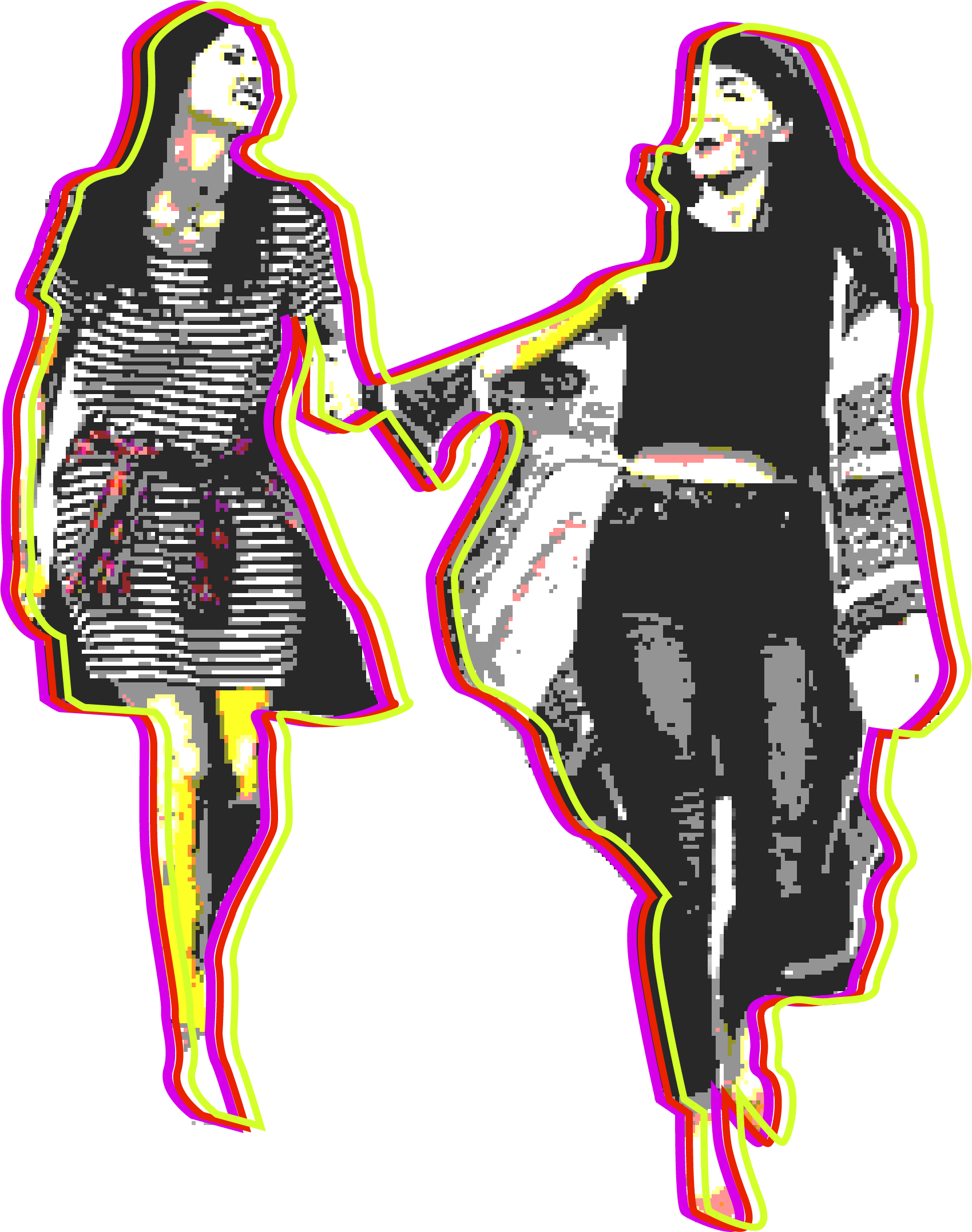
Chișinău Through Your Eyes
Teenagers from diverse migration backgrounds creating collages to express their integration experiences in Chișinău.
Cristina Bujag, Chișinău

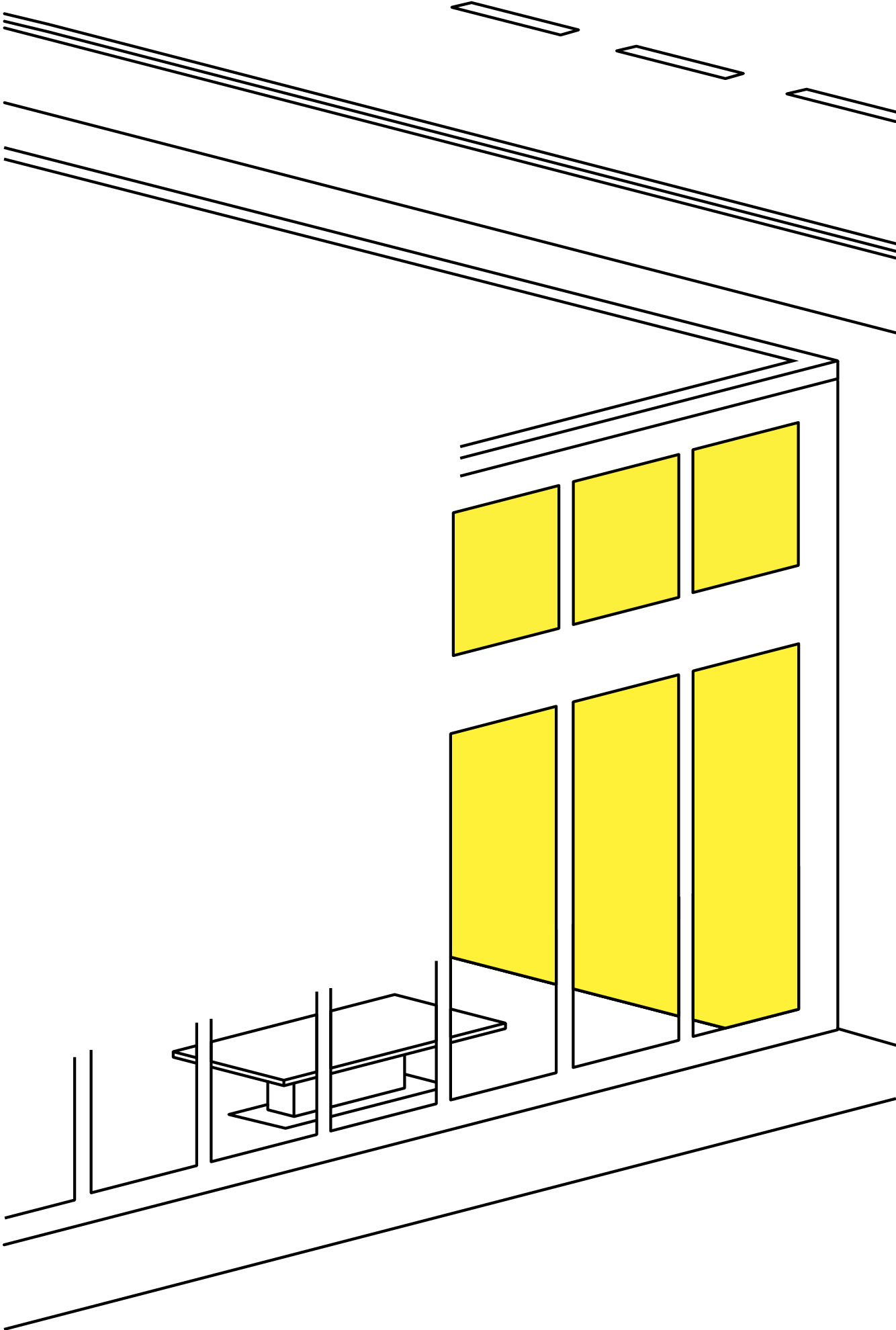
Chișinău through your eyes
Teenagers from diverse migration backgrounds creating collages to express their integration experiences in Chișinău.


Cristina Bujag, Chișinău
Project brought together teenagers from diverse migration backgrounds. It aimed to encourage them to share their experiences of adapting to Chișinău, analyzing these experiences through the concept of urban citizenship. The project focused on assessing places and communities that facilitated their integration and helped them find a sense of belonging. During discussions, participants were encouraged to create collages representing Chișinău and the elements that make it feel like home.
Chișinău Through Your Eyes
Cristina Bujag, Chișinău
To initiate this project, I reached out to the student councils of several schools. After receiving approval, we set a date for the event. In preparation, I scoured various flea markets in the city to gather materials for the collages. Two days before the event, we made an Instagram post to boost student participation.
The result was 14 unique collages, each a personal representation of Chișinău. This project exposed 14 students to concepts of urban citizenship, rights within the city, and aspects of migration integration.
The result was 14 unique collages, each a personal representation of Chișinău. This project exposed 14 students to concepts of urban citizenship, rights within the city, and aspects of migration integration.
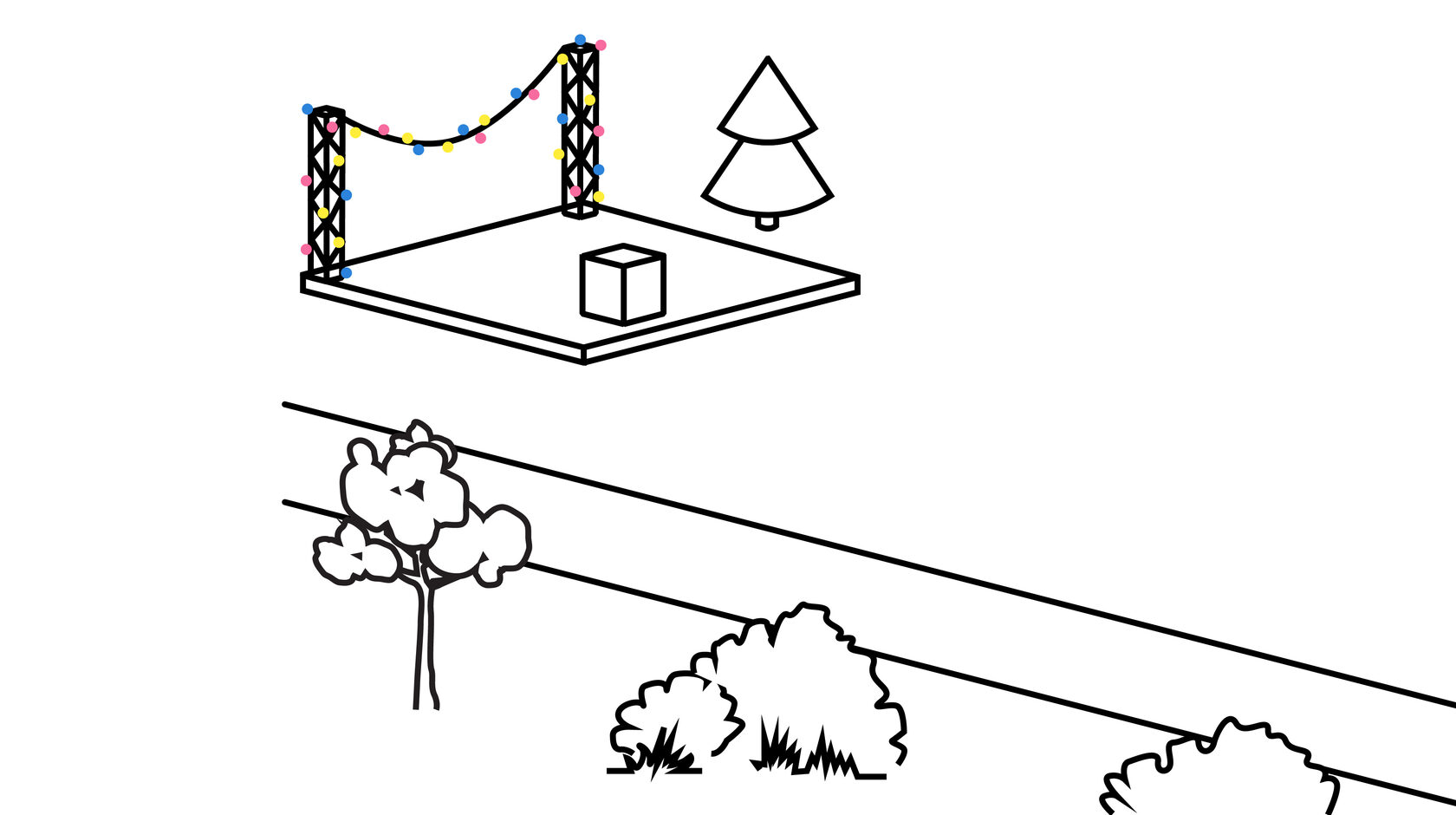
Karaoke Against Censorship
Gathering for dissidents and activists from authoritarian regimes to sing censored songs and share experiences, fostering solidarity and visibility for migrants living under censorship.
Xiao Xiao Song, Berlin
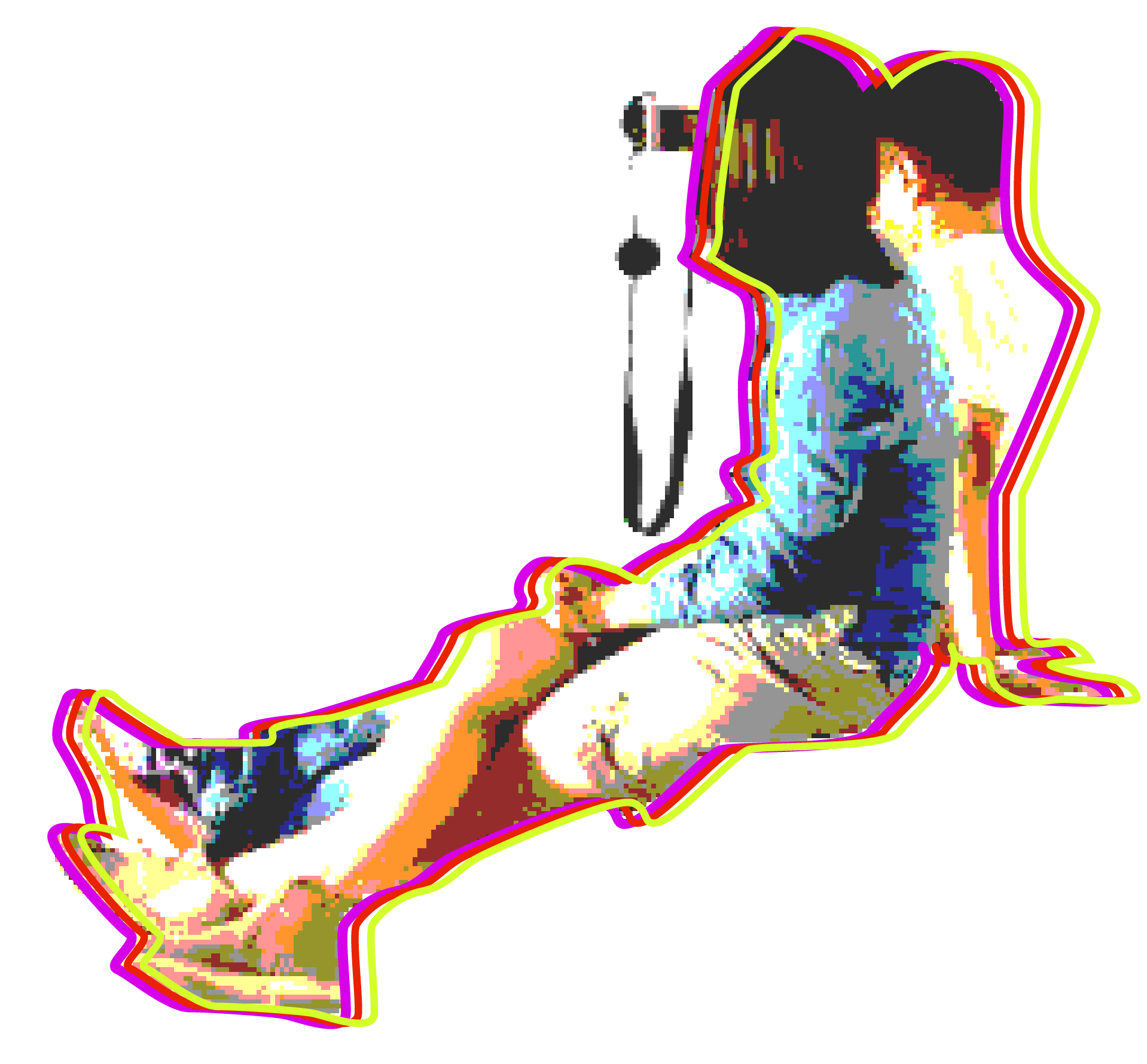

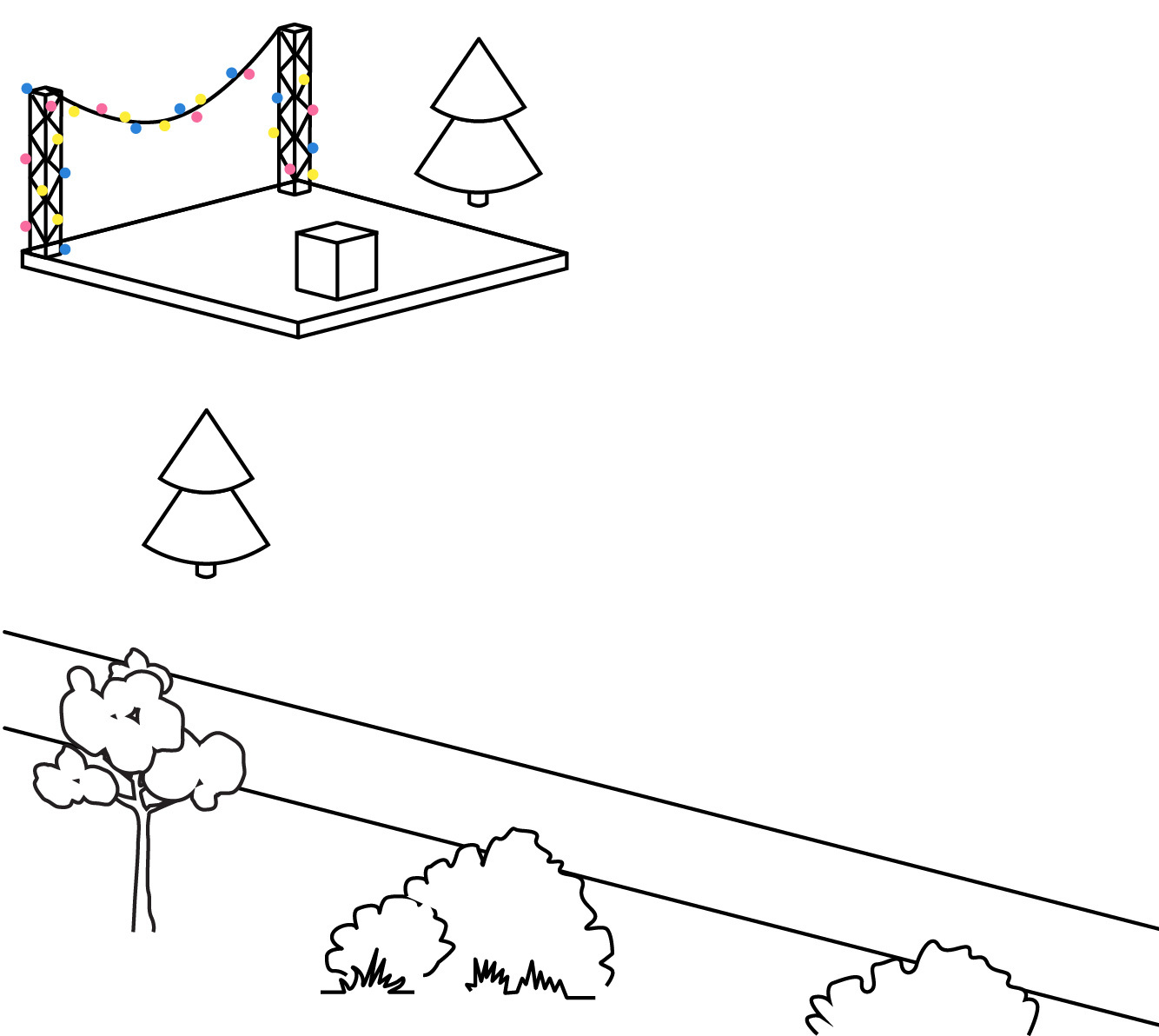
Karaoke Against Censorship
Gathering for dissidents and activists from authoritarian regimes to sing censored songs and share experiences, fostering solidarity and visibility for migrants living under censorship.

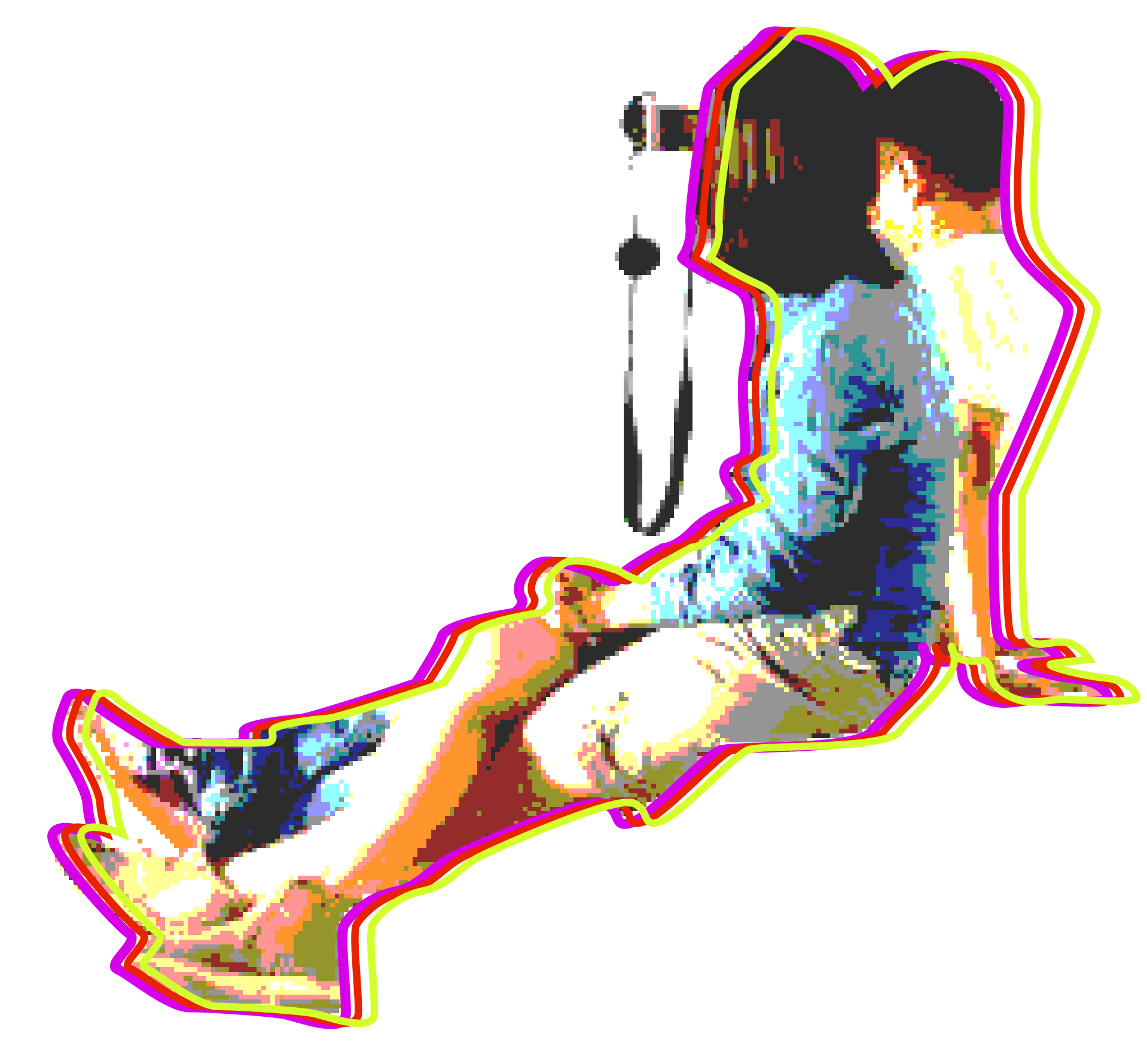
Xiao Xiao Song, Berlin
Karaoke Against Censorship
Xiao Xiao Song, Berlin
Karaoke Against Censorship ✊ is an open karaoke event that invites dissidents, activists, and citizens who have lived under authoritarian regimes, or allies who have families and friends impacted by authoritarian regimes to curate a list of songs together: we invite you to submit songs that have been censored now or in the past, or depicting revolutionary struggles and protest movements in different localities, we encourage everyone to sing in our languages without censorship in Berlin together.
As an open karaoke format, Karaoke Against Censorship wishes to promote productive urban friction through collective singing and dialoguing in open spaces. By singing together different censored songs, the event aims to create visibility for the struggles of migrants who have lived or are still now living under censorship, and create space to foster transnational solidarity among dissidents from different contexts and backgrounds.
As an open karaoke format, Karaoke Against Censorship wishes to promote productive urban friction through collective singing and dialoguing in open spaces. By singing together different censored songs, the event aims to create visibility for the struggles of migrants who have lived or are still now living under censorship, and create space to foster transnational solidarity among dissidents from different contexts and backgrounds.
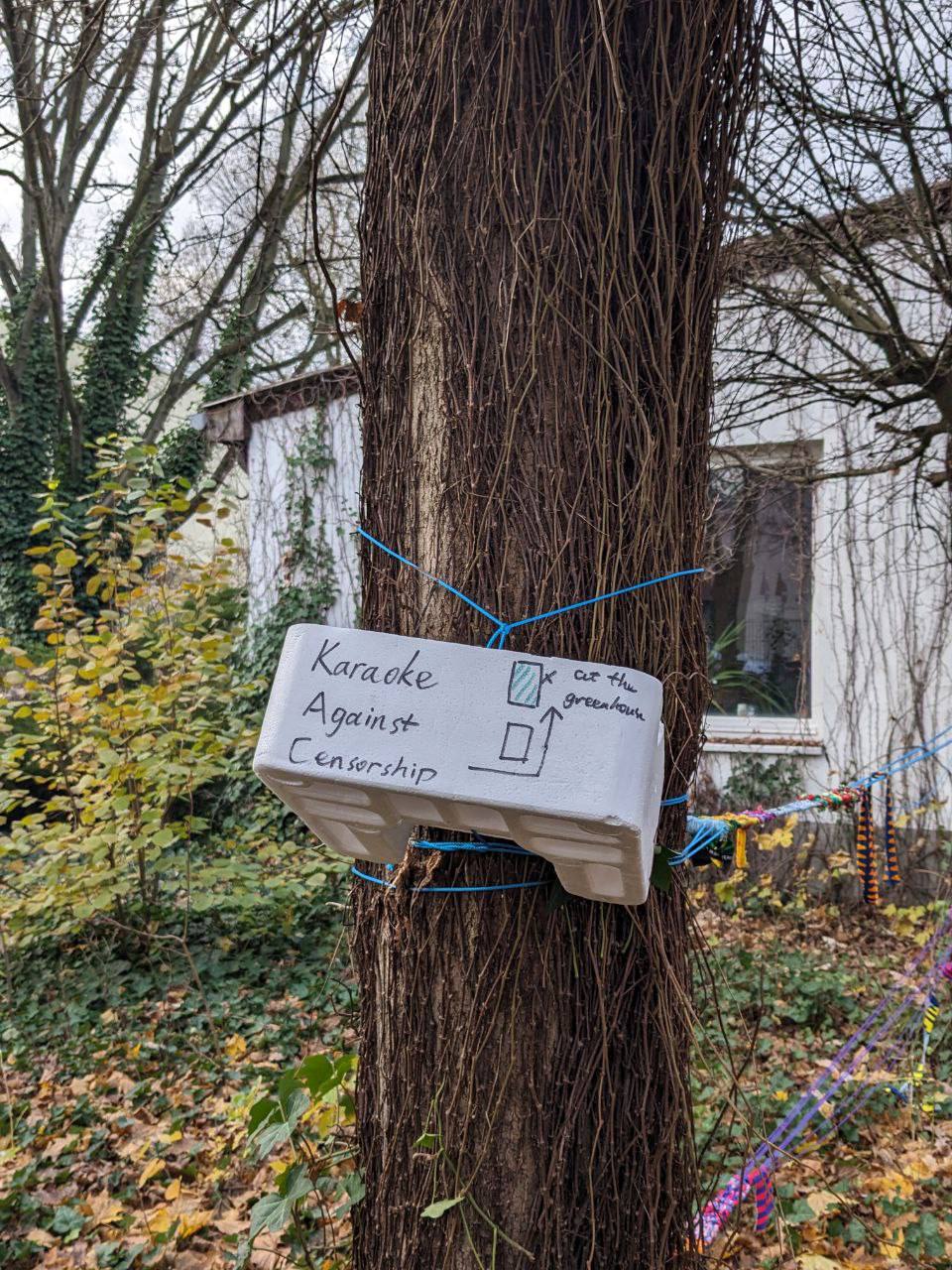
Karaoke Against Censorship
As the major cultural and political hub in Germany, many of Berlin’s new citizens and residents are migrants, refugees, asylum seekers, diaspora, and exiled populations who are forced to migrate because of their political activities and engagements back home. However, because of the different political organizing culture, the difficulties and barriers people might experience in a new country, and limited capacities and resources, many do not feel the same level of agency or even have the opportunity to keep voicing up for the political causes we care about back home, here in Berlin. Dissident and activist communities with migration backgrounds are also often segregated from each other and do not have many possibilities or spaces to meet and find out where our common struggles are, and how can we support each other and build solidarity.
One of our common struggles both back home and here is censorship: as one of the most practiced tools for repression, nowadays even enhanced by transnational trades and cooperation in surveillance technology, the tactics and strategies for censorship are evolving continuously, and it is one of the common struggles that we know, stand in our way of practicing our citizenship, and an important topic for us to connect and form alliances. Censorship also exists beyond authoritarian regimes, in a rather stable and democratic society like Germany, the disparity in socioeconomic capitals for marginalized communities such as different migrant and dissident groups also makes it more difficult for the voices of these communities to be heard by the wider public.
Therefore, Karaoke Against Censorship is both an event that aims to connect these communities and provide space for them to meet and exchange ideas and regain a sense of political agency, but also an event that aims to get the voices of the censored and muted to be heard again, by the wider public in the urban space.
One of our common struggles both back home and here is censorship: as one of the most practiced tools for repression, nowadays even enhanced by transnational trades and cooperation in surveillance technology, the tactics and strategies for censorship are evolving continuously, and it is one of the common struggles that we know, stand in our way of practicing our citizenship, and an important topic for us to connect and form alliances. Censorship also exists beyond authoritarian regimes, in a rather stable and democratic society like Germany, the disparity in socioeconomic capitals for marginalized communities such as different migrant and dissident groups also makes it more difficult for the voices of these communities to be heard by the wider public.
Therefore, Karaoke Against Censorship is both an event that aims to connect these communities and provide space for them to meet and exchange ideas and regain a sense of political agency, but also an event that aims to get the voices of the censored and muted to be heard again, by the wider public in the urban space.
Location:
Out of the courtesy of our friend Omar, we have the privilege of hosting the event at Baynatna, the Arabic Library in Berlin.
The Arabic word baynatna means „between us". This Arabic-language library is in ZLB (Berlin Central & Regional Library ) in the heart of Berlin. With an average of 350 visitors per month (2019) and over 3,500 books, the library serves a diverse and lively community. The library holds a wide and growing selection of books and magazines in Arabic. As a venue, Baynatna offers literary readings, musical evenings artistic workshops, events and workshops for children and youngsters, as well as a variety of socio-political events.
Despite that the original idea was an urban and open karaoke at one of Berlin's public parks, we decided to change the location to a semi-public space due to the weather conditions. The event was hosted in the greenhouse of Baynatna. In the time that Arabic voices are systemically repressed and censored in many of Germany's cultural institutions, this is also a moment of solidarity between us.
The Arabic word baynatna means „between us". This Arabic-language library is in ZLB (Berlin Central & Regional Library ) in the heart of Berlin. With an average of 350 visitors per month (2019) and over 3,500 books, the library serves a diverse and lively community. The library holds a wide and growing selection of books and magazines in Arabic. As a venue, Baynatna offers literary readings, musical evenings artistic workshops, events and workshops for children and youngsters, as well as a variety of socio-political events.
Despite that the original idea was an urban and open karaoke at one of Berlin's public parks, we decided to change the location to a semi-public space due to the weather conditions. The event was hosted in the greenhouse of Baynatna. In the time that Arabic voices are systemically repressed and censored in many of Germany's cultural institutions, this is also a moment of solidarity between us.
What happened during the Event?
The event features two parts: submitted songs, and open-mic singings. The event was not openly advertised but only advertised through personal channels, considering different security cultures in different migrant and dissident communities. The invitations are mostly spread through activists and migrants circles and groups.
Due to the weather, mulled wine, warm fruit punch, snacks, and fruits are provided, a speaker, a microphone, many welcoming faces, and a caring environment are all we need for the Karaoke to happen.
The event lasted for a few hours, and songs in German, Arabic, Mandarin, English, Japanese, and many other languages were submitted and featured. We exchange stories about migration, political memories, activism strategies, and personal identities in different contexts. However, we do expect better weather and better support for language barriers can make the event better.
Due to the weather, mulled wine, warm fruit punch, snacks, and fruits are provided, a speaker, a microphone, many welcoming faces, and a caring environment are all we need for the Karaoke to happen.
The event lasted for a few hours, and songs in German, Arabic, Mandarin, English, Japanese, and many other languages were submitted and featured. We exchange stories about migration, political memories, activism strategies, and personal identities in different contexts. However, we do expect better weather and better support for language barriers can make the event better.
What's Next?
The format is interesting and fun, and we believe that this is a format that can be easily replicated and spread as a way to foster wider solidarity and understanding amongst diverse communities, and also to practice our urban citizenship as the newcomers in a new political environment. Hopefully, in the future, more events can be hosted in parks and public spaces during better weather conditions.
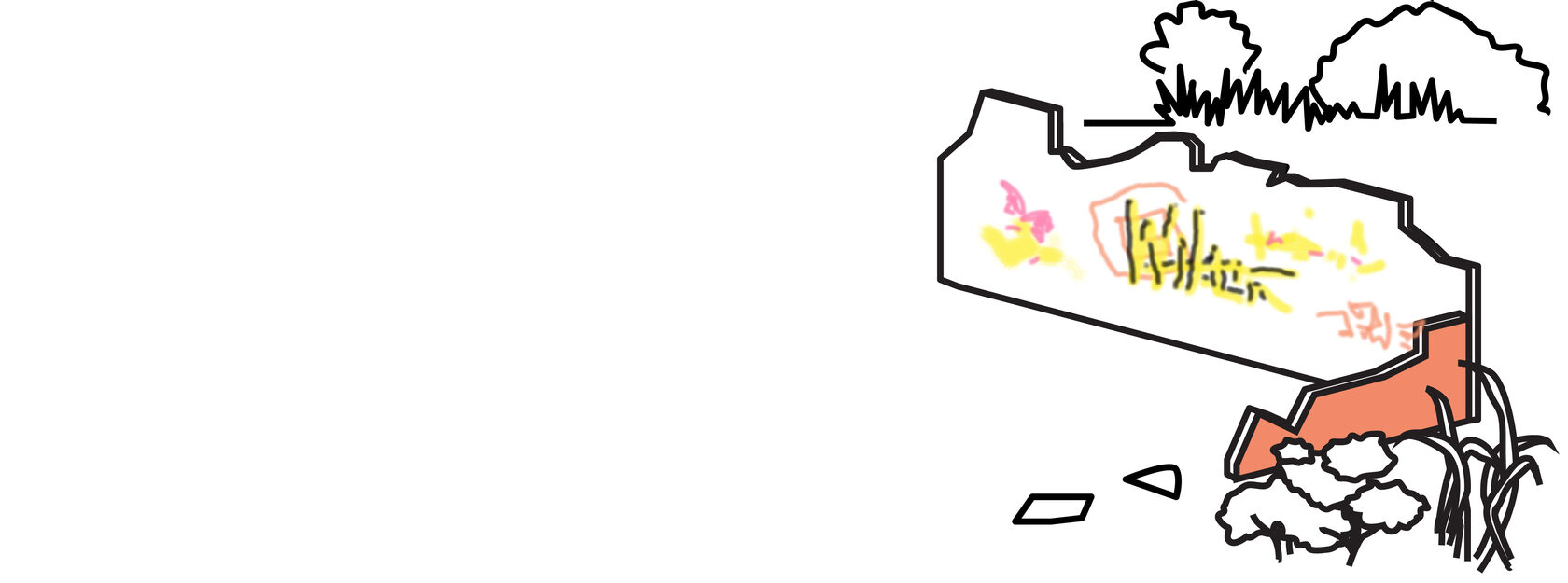
The Sustainable Solutions Center
Enhancing relaxation spaces and fostering belonging for newcomers.
Sopho Gokadze, Tbilisi


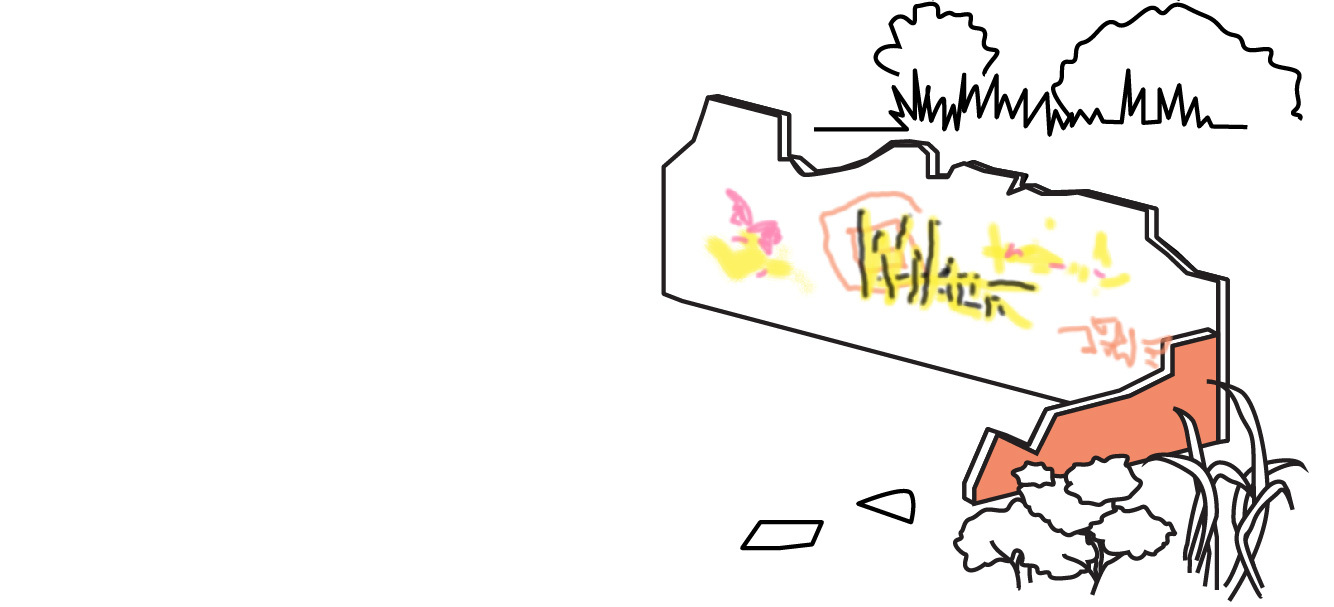
The Sustainable Solutions Center
Enhancing relaxation spaces and fostering belonging for newcomers.


Sopho Gokadze, Tbilisi
The Sustainable Solutions Center
Sopho Gokadze, Tbilisi
The aim of this initiative was to create new areas for relaxation and promote a sense of belonging among newcomers. We are committed to continuing this work and helping people discover new places to unwind and feel at home.
As a result, we had the opportunity to add some exciting discoveries to Google Maps.
As a result, we had the opportunity to add some exciting discoveries to Google Maps.
The first place
(Adress: 41 Gujareti Street)
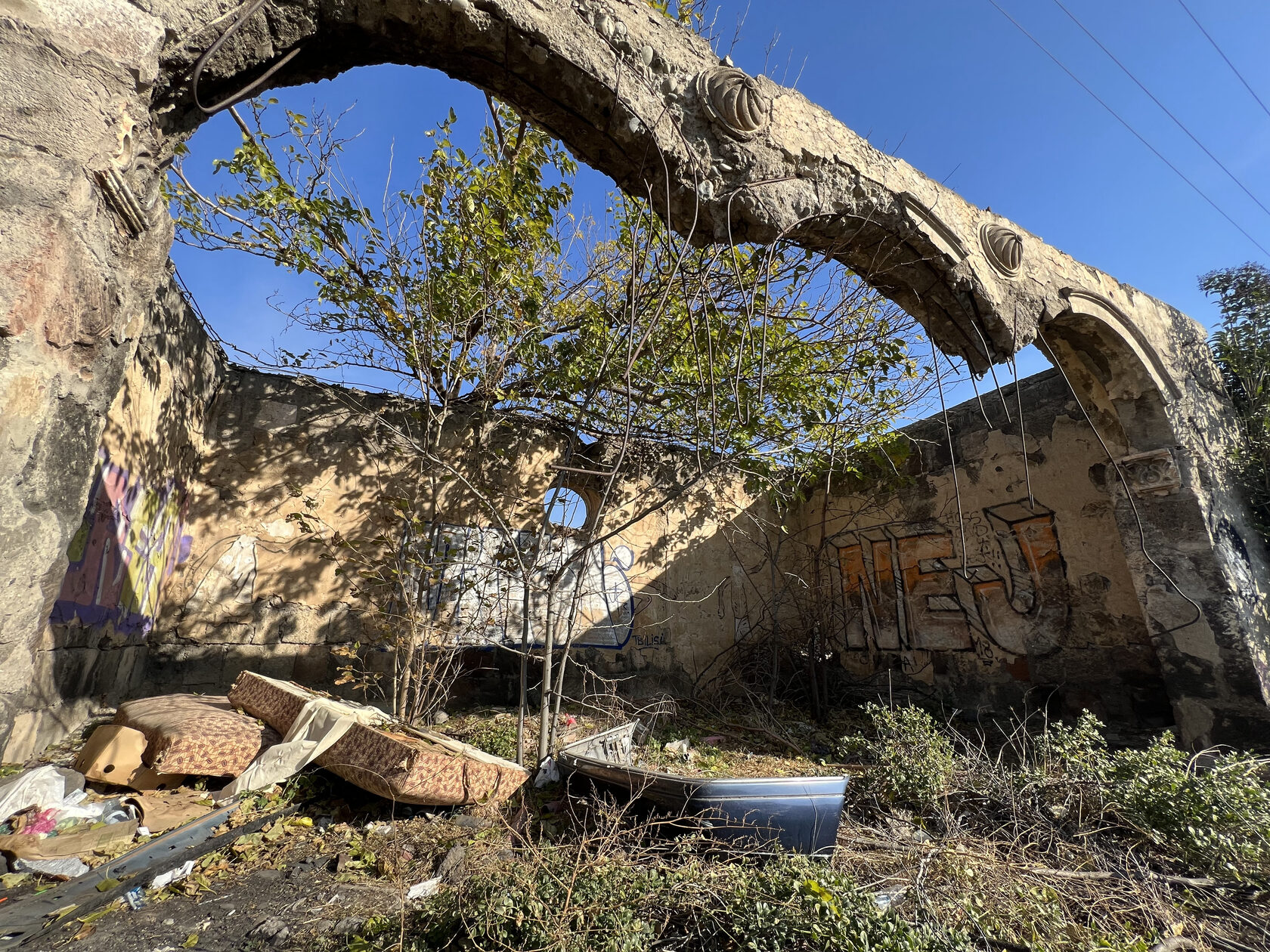
The First place we marked is a unique graffiti spot. The damaged building provided a great opportunity for artists to showcase their skills and create a place for train watchers to enjoy.
The second place
(Adress: Dedoflistskaro Turn I)
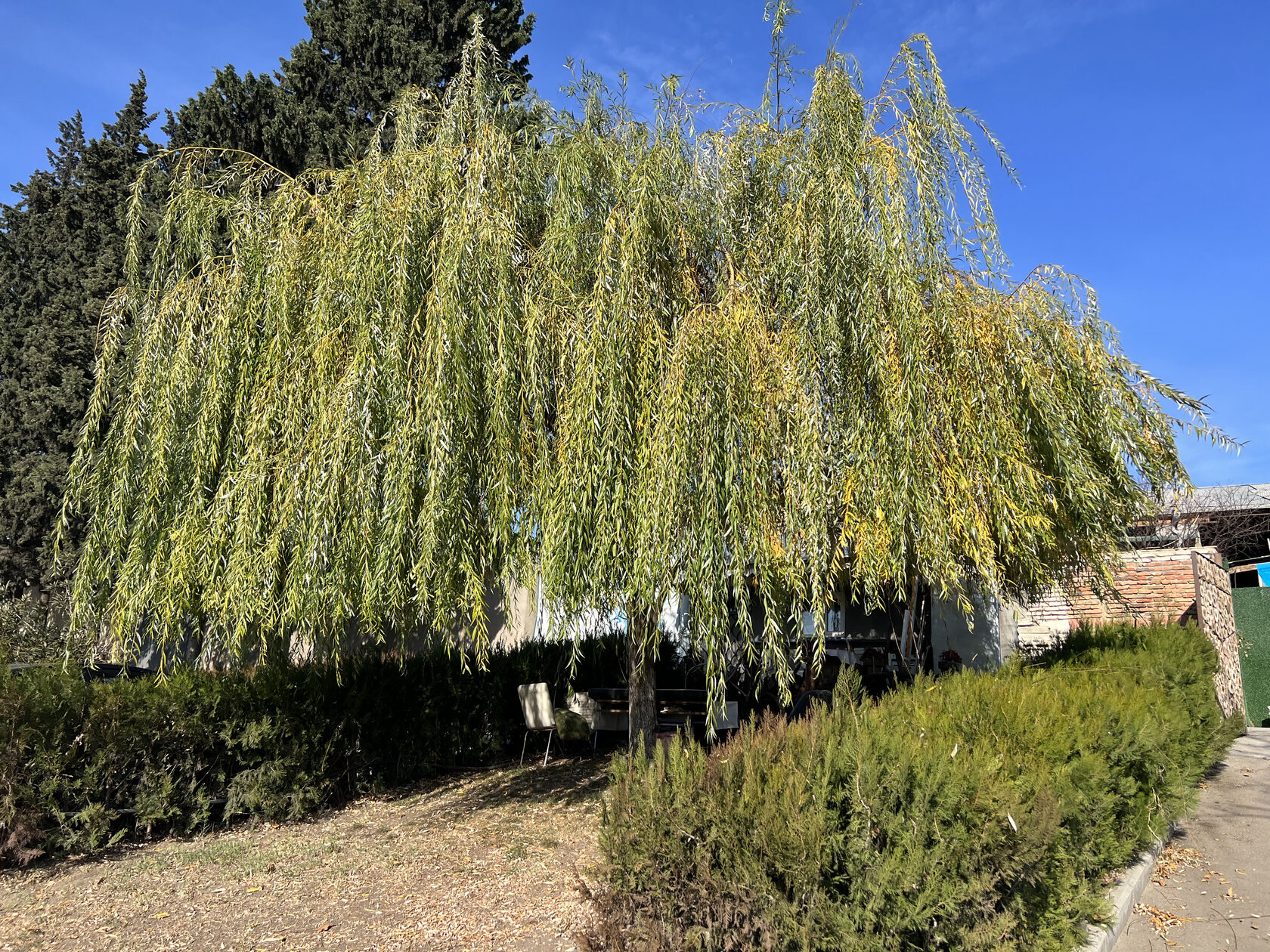
The second place we marked is a hidden gem for those searching for Big Willow. We labeled it as a park, as it’s a beautiful and peaceful place to visit.
The third place
(Adress: Shorapani street)
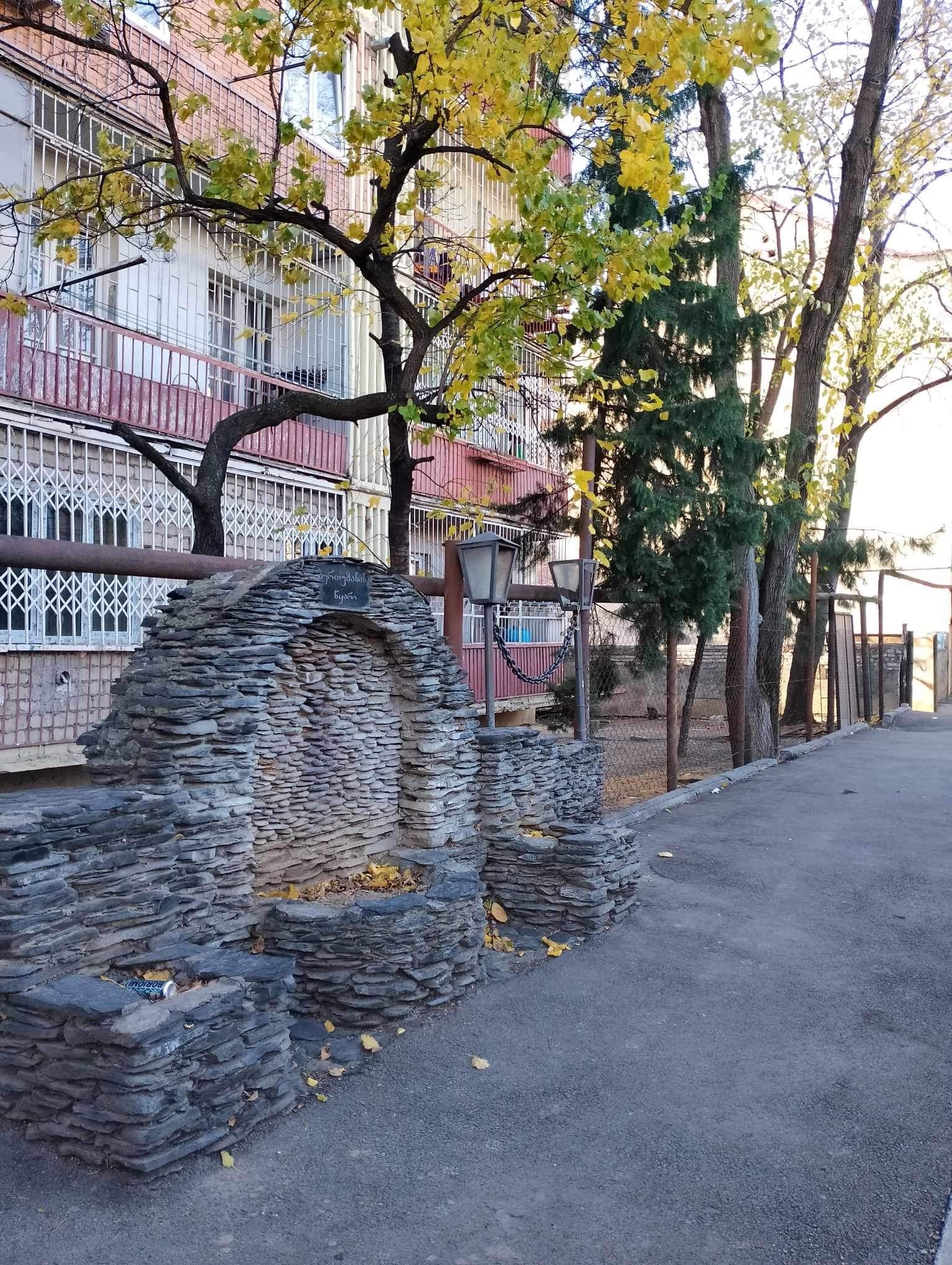
The third place, we marked as a park. this place was a popular gathering spot for children during my childhood. We hope that someday these places will be restored to their former glory so that everyone can enjoy them.
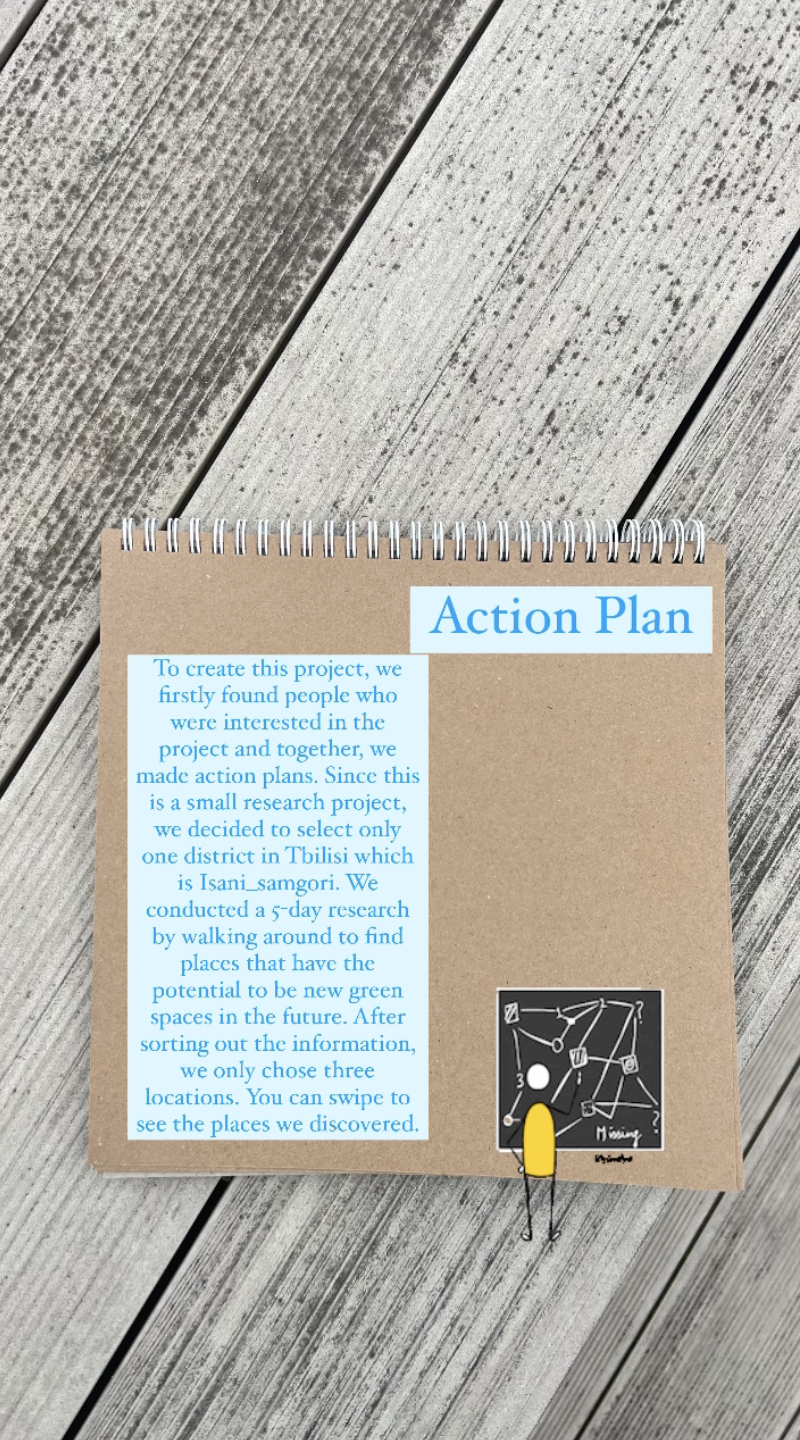
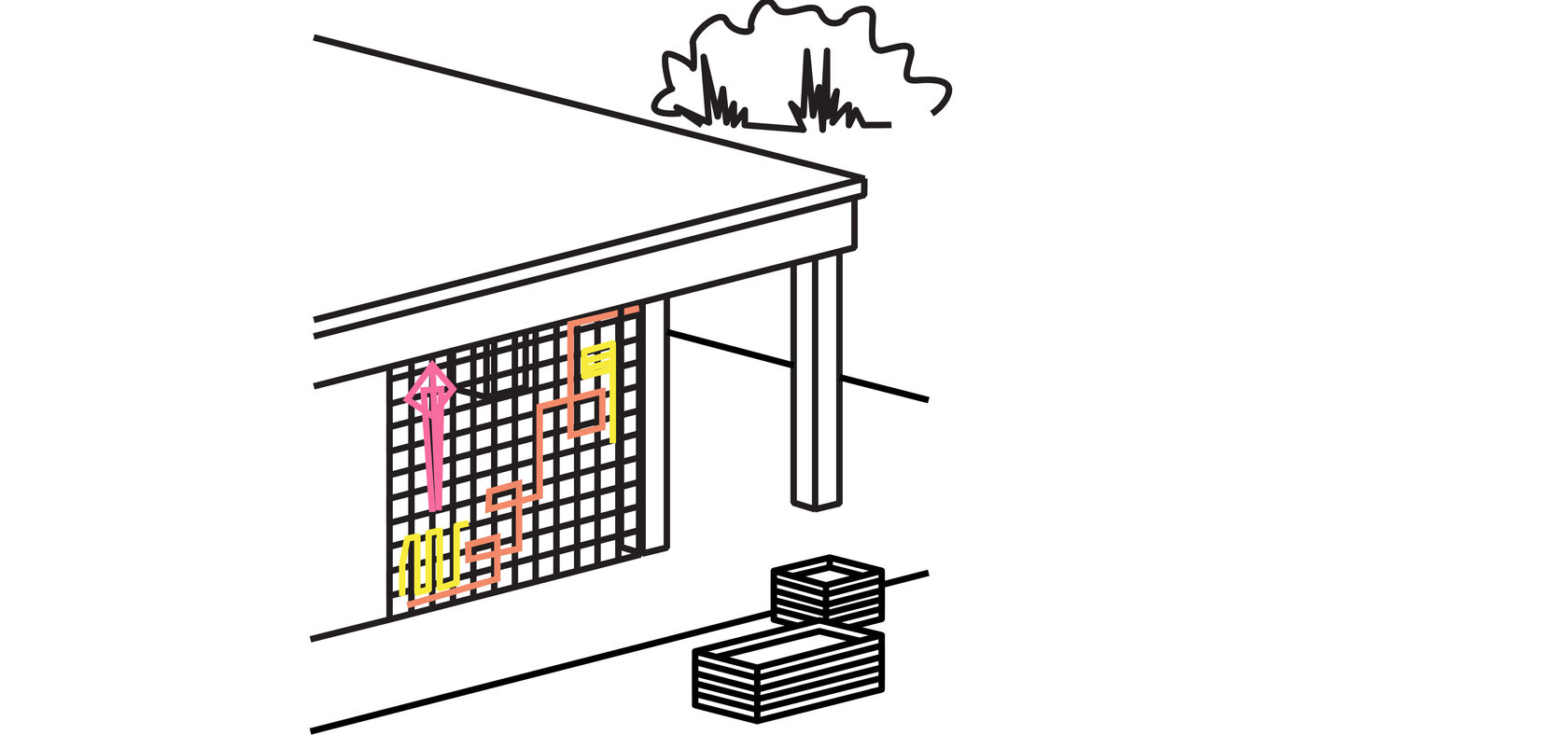
A Feeling of a City
Interactive art event where participants use threads to create an installation reflecting their experiences and feelings about the city, fostering community engagement and shared expression.
Patricia Pinheiro, Dessau and Safa Alhmydawy, Berlin

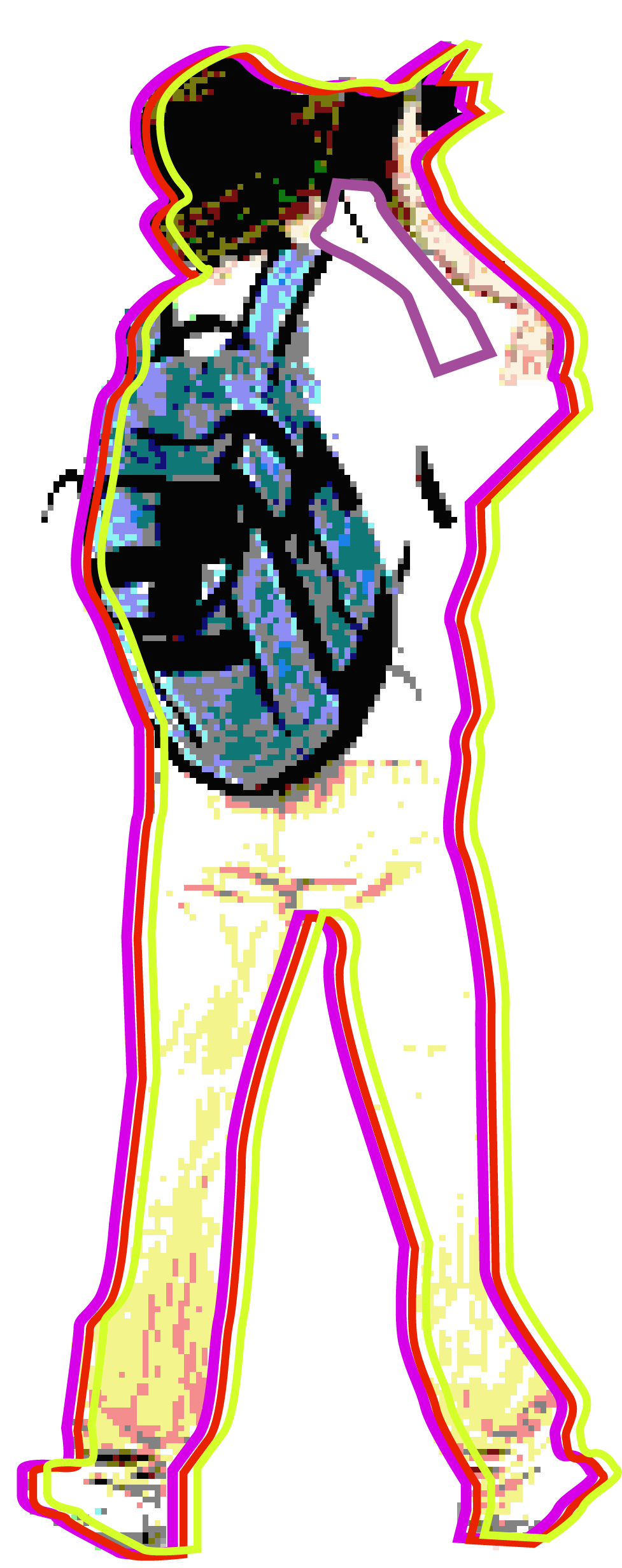
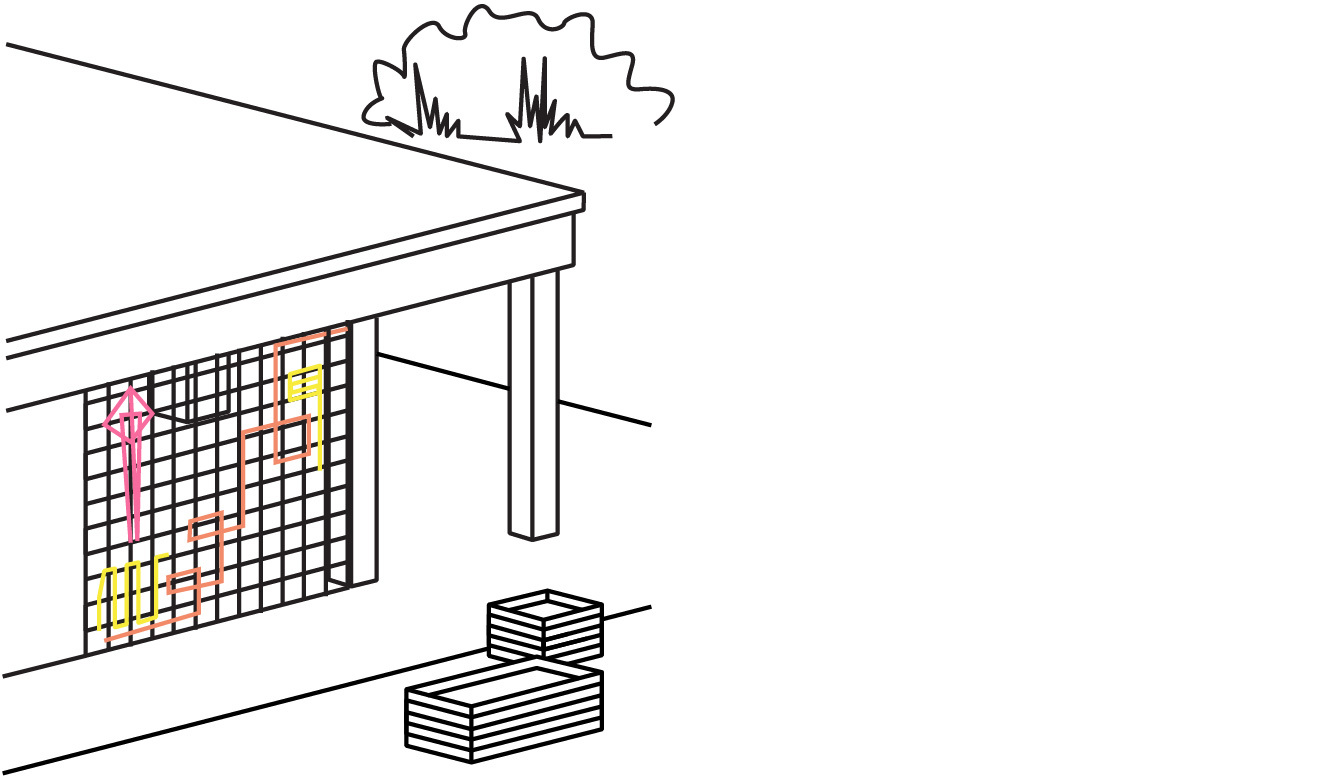
A Feeling of a City
Interactive art event where participants use threads to create an installation reflecting their experiences and feelings about the city, fostering community engagement and shared expression.

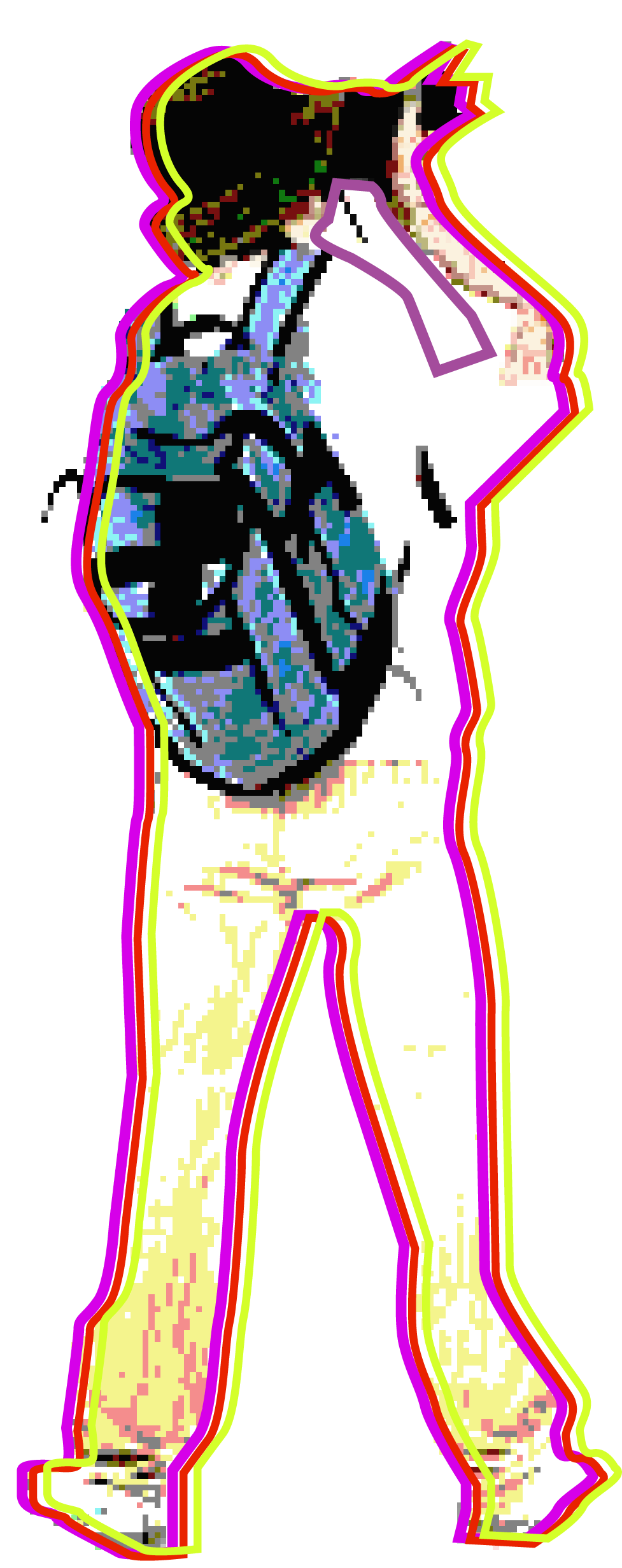
Patricia Pinheiro, Dessau and Safa Alhmydawy, Berlin
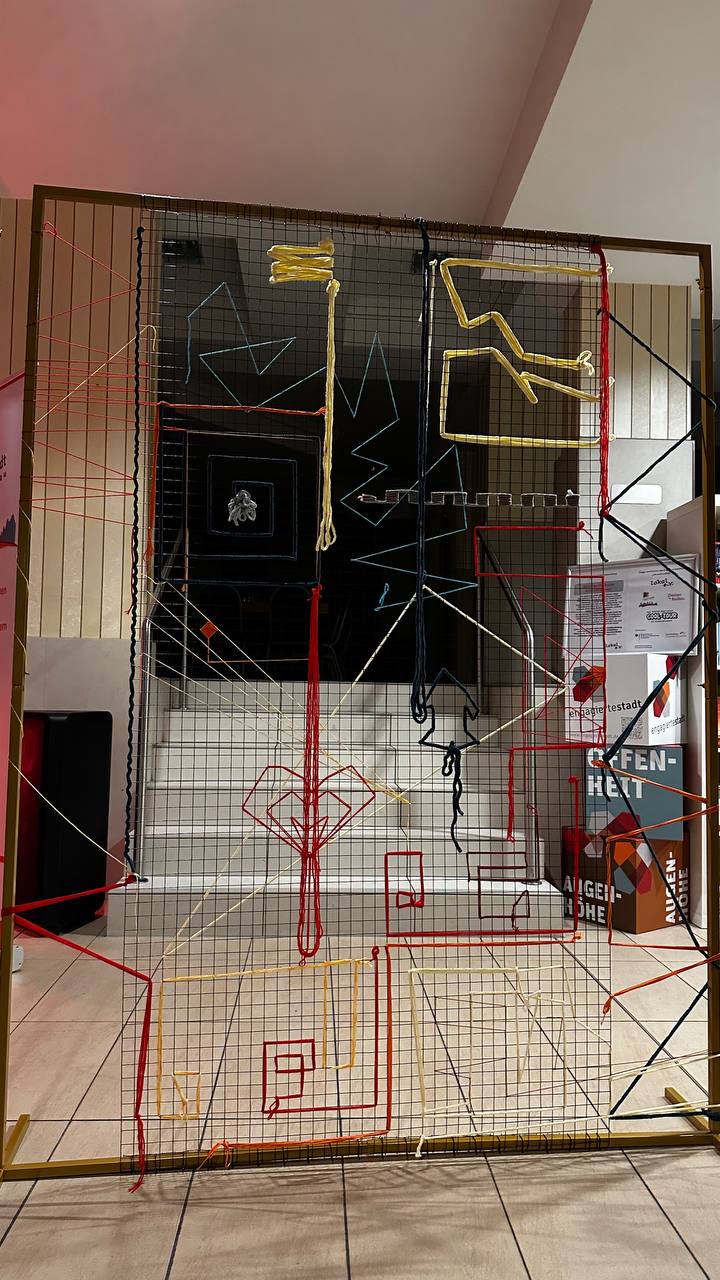
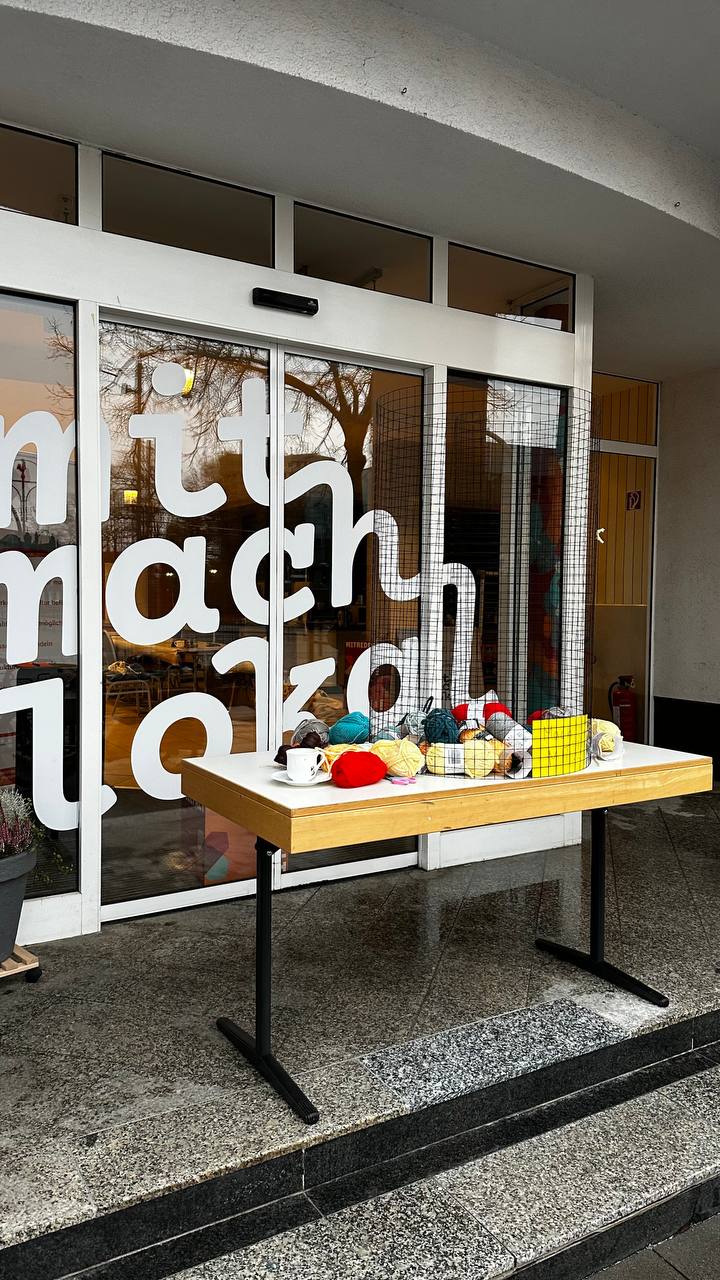
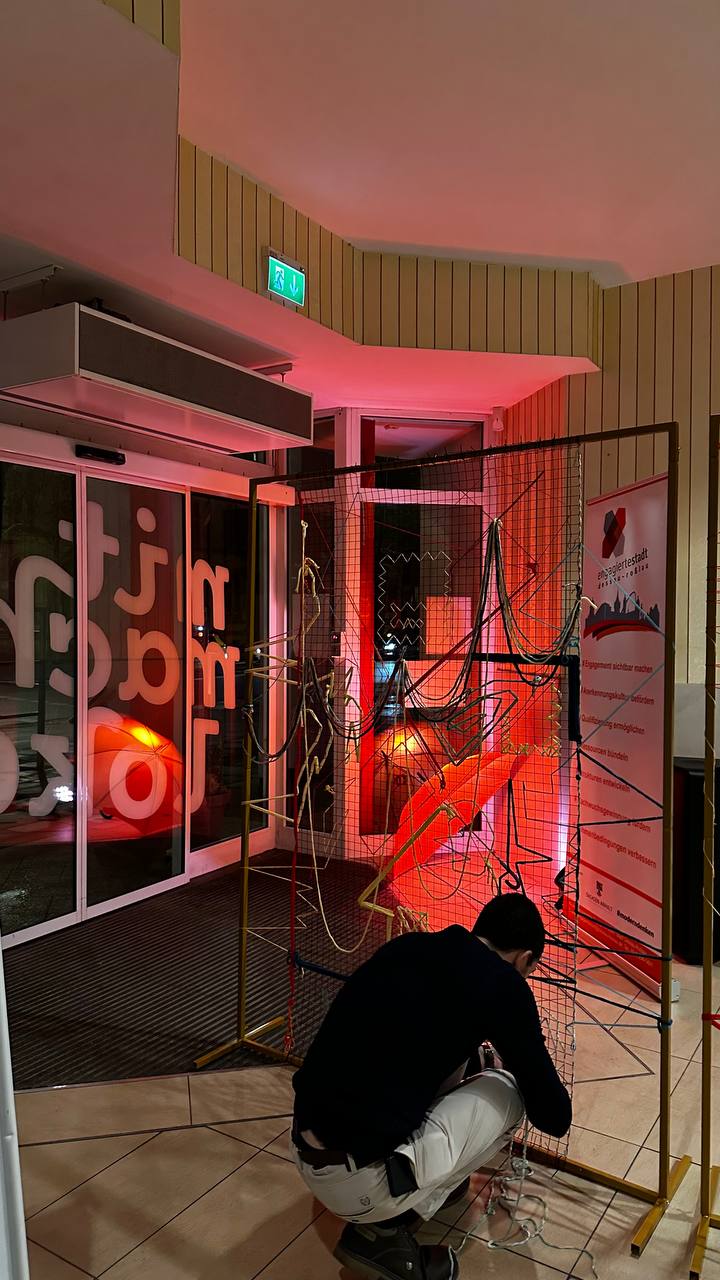
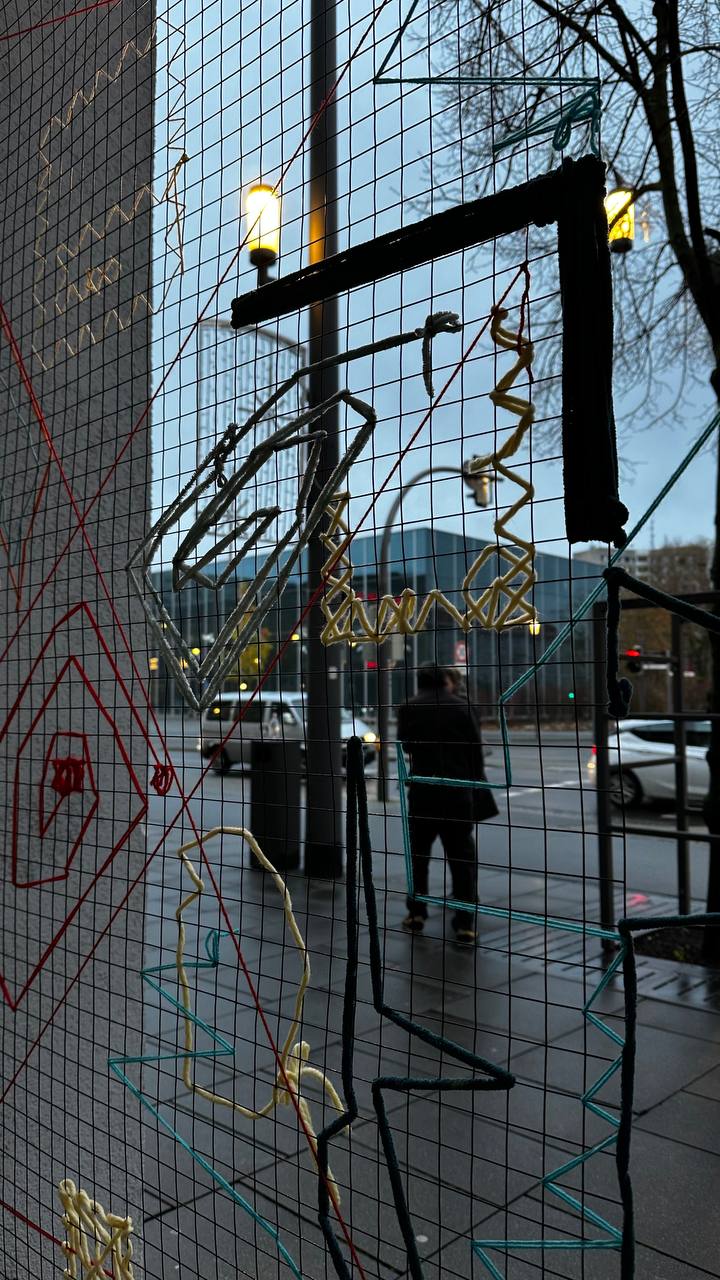
A Feeling of a City
Patricia Pinheiro, Dessau and Safa Alhmydawy, Berlin
An interactive art event where people come together in a vibrant tapestry of expression. Participants will play with threads, using them to craft a unique art installation that explores the colours and textures of their thoughts and feelings about their experiences in this city. Join us on this creative journey as we weave together a visual dialogue, unravelling the beauty found in the diverse threads of our shared experiences.
To create an art installation, we built a frame where people could easily participate with threads. As Dessau is considered an engaged city, we used a colour palette that could represent the city. The frame was constructed at a place called MIT.mach.lokal, which also aims to bring people together to do something for the city. We built the frames in a shape that can stay on the arcade of the place for an unlimited time, allowing people to continue to participate. To respect the theme, we asked people (both those who were present and those on the street) to represent their presence in the city in a simple way. This could be choosing a colour that represented that same feeling, or just a shape or how much space they were taking.
We are really happy with the results we achieved. It was a snowy day, so there were not many people on the streets, and some of those who said they would come didn’t. But we managed to convince those who were just passing by to stop, have a talk, and then participate. In little time, we had people who had never met before sharing their experiences in the city, excited to take part. Many older people shared how they felt isolated and expressed how nice it was to participate in something they could actually do, knowing that they had left something for the city.
To create an art installation, we built a frame where people could easily participate with threads. As Dessau is considered an engaged city, we used a colour palette that could represent the city. The frame was constructed at a place called MIT.mach.lokal, which also aims to bring people together to do something for the city. We built the frames in a shape that can stay on the arcade of the place for an unlimited time, allowing people to continue to participate. To respect the theme, we asked people (both those who were present and those on the street) to represent their presence in the city in a simple way. This could be choosing a colour that represented that same feeling, or just a shape or how much space they were taking.
We are really happy with the results we achieved. It was a snowy day, so there were not many people on the streets, and some of those who said they would come didn’t. But we managed to convince those who were just passing by to stop, have a talk, and then participate. In little time, we had people who had never met before sharing their experiences in the city, excited to take part. Many older people shared how they felt isolated and expressed how nice it was to participate in something they could actually do, knowing that they had left something for the city.

Collective Placemaking Through Permaculture
Empowering communities to create sustainable, green spaces in urban areas, with a focus on inclusivity and environmental resilience.
Lilia Nenescu, Arcadie Botnaru, Alexandru Macrinici and Valentin Botezatu, Chișinău


Collective Placemaking Through Permaculture
Empowering communities to create sustainable, green spaces in urban areas, with a focus on inclusivity and environmental resilience.


Lilia Nenescu, Arcadie Botnaru, Alexandru Macrinici and Valentin Botezatu, Chișinău

Collective Placemaking Through Permaculture
Lilia Nenescu, Arcadie Botnaru, Alexandru Macrinici and Valentin Botezatu, Chisinau
There are many ways and tools citizens can use to reclaim their right to the city, one of which is urban gardening. It can be practiced with little prior knowledge and minimum resources. It is widely used to engage people, to stimulate social cohesion, to increase the sense of belonging, to activate spaces, to reclaim abandoned spaces, to create community based places and to increase the level of citizens participation in city governance.
Although gardening can be a powerful tool for community engagement and for reclaiming the city, it can have a greater value for the environment, the city and the people if practiced in a sustainable way. Sustainable gardening is best captured by permaculture principles and design.
According to Bill Mollison, the father of permaculture, "permaculture is a philosophy of working with, rather than against nature; of protracted and thoughtful observation rather than protracted and thoughtless labour; and of looking at plants and animals in all their functions, rather than treating any area as a single-product system."
Using permaculture in the city allows us to create green spaces that are resilient to the local climate (which can be harsher in the city) and to manage them with little maintenance and effort.
Although gardening can be a powerful tool for community engagement and for reclaiming the city, it can have a greater value for the environment, the city and the people if practiced in a sustainable way. Sustainable gardening is best captured by permaculture principles and design.
According to Bill Mollison, the father of permaculture, "permaculture is a philosophy of working with, rather than against nature; of protracted and thoughtful observation rather than protracted and thoughtless labour; and of looking at plants and animals in all their functions, rather than treating any area as a single-product system."
Using permaculture in the city allows us to create green spaces that are resilient to the local climate (which can be harsher in the city) and to manage them with little maintenance and effort.
Identify a space in the city that can be transformed with permaculture. It can be an abandoned green space, a public space at risk of being privatized, street alignments in your neighborhood, a plot in the park, lawns etc. In our case we chose a green square "Colina Circului" which was at risk of being privatized in 2019 and which has since then an activist history and continuous collective efforts around reclaiming it.
Find out who owns/manages the space and get approval or go guerrilla gardening. In our case, we chose guerrilla gardening.
Guerrilla gardening is the practice of gardening in the city without formal approval. It is widely used across the world by city dwellers to protect, to reclaim and to improve the public spaces in the city. At Colina Circului we practice guerrilla gardening since 2019.
Why guerrilla gardening? We will answer with an abstract from Guerrilla gardening manualfesto by David Tracey.
Find out who owns/manages the space and get approval or go guerrilla gardening. In our case, we chose guerrilla gardening.
Guerrilla gardening is the practice of gardening in the city without formal approval. It is widely used across the world by city dwellers to protect, to reclaim and to improve the public spaces in the city. At Colina Circului we practice guerrilla gardening since 2019.
Why guerrilla gardening? We will answer with an abstract from Guerrilla gardening manualfesto by David Tracey.
1.
2.
One way to prevent an empty city space from being taken over for something unwanted (how about another 5$ latte place?) is to use it. A space used is a space claimed, even if that use is for a guerrilla garden and the claim is dubious. Developers looking for places to buy and flip for fast profit prefer sites that are not controversial. If you can make a place look loved and cared for, you increase its chances of continuing as a community amenity. Every city has beautiful public spaces that were off limits until someone came up with a bright idea for what to do with them.
Identify a permaculture expert and establish a connection. Exchange ideas and draft together a plan for the workshop. We were lucky to get Liliana Botnaru on board to facilitate the workshop. Liliana brought to the workshop 9 years of experience in permaculture and shared from the personal examples of failures and successes in permaculture.
Gather a group of people interested in permaculture. We published an open call on facebook. Because we wanted the workshop to gather both locals and newcomers, we published the open call in various groups of refugees and partnered with local organizations who work with refugees to spread the word. We selected 15 participants, deciding on nine newcomers (refugees and migrants) and six locals. We decided on Russian as the workshop language so it will be accessible for the refugees from Ukraine and because most locals have knowledge of Russian.
Gather a group of people interested in permaculture. We published an open call on facebook. Because we wanted the workshop to gather both locals and newcomers, we published the open call in various groups of refugees and partnered with local organizations who work with refugees to spread the word. We selected 15 participants, deciding on nine newcomers (refugees and migrants) and six locals. We decided on Russian as the workshop language so it will be accessible for the refugees from Ukraine and because most locals have knowledge of Russian.
4.
3.
Devise a workshop about the principles and design of permaculture and share experiences. We chose to have a presentation and a discussion about claiming the right to the city, urban citizenship and basic permaculture principles, before giving the floor to an expert in permaculture. Important aspects to consider when delivering a workshop on permaculture in the city: address the legal aspects of the right to garden in the city (who has the right, where is it allowed to garden, how to obtain permission if needed); tackle the topic of the role of urban gardening (the social, environmental and economical benefits); pay attention to debunking some of the common myths regarding urban gardening. In our context we chose to debunk the myth "the city is too polluted to grow food".
During the workshop, participants could intervene, address questions and share their own gardening experiences. Find below the structure of our workshop.
Note! Be flexible! The agenda above was how we envisioned the workshop. However, taking into account the principles of permaculture, we made friends with nature and had to adapt and improvise because the forecast for Sunday (when we planned the planting exercise) was with heavy wind and snowfall. Therefore, on Saturday we spent the morning discussing permaculture in the city, principles and approaches and permaculture design tools. After that, the participants created the design for the garden and we travelled to the site and did the planting. We had the whole snowy Sunday indoors to go more in depth, to analyse the planting exercise and to make plans for the future.
During the workshop, participants could intervene, address questions and share their own gardening experiences. Find below the structure of our workshop.
Note! Be flexible! The agenda above was how we envisioned the workshop. However, taking into account the principles of permaculture, we made friends with nature and had to adapt and improvise because the forecast for Sunday (when we planned the planting exercise) was with heavy wind and snowfall. Therefore, on Saturday we spent the morning discussing permaculture in the city, principles and approaches and permaculture design tools. After that, the participants created the design for the garden and we travelled to the site and did the planting. We had the whole snowy Sunday indoors to go more in depth, to analyse the planting exercise and to make plans for the future.
5.
This toolkit will guide you through the process of organizing a workshop on collective placemaking through permaculture for locals and newcomers.
Design tip from the guerrilla gardening manualfesto: the most memorable garden spaces often appeal to more than just one or two senses. Think beyond sight to include taste (sweet berries, spicy leaves), smell (blossoms), sound (bamboo leaves rustle in even faint breezes and touch (fountain grass produces soft inflorescences).
Make a design of the space identified in the city. The participants were split in two groups, each being responsible for a part of the space: one for the inner garden inside the pavilion and one for the wider perimeter outside the pavilion. With the guidance of our expert, they applied the gathered knowledge in making their own design of the space, in this way, getting the feeling of ownership over the process.
Note: Provide a map, ideally with measurements and a scale of the space where you want the design to be implemented. Luckily we had a map with measurements of the garden inside the pavilion. The participants drew their design over this map.
Note: Provide a map, ideally with measurements and a scale of the space where you want the design to be implemented. Luckily we had a map with measurements of the garden inside the pavilion. The participants drew their design over this map.
6.
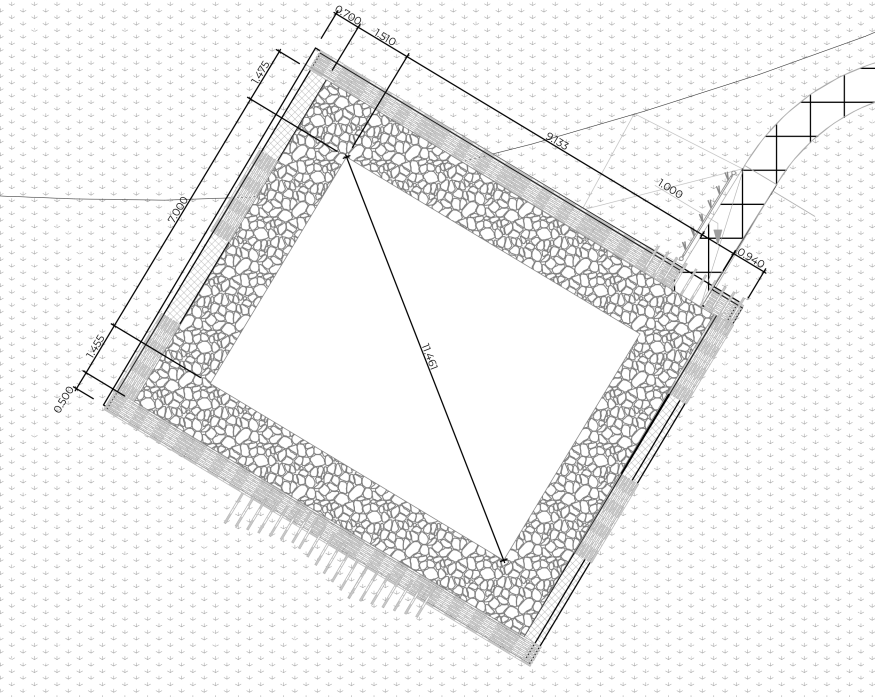
7.
Get / buy plants. Ideally you buy the plants after making the design, and devise a list together with the participants. In our case (we needed to be time efficient, and only had a two-day workshop), we made the list together with the expert beforehand, bought the plants before the workshop started, and shared the list with the participants before they started to create the design.
Tips!
- Follow the principles of permaculture and make sure to buy local plants, get as many perennials as possible and don't forget that you need at least three layers (trees for the upper canopy, shrubs for the middle layer and smaller plants or groundcovers for the bottom).
- Before buying the plants, check if some of the plants can be crowdsourced. In our case, some of the plants were generously gifted for the public good from the garden of Liliana and Sandu.
Tips!
- Follow the principles of permaculture and make sure to buy local plants, get as many perennials as possible and don't forget that you need at least three layers (trees for the upper canopy, shrubs for the middle layer and smaller plants or groundcovers for the bottom).
- Before buying the plants, check if some of the plants can be crowdsourced. In our case, some of the plants were generously gifted for the public good from the garden of Liliana and Sandu.
PLANT. After the participants finished their permaculture design, we went to the designated planting area with the trolleybus. In the meantime we had all the necessary tools, plants, mulch and water cans delivered to the planting space. As it was the end of November, we only had 3 hours of sunlight left for the planting activity. To add to the joy, it started raining just before we started planting. Even though it poured for three straight hours, all the participants stayed and got muddy together, being rewarded with warm tea and an awesome cake, cooked by 16 year-old Marius, our youngest (and most exploited) participant.
Debrief the experience and the whole process. We initially wanted to do the debriefing on the spot, but it was actually very helpful to make it on the next day in a warm, cozy office. Everybody shared their views on the previous day's experience, what worked for them, and what they wanted to improve. The workshop had the debrief as a starting point and our expert, together with the participants, answered all the questions that appeared. We continued with a theoretical part on permaculture, and it was nice that the participants already had a practical experience and could analyze their steps through the theoretical matrix presented.
Repeat. Continuity is bliss. We established a social media group with the participants to keep on developing the topic of urban permaculture, to expand and to form a network of activists interested in the topic and to have a common platform to organize further activities regarding the maintenance of the garden that we planted at Colina Circului.
Debrief the experience and the whole process. We initially wanted to do the debriefing on the spot, but it was actually very helpful to make it on the next day in a warm, cozy office. Everybody shared their views on the previous day's experience, what worked for them, and what they wanted to improve. The workshop had the debrief as a starting point and our expert, together with the participants, answered all the questions that appeared. We continued with a theoretical part on permaculture, and it was nice that the participants already had a practical experience and could analyze their steps through the theoretical matrix presented.
Repeat. Continuity is bliss. We established a social media group with the participants to keep on developing the topic of urban permaculture, to expand and to form a network of activists interested in the topic and to have a common platform to organize further activities regarding the maintenance of the garden that we planted at Colina Circului.
8.
9.
10.
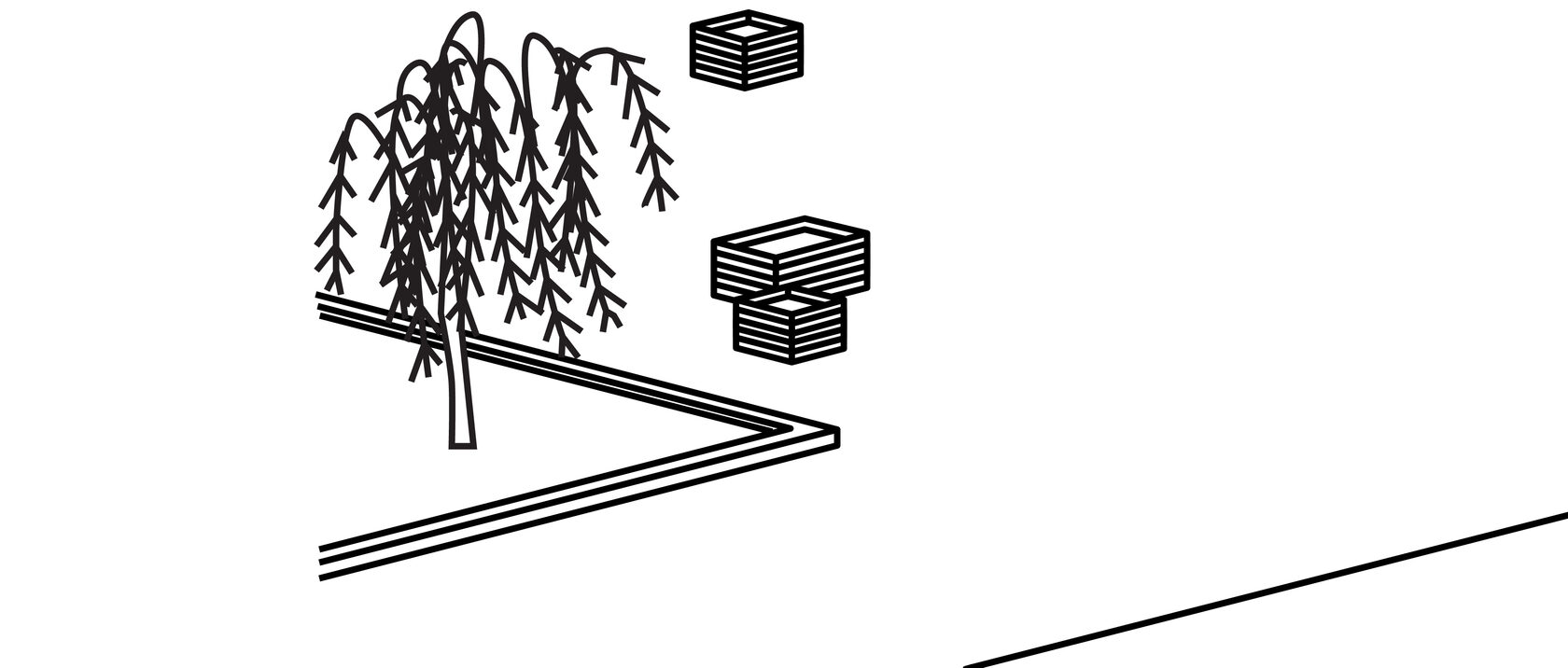
The Guide for Newcomers
Сomprehensive guide for newcomers in Tbilisi, based on interviews with diverse migrants, focusing on essential topics.
Tatia Kalatozishvili, Giorgi Rizhvadse and Lasha Dzigrashvili, Tbilisi

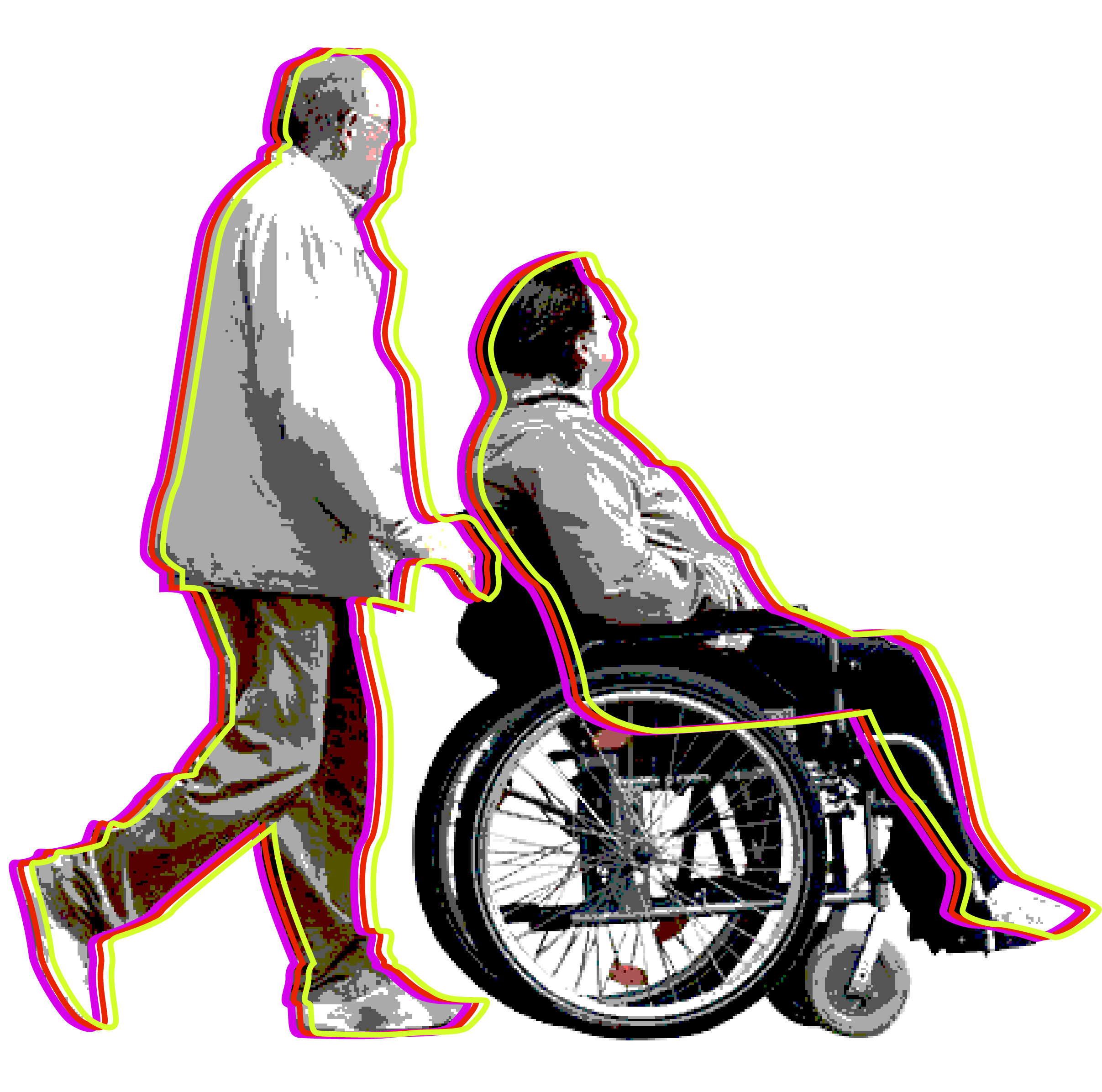
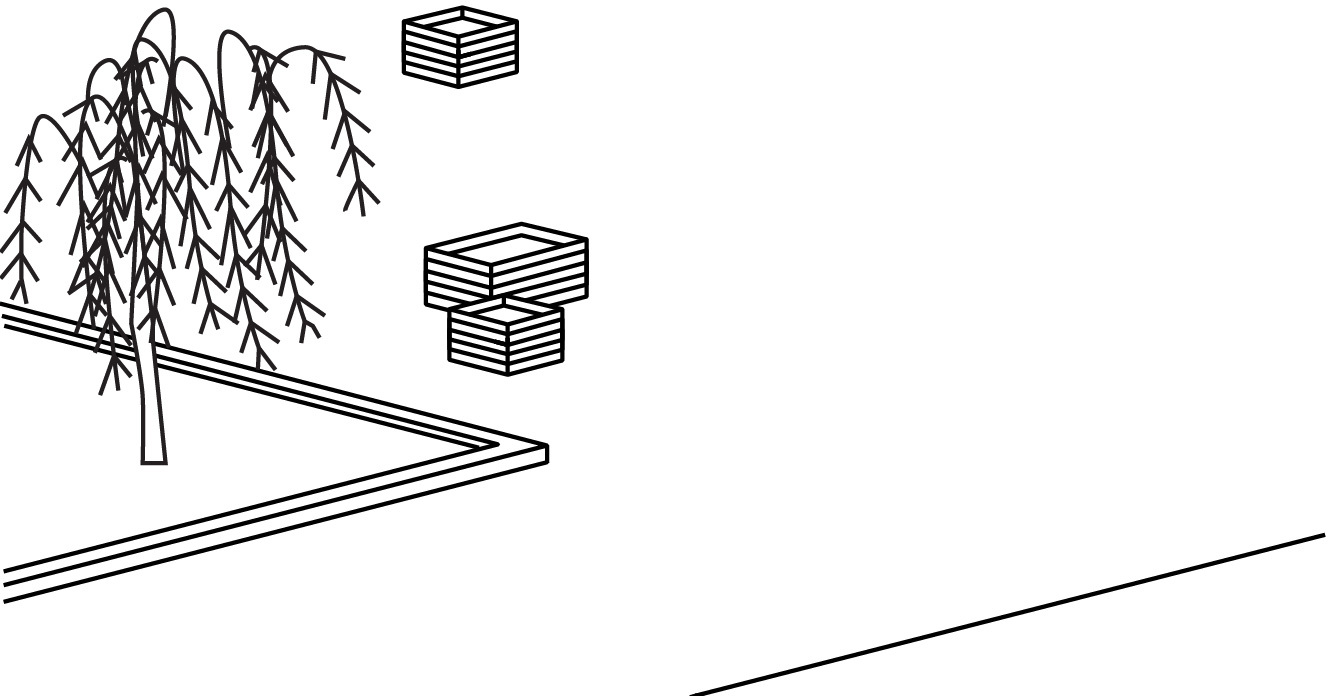
The Guide for Newcomers
Сomprehensive guide for newcomers in Tbilisi, based on interviews with diverse migrants, focusing on essential topics.

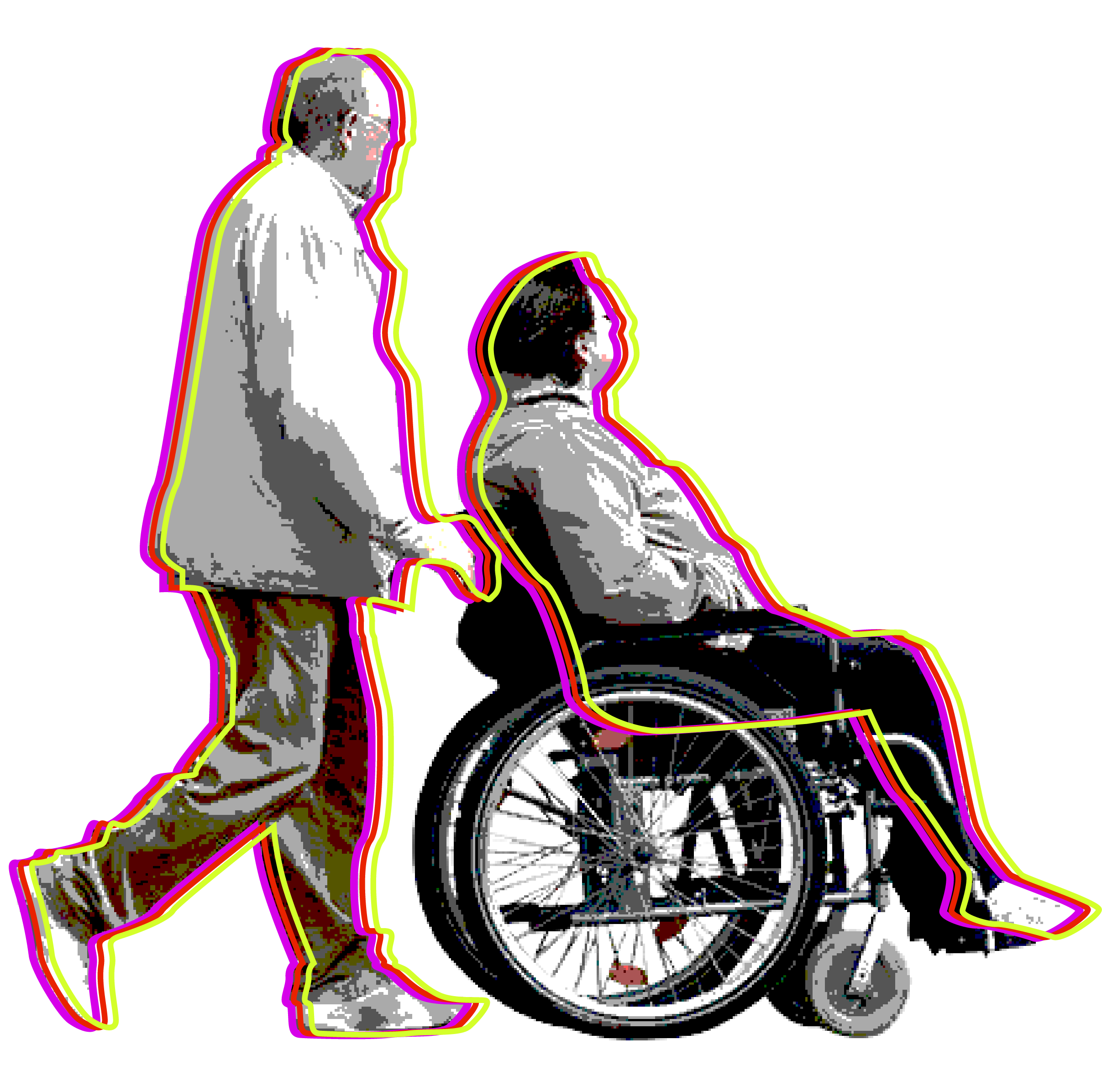
Tatia Kalatozishvili, Giorgi Rizhvadse and Lasha Dzigrashvili, Tbilisi
The Guide for Newcomers
Tatia Kalatozishvili, Giorgi Rizhvadse and Lasha Dzigrashvili, Tbilisi
Project based on interviews with foreigners who have recently started living in Tbilisi. We aimed to identify what information would be most helpful for newcomers.
We created a simple questionnaire and interviewed 20 people: 10 female and 10 male from Azerbaijani, Ukraine, Germany, Russia, and Ecuador.
Otherwise, the guide creators (three of us) have been working with migrants and ethnic minorities for many years. Our work experience is very important to imagine what needs newcomers face when moving to a new city — Tbilisi
The research revealed sensitive, interesting, and essential topics newcomers generally would like to see in the guide. Much of the information is rarely found in open sources or not easily available to foreigners. The respondents asked us to include information about:
We created a simple questionnaire and interviewed 20 people: 10 female and 10 male from Azerbaijani, Ukraine, Germany, Russia, and Ecuador.
Otherwise, the guide creators (three of us) have been working with migrants and ethnic minorities for many years. Our work experience is very important to imagine what needs newcomers face when moving to a new city — Tbilisi
The research revealed sensitive, interesting, and essential topics newcomers generally would like to see in the guide. Much of the information is rarely found in open sources or not easily available to foreigners. The respondents asked us to include information about:
1. Russian-Georgian relations and history.
2. How to obtain a residence permit, tips for this.
3. To whom to apply to obtain refugee status.
4. Socialization with Georgians
5. Banking system
6. Health care
2. How to obtain a residence permit, tips for this.
3. To whom to apply to obtain refugee status.
4. Socialization with Georgians
5. Banking system
6. Health care
The guide does not only include information found in open sources, we got consultations from the medical experts and lawyers. The guide lists the non-governmental organizations, which provide free legal assistance to newcomers. We included contact information of highly qualified private lawyers who can represent/protect the interests of newcomers/foreigners in various state institutions. Also, in the guide, there is not only a list of medical clinics, but we also searched for those clinics where the majority of the staff speak a foreign language. Also, the price range of medical services is specified. Generally, the guide will help newcomers in socialization in Tbilisi.
Studying the examples of other countries, what kind of guides exist for Newcomers.
Creating a questionnaire and conducting an online survey
Considering the social context of the place you're making a guide about — Our case is Tbilisi.
Getting consultations from medical experts and lawyers.
Sorting and organizing the obtained information in one document. The frame of the guide is already created.
Translating the guide into desired international languages — Our case — in English and Russian
Creating a design
Online publication: distribution over the Internet and in other forms
The steps of creating a guide:
1.
2.
4.
3.
7.
6.
5.
8.
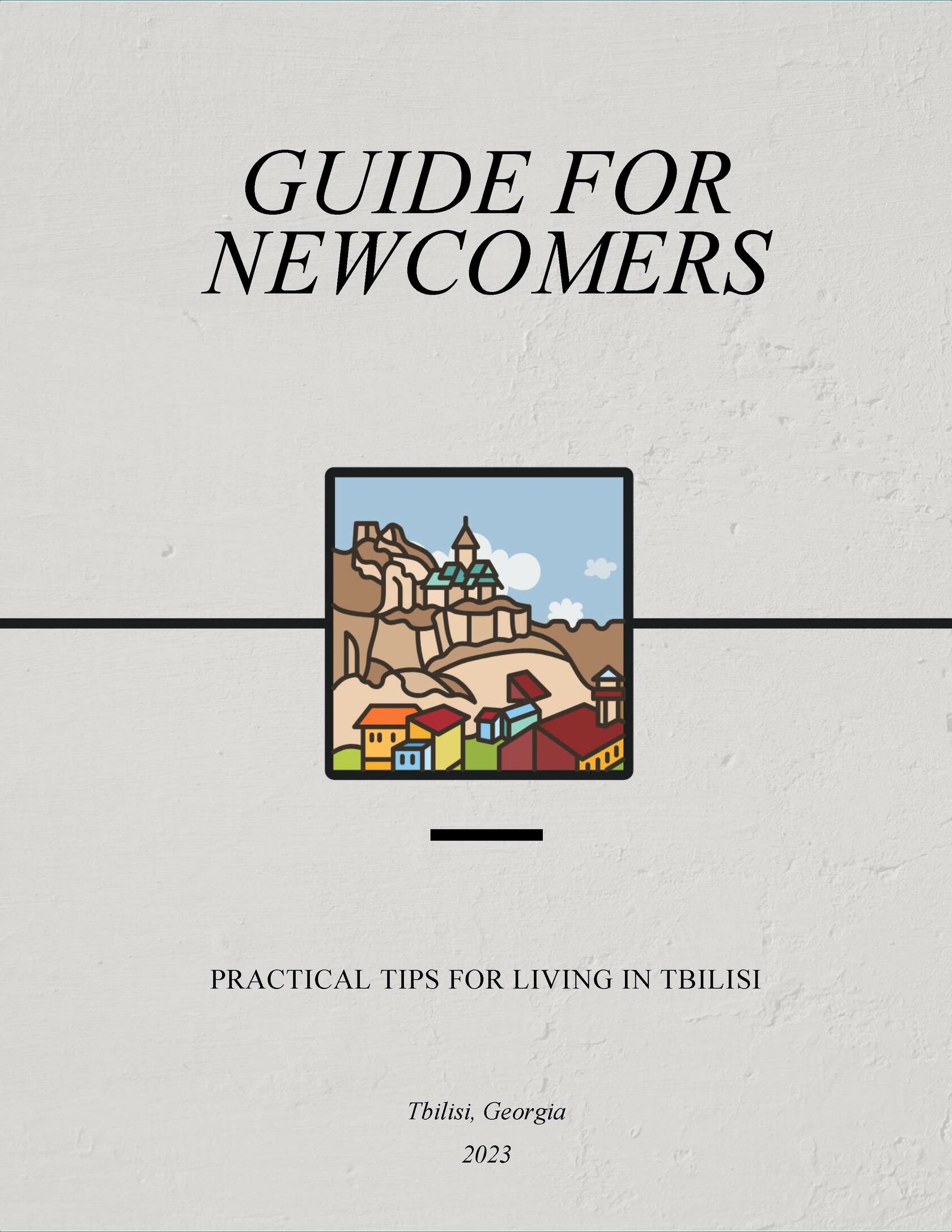
We got acquainted with the experience of the countries of Canada and Israel, how they created the guide, and what kind of information they collected for newcomers. We took their guides as examples for creating ours, so we packed the researched materials and information desired by the respondents according to this international scheme.
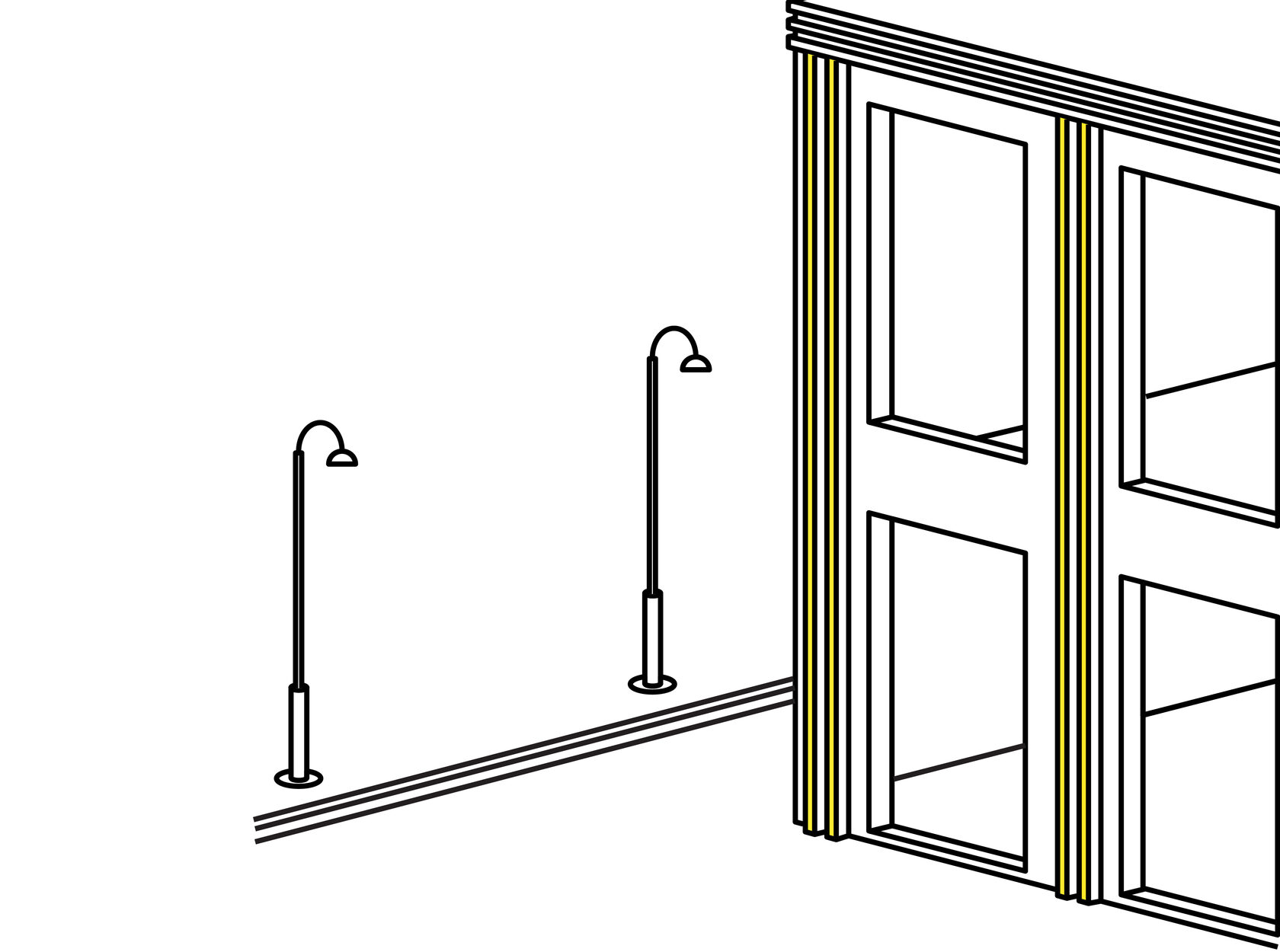
Empowering IDP Youth
Blending education and interactive experiences for personal and professional growth, with a focus on empathy and AR technology for youth from vulnerable groups.
Giorgi Arziani, Tbilisi


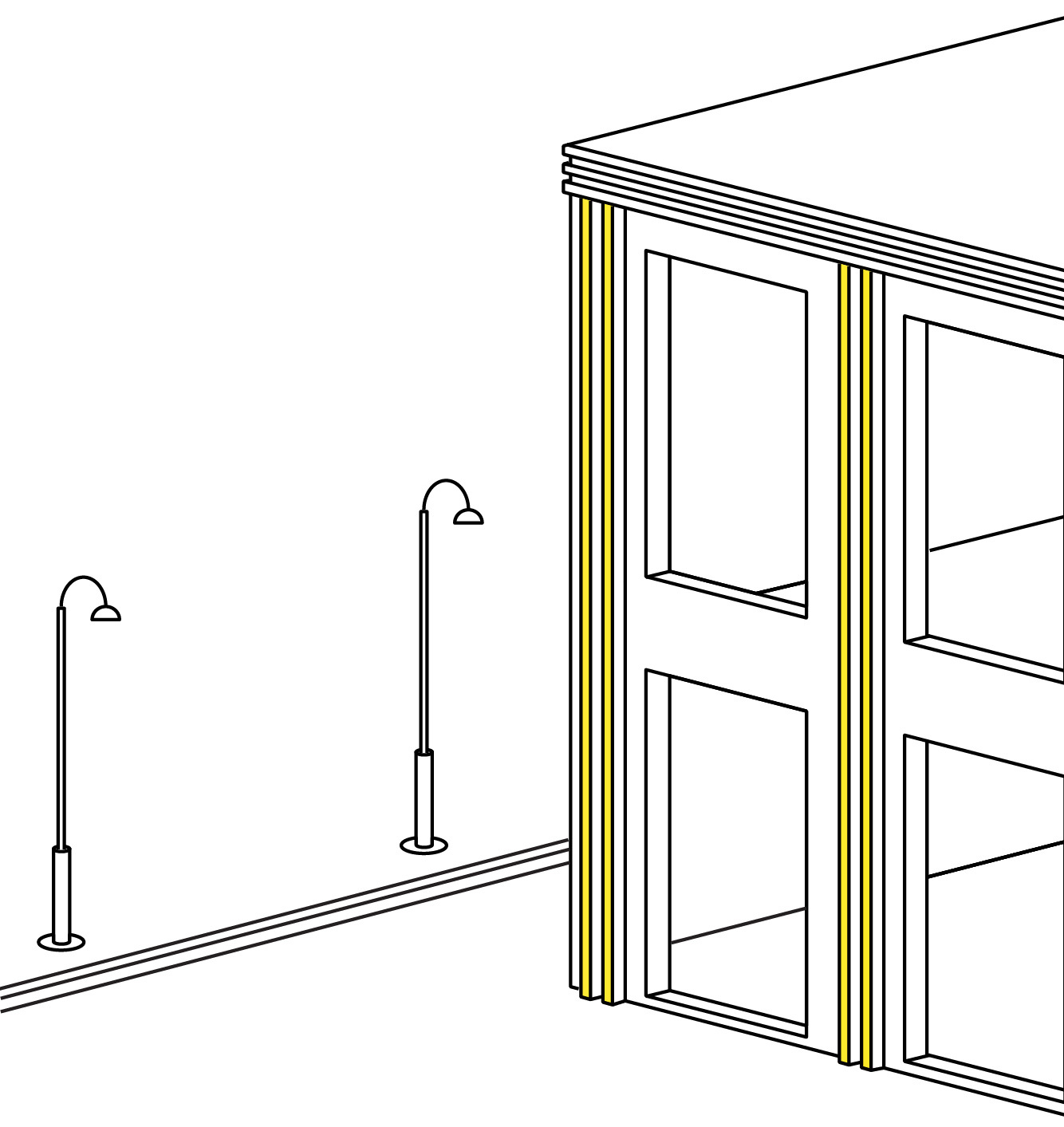
Empowering IDP Youth
Blending education and interactive experiences for personal and professional growth, with a focus on empathy and AR technology for youth from vulnerable groups.


Giorgi Arziani, Tbilisi
Empowering IDP Youth
Giorgi Arziani, Tbilisi
Project embarked on a transformative journey in Tbilisi and Poti, aimed at empowering youth from vulnerable groups, including internally displaced persons (IDPs). The initiative unfolded through two dynamic workshops, designed to uplift and inspire young individuals grappling with unique life challenges.
Two impactful workshops were conducted in Tbilisi and Poti, aimed at empowering youth from vulnerable groups, including internally displaced persons (IDPs). These workshops were a blend of educational and interactive experiences, designed to uplift and inspire young individuals facing unique challenges.
The workshops created a platform for participants to build valuable connections with peers and professionals, fostering a community of support and collaboration. A significant focus was placed on listening to the experiences and obstacles faced by the youth, particularly their struggles as IDPs. This facilitated a deeper understanding and empathy among all attendees. Finally, the workshops integrated the latest in Augmented Reality (AR) technology, the workshops presented educational content in a highly engaging and interactive format, empowering youth by making learning both fun and effective.
Two impactful workshops were conducted in Tbilisi and Poti, aimed at empowering youth from vulnerable groups, including internally displaced persons (IDPs). These workshops were a blend of educational and interactive experiences, designed to uplift and inspire young individuals facing unique challenges.
The workshops created a platform for participants to build valuable connections with peers and professionals, fostering a community of support and collaboration. A significant focus was placed on listening to the experiences and obstacles faced by the youth, particularly their struggles as IDPs. This facilitated a deeper understanding and empathy among all attendees. Finally, the workshops integrated the latest in Augmented Reality (AR) technology, the workshops presented educational content in a highly engaging and interactive format, empowering youth by making learning both fun and effective.
Mechanics of the Workshop:
I. Skill Sharing Sessions
Led by experts, these sessions were pivotal in imparting vital skills. Topics ranged from basic life skills to professional development tools.
II. Interactive Group Activities:
Facilitating dialogues and group exercises to build connections, encouraged sharing of experiences, fostering empathy and solidarity.
III. Augmented Reality (AR) Integration:
Utilizing AR technology to present educational content made learning experiences more engaging and effective.
IV. Listening Circles:
Dedicating time to listen to the experiences and challenges of youth, especially IDPs, enabled a deeper understanding among participants, bridging gaps.

Help Newcomers Feel at Home
Creating a digital map for newcomers in Reinickendorf with local recommendations, distributed via QR-coded posters and stickers, to guide new residents in discovering special neighbourhood spots.
Tanya Matveeva, Berlin


Help Newcomers Feel at Home
Creating a digital map for newcomers in Reinickendorf with local recommendations, distributed via QR-coded posters and stickers, to guide new residents in discovering special neighbourhood spots.

Tanya Matveeva, Berlin
Help Newcomers Feel at Home
Tanya Matveeva, Berlin
My name is Tanya and I moved to Berlin a few months ago from Russia. It is always difficult to settle in a new place and I wondered what makes us feel at home wherever we are?
Of course, it’s people, favourite and memorable things, and we also feel at home when we find "our" special places. There are many tourist guides to Berlin’s neighbourhoods, but I wanted to put together a map from locals for newcomers to the Reiniсkendorf, where I live.
I prepared mock-ups of posters and stickers with a qr code and a description of the idea, and then distributed these materials throughout the neighbourhood: at bus stops, streets, and local coffee shops. Of course, I added my favourite places to the map, and I also surveyed my neighbours and added their places too.
Of course, it’s people, favourite and memorable things, and we also feel at home when we find "our" special places. There are many tourist guides to Berlin’s neighbourhoods, but I wanted to put together a map from locals for newcomers to the Reiniсkendorf, where I live.
I prepared mock-ups of posters and stickers with a qr code and a description of the idea, and then distributed these materials throughout the neighbourhood: at bus stops, streets, and local coffee shops. Of course, I added my favourite places to the map, and I also surveyed my neighbours and added their places too.
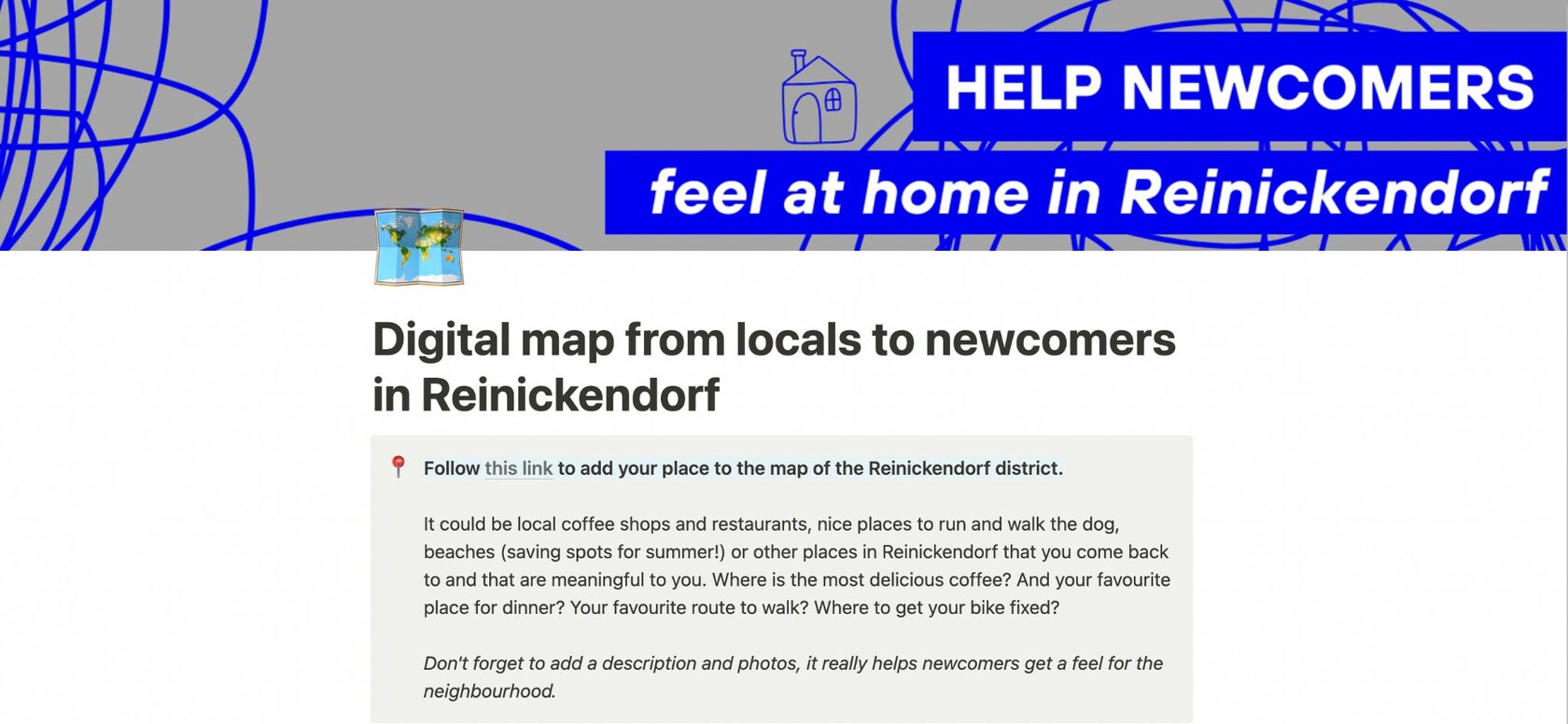
I also prepared a template of layouts for those who would like to replicate this activity in their neighborhood. I love the idea that a digital project like this can be long-lived, constantly updated, and useful to new newcomers.
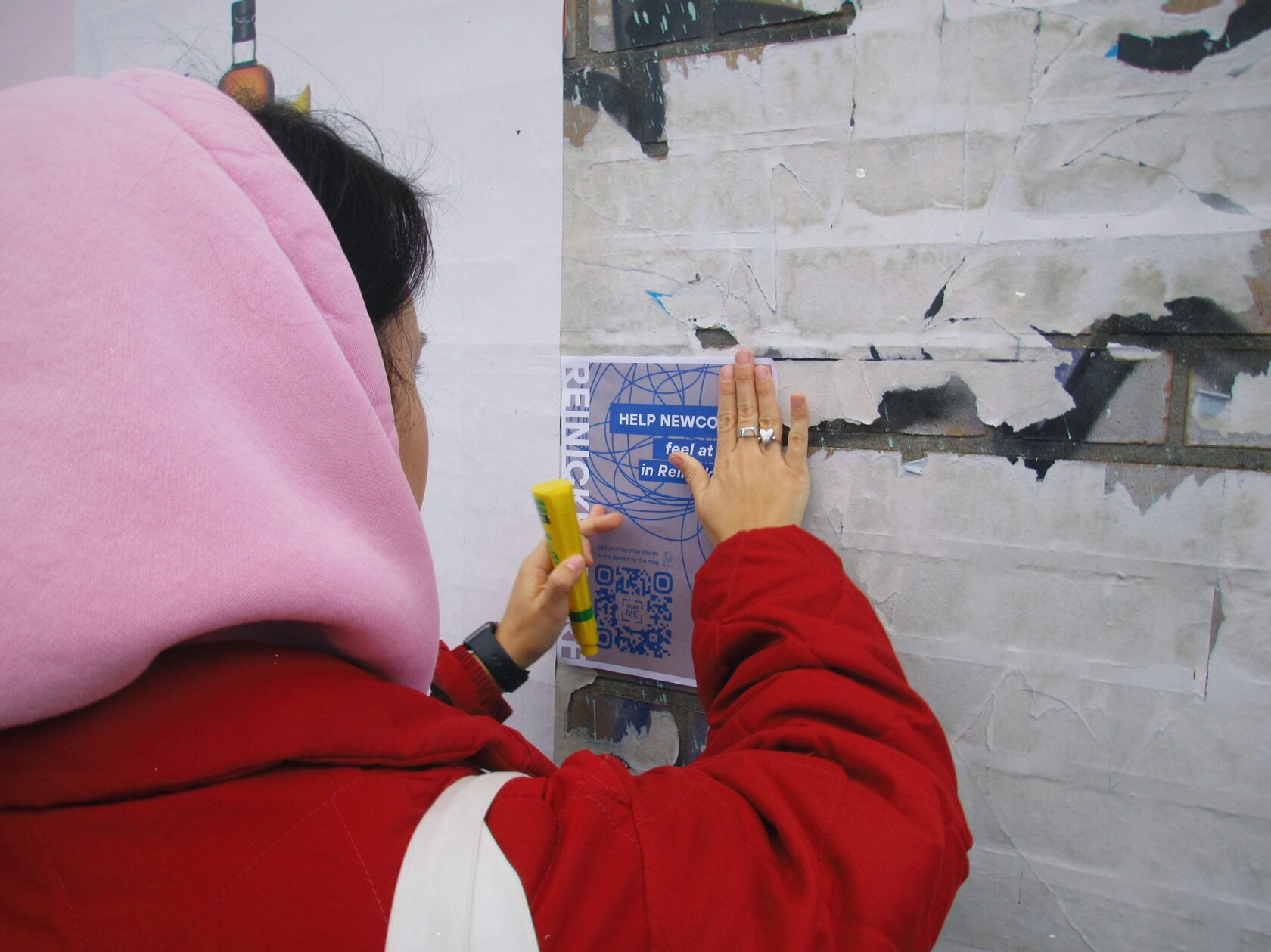
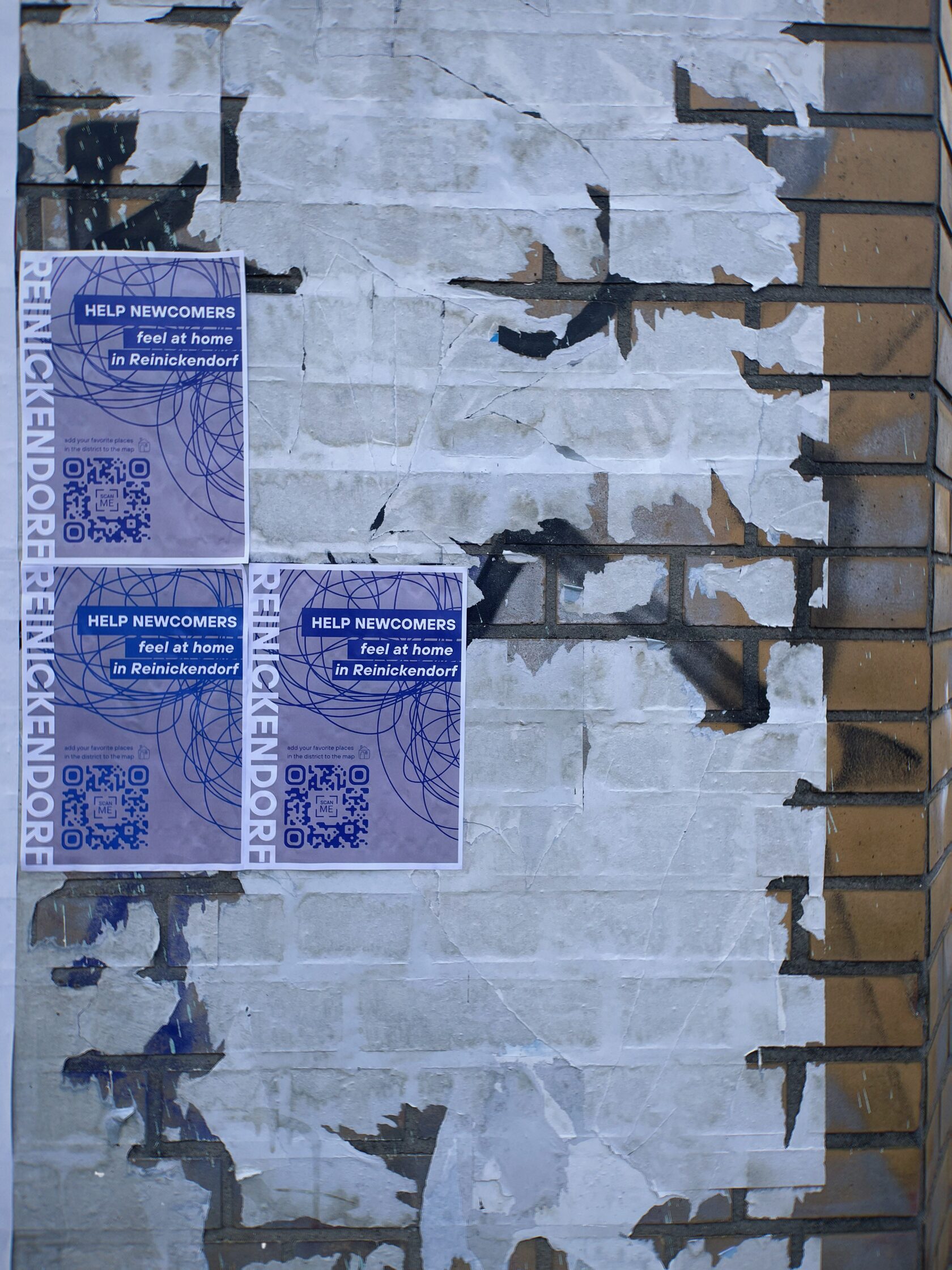
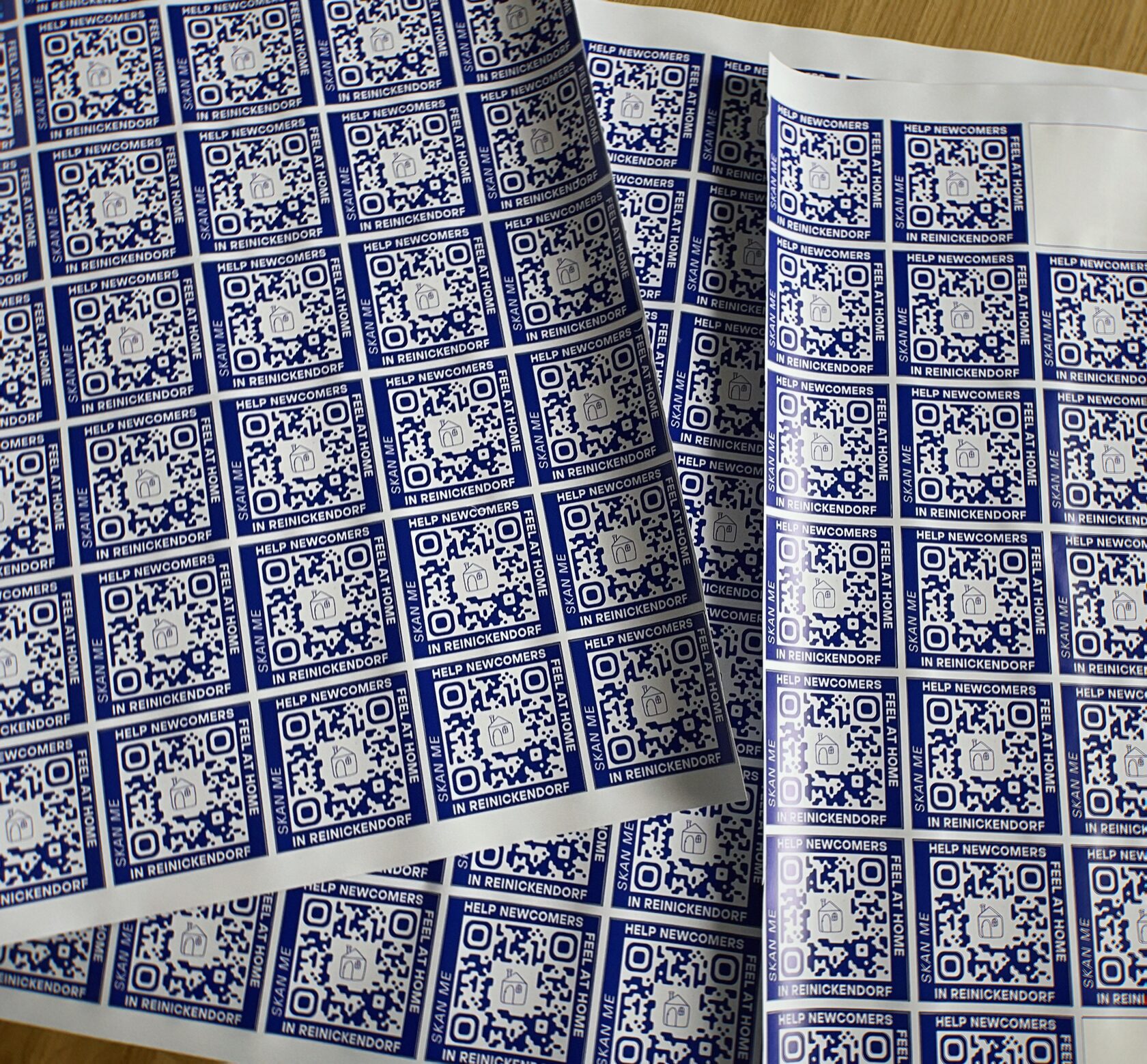
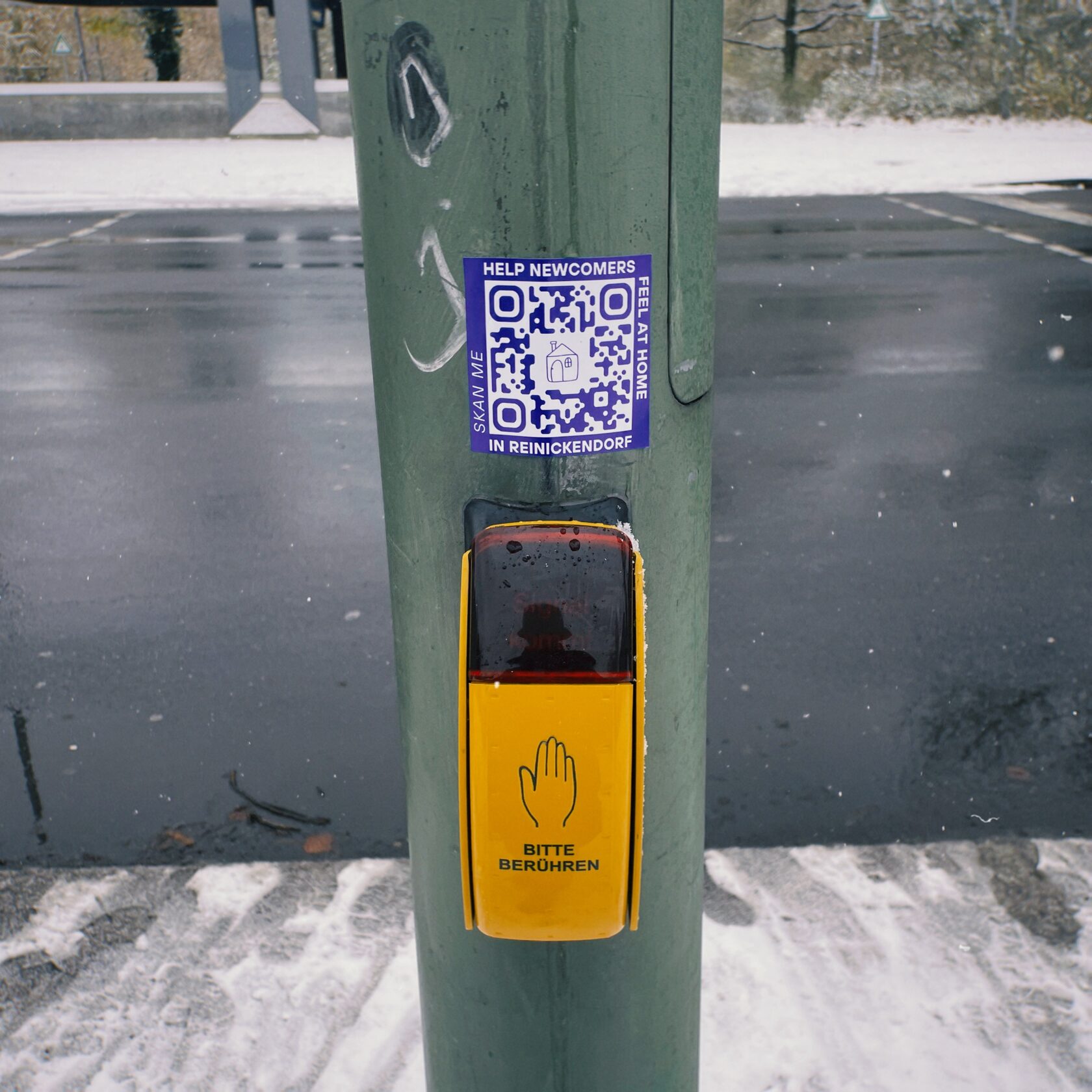
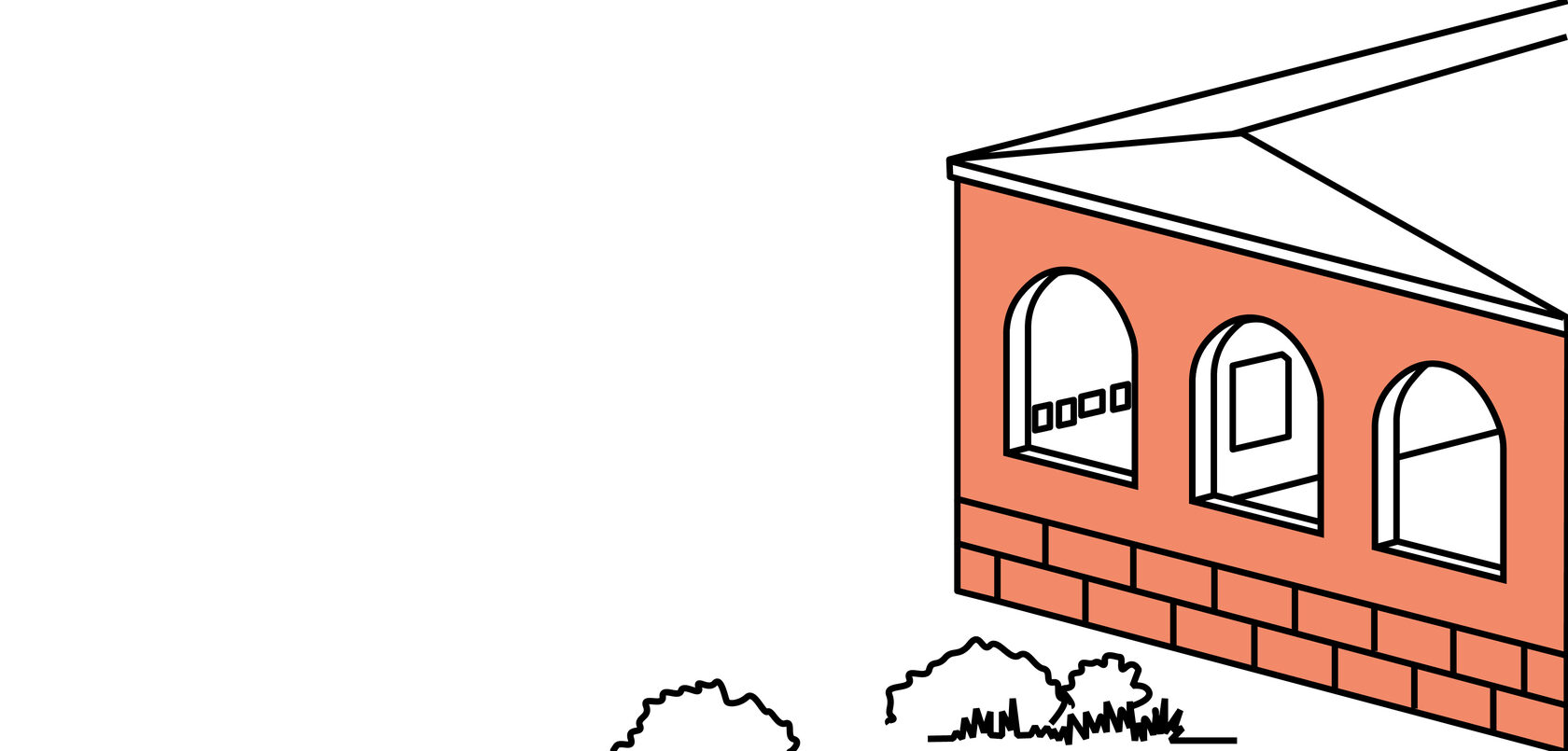
Historical-Political Education and The Right to the City
Integrating historical-political education with the right to the city, focusing on remembrance cultures, discrimination awareness, and inclusive storytelling in urban spaces.
Nadja Sieffert, Berlin
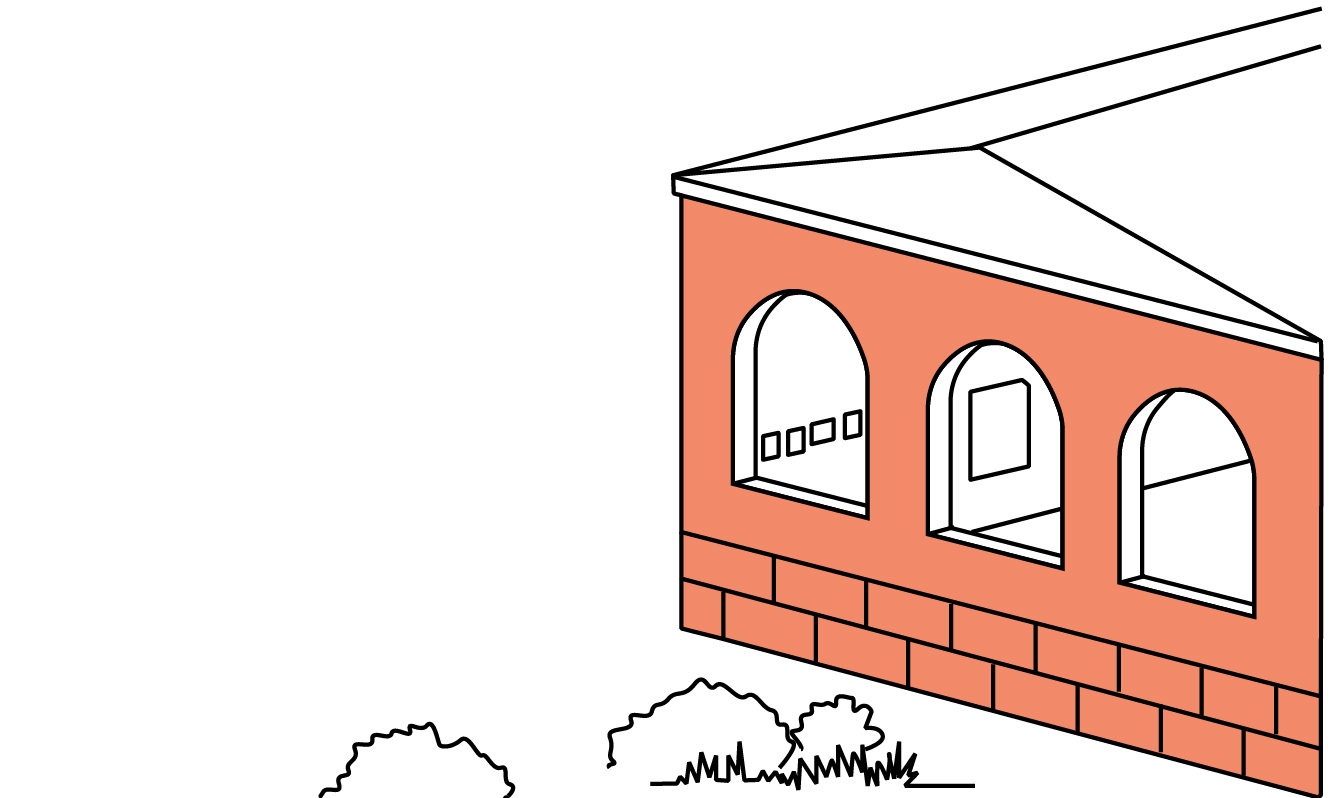
Historical-Political Education and The Right to the City
Integrating historical-political education with the right to the city, focusing on remembrance cultures, discrimination awareness, and inclusive storytelling in urban spaces.
Nadja Sieffert, Berlin

Historical-Political Education and the Right to the City
Nadja Sieffert, Berlin
These practices of non-formal education aim to combine the topic of remembrance cultures in historical-political education with the right to the city. I tried them during a study trip to Berlin, where we aimed to mutually exchange on cultures of remembrance in countries with different historical backgrounds. We invited visitors, newcomers and city locals to the program or more precisely — the participants were visiting Ukrainian students and professionals, Ukrainian refugees, other newcomers, and Berlin locals in the age 18−27.
These practices shall raise discussions and introductory reflections on dominant historical narratives and commemorative sites, on related discrimination, and on the meaning of the term 'remembrance cultures'. They shall raise the awareness for what we perceive as historical, whose stories are being told in public discourses and are integrated into the cities as physical spaces. As discussing history and its commemoration includes sensitive topics, we aimed to create an atmosphere that leads to exchange and dialogue. The developed practices shall be usable in any geographical location. They are only a first step, that is why this text finishes with a reflection.
These practices shall raise discussions and introductory reflections on dominant historical narratives and commemorative sites, on related discrimination, and on the meaning of the term 'remembrance cultures'. They shall raise the awareness for what we perceive as historical, whose stories are being told in public discourses and are integrated into the cities as physical spaces. As discussing history and its commemoration includes sensitive topics, we aimed to create an atmosphere that leads to exchange and dialogue. The developed practices shall be usable in any geographical location. They are only a first step, that is why this text finishes with a reflection.
As an introduction to the week, the participants had to do homework as a preparation for the practices My window view and History in my neighbourhood. By looking at the photos of their current wíndow views, participants introduced themselves to each other. This was especially interesting as many in the group (forcefully) relocated in the last years and it encouraged some to also share personal stories. In the next round, participants were looking at the historical sites in their neighbourhoods. They discussed what they recognise as historical or old — often churches and impressive buildings — and vividly started to debate about contested places of remembrance in their home cities. Some photos were hanging in the room, some we screened on the wall.
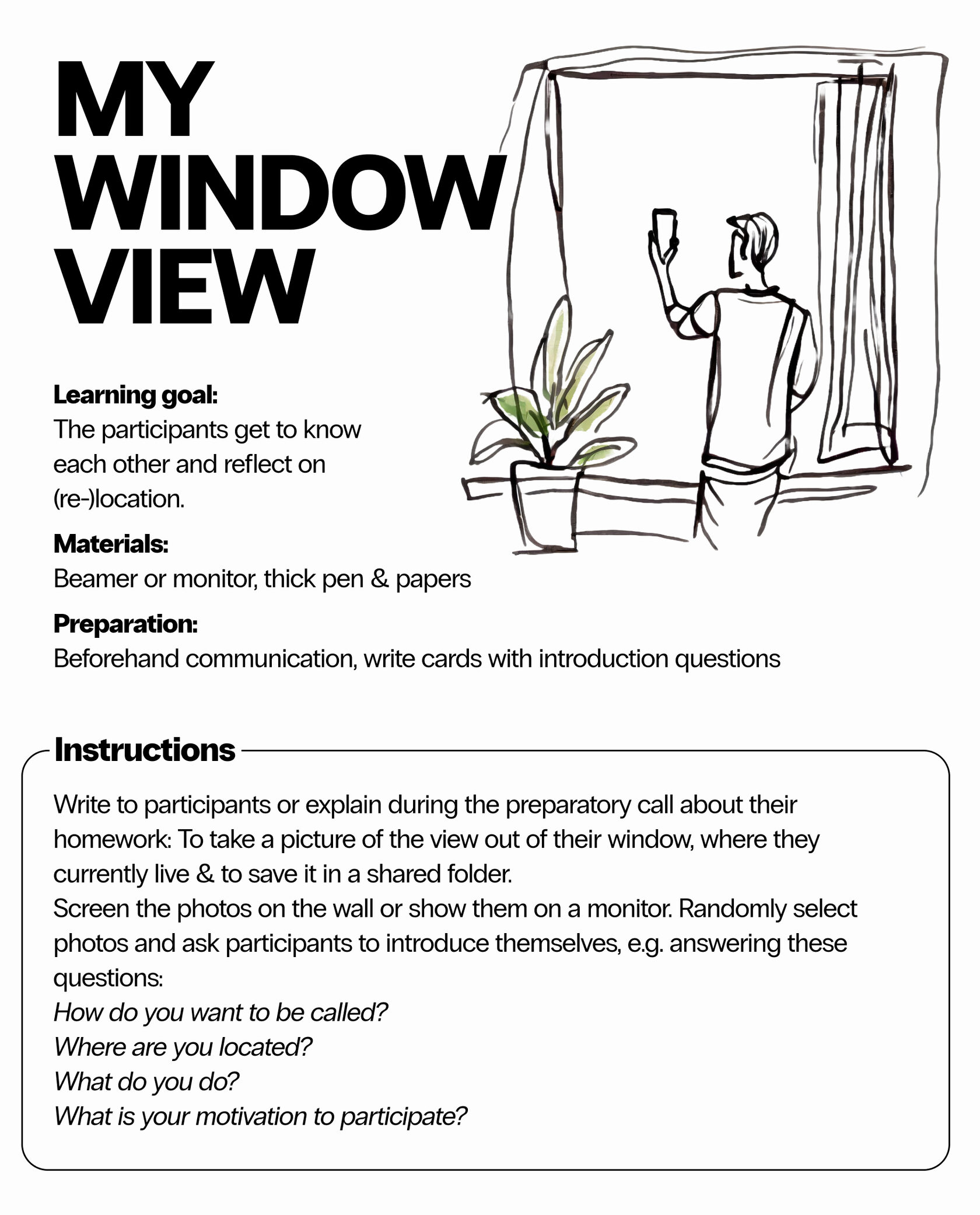
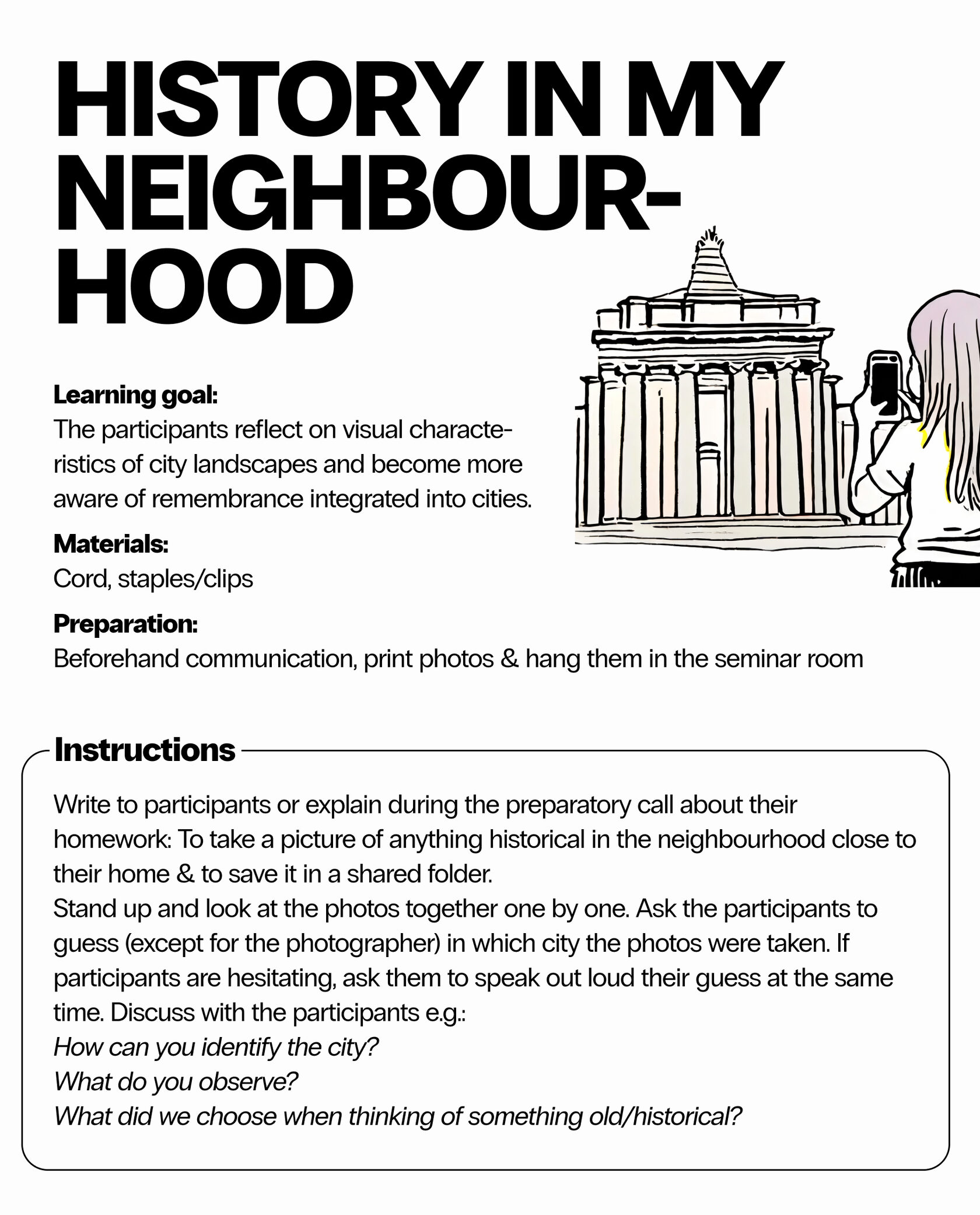
"Stories matter. Many stories matter. Stories have been used to dispossess and to malign. But stories can also be used to empower, and to humanise. Stories can break the dignity of a people. But stories can also repair that broken dignity."
Chimamanda Ngozi Adichie
Chimamanda Ngozi Adichie
We tried the practice The privilege of being told on the first day and it led to valuable discussions before starting the main program of guided tours and meet-ups. We discussed what participants noticed, what characterised the historical figures they knew most about, we discussed gender, wealth, education and other discriminations. Then I introduced one definition of cultures of remembrance — a variable collective memory.
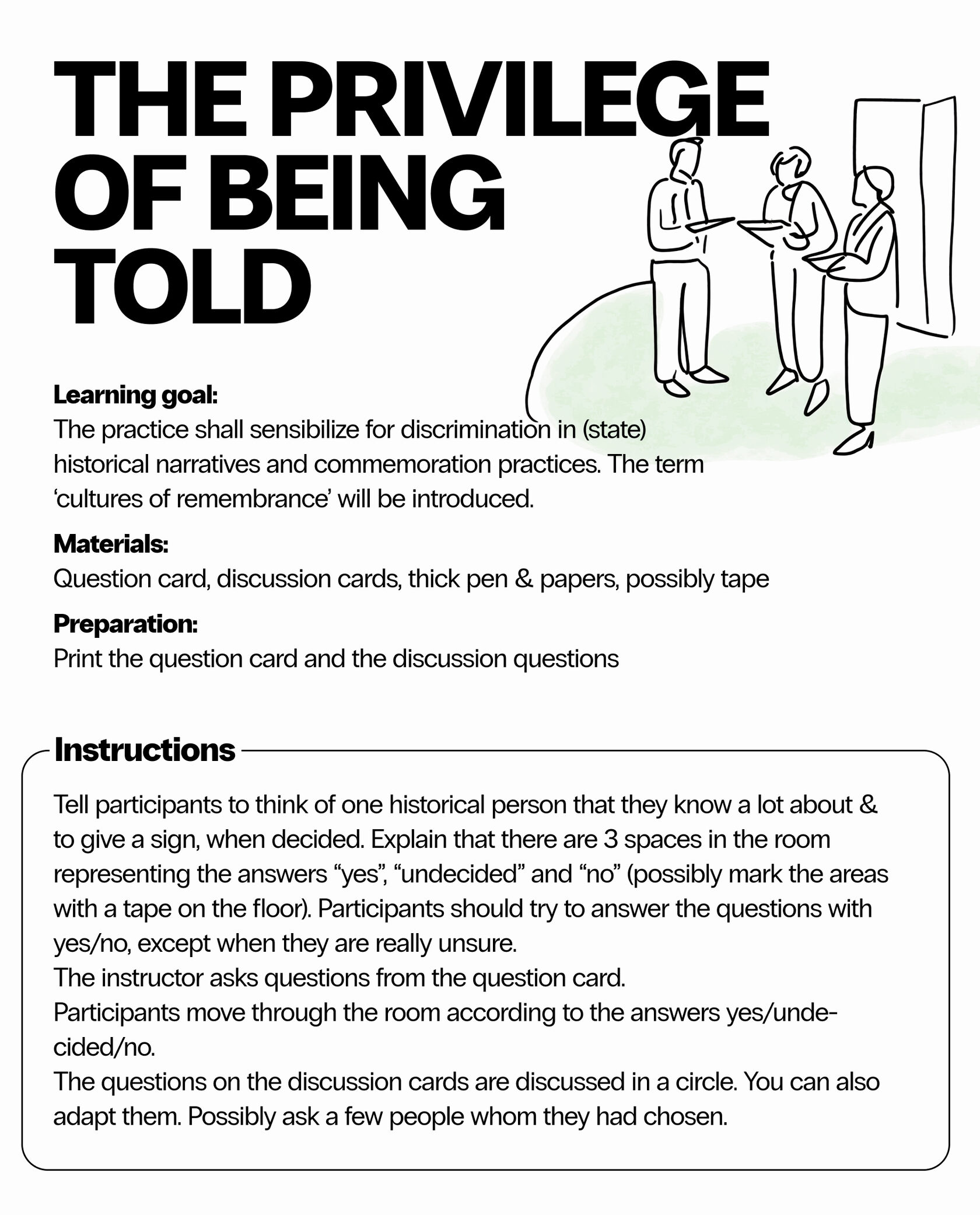
Reflection of a study trip
How are remembrance cultures integrated into cities as physical spaces?
We tried to include questions of space and the right to the city into the study trip program. For example, we took part in an audio walk that focused on a rather unknown neighbourhood and the (audio) stories of its waste lands and residents. Another walk focussed on the area around the East Side Gallery, a part of the former Berlin Wall, and the question — who owns the city? We visited the Memorial to the Murdered Jews of Europe in Berlin, exhibitions such as 'Berlin Global', and in the Jewish Museum Berlin we talked about how the architecture interacted with the exhibition.
What are open debates around remembrance sites and practices?
We discussed decolonization in Ukraine and the colonial heritage of Berlin as represented in the Humboldt Forum and districts with visible Soviet past, exchanging with local representatives as the EVZ foundation on cultures of remembrance in Germany. Especially touching was the meet-up with cultural workers from Mariupol in Berlin, working on memory. On the last day, with partners we facilitated a workshop where participants interviewed each other, while being recorded, about questions related to the program. The final reflection round we did by using a big paper across the whole table where participants could write their feedback.
The topic of remembrance cultures for youth exchange including a right-to-the-city perspective needed a lot of preparation and exchange on it. While planning the program for the study trip, we received valuable feedback from our partners and colleagues from Ukraine, concerning which topics will be relevant. What we did not manage enough, but recommend doing, is to organise meet-ups with local civil society initiatives representing groups whose memory is being marginalised and who fight for representation. This could strengthen the right-to-the-city focus. We also recommend working with a diverse group, preferably represented equally in numbers of participants.
How are remembrance cultures integrated into cities as physical spaces?
We tried to include questions of space and the right to the city into the study trip program. For example, we took part in an audio walk that focused on a rather unknown neighbourhood and the (audio) stories of its waste lands and residents. Another walk focussed on the area around the East Side Gallery, a part of the former Berlin Wall, and the question — who owns the city? We visited the Memorial to the Murdered Jews of Europe in Berlin, exhibitions such as 'Berlin Global', and in the Jewish Museum Berlin we talked about how the architecture interacted with the exhibition.
What are open debates around remembrance sites and practices?
We discussed decolonization in Ukraine and the colonial heritage of Berlin as represented in the Humboldt Forum and districts with visible Soviet past, exchanging with local representatives as the EVZ foundation on cultures of remembrance in Germany. Especially touching was the meet-up with cultural workers from Mariupol in Berlin, working on memory. On the last day, with partners we facilitated a workshop where participants interviewed each other, while being recorded, about questions related to the program. The final reflection round we did by using a big paper across the whole table where participants could write their feedback.
The topic of remembrance cultures for youth exchange including a right-to-the-city perspective needed a lot of preparation and exchange on it. While planning the program for the study trip, we received valuable feedback from our partners and colleagues from Ukraine, concerning which topics will be relevant. What we did not manage enough, but recommend doing, is to organise meet-ups with local civil society initiatives representing groups whose memory is being marginalised and who fight for representation. This could strengthen the right-to-the-city focus. We also recommend working with a diverse group, preferably represented equally in numbers of participants.

Telegram Bot-Based Urban Walk
Interactive walk in Georgia using a Telegram bot to narrate the country’s history and modern conflicts, aiming to foster understanding and dialogue between locals and newcomers.
Polina Shipina, Tbilisi

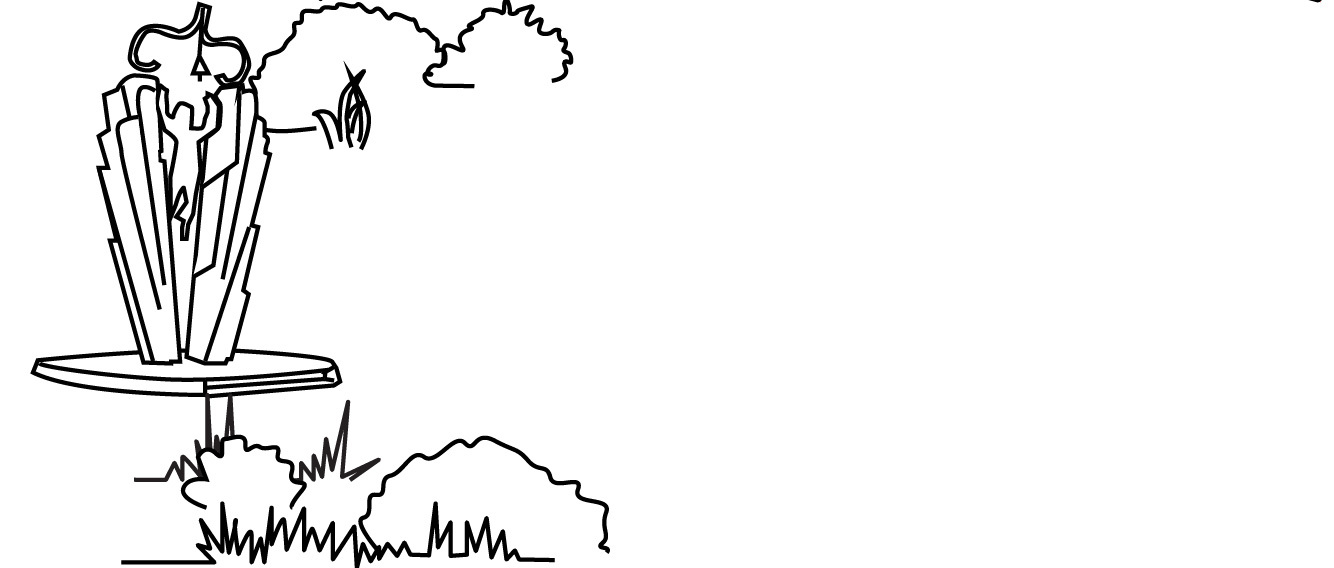
Telegram Bot-Based Urban Walk
Interactive walk in Georgia using a Telegram bot to narrate the country's history and modern conflicts, aiming to foster understanding and dialogue between locals and newcomers.

Polina Shipina, Tbilisi
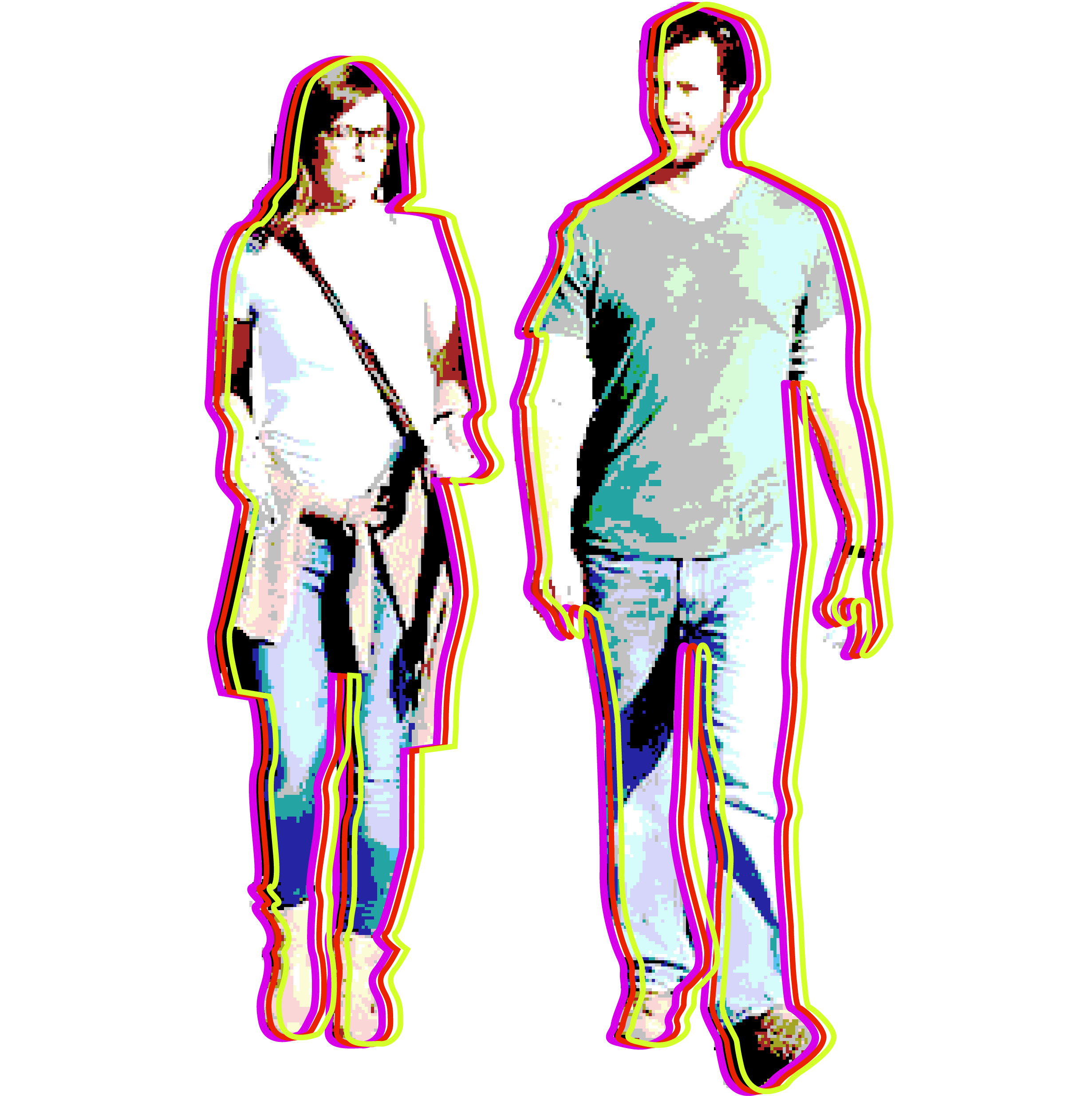
Telegram Bot-Based Urban Walk
Polina Shipina, Tbilisi
The prevailing issue in Georgia revolves around an undisclosed conflict between locals and newcomers from Russia, rooted in the complex history of relations between the two countries. Addressing this issue, my project introduces an interactive walk facilitated by a Telegram bot, aiming to narrate the history of Georgia and the origins of modern conflicts.
The accessibility of this bot to everyone marks a key feature. Participants embark on a journey to specific locations, receiving messages that illuminate significant and tragic events in Georgian history. The experience is enriched with a plethora of additional materials, including photos, videos, podcasts, Georgian songs, and links to valuable web resources.
It serves as a narrative of the struggles of the Georgian people for independence and identity. The project aspires to foster a deeper understanding of the region’s problems and conflicts, stimulate reflections on decoloniality, and facilitate improved understanding and dialogue with locals.
The accessibility of this bot to everyone marks a key feature. Participants embark on a journey to specific locations, receiving messages that illuminate significant and tragic events in Georgian history. The experience is enriched with a plethora of additional materials, including photos, videos, podcasts, Georgian songs, and links to valuable web resources.
It serves as a narrative of the struggles of the Georgian people for independence and identity. The project aspires to foster a deeper understanding of the region’s problems and conflicts, stimulate reflections on decoloniality, and facilitate improved understanding and dialogue with locals.
2.
Route planning:
The project involves meticulous efforts to identify pertinent locations and craft a thoughtfully designed route. This step is essential to create a seamless and engaging narrative that aligns with the historical events being highlighted.
The project involves meticulous efforts to identify pertinent locations and craft a thoughtfully designed route. This step is essential to create a seamless and engaging narrative that aligns with the historical events being highlighted.
4.
Curating digital materials and collaborating with Georgian friends:
Digital enrichment is a crucial aspect, requiring the curation of a diverse range of materials such as photos, videos, podcasts, and links to web resources. Collaboration with my Georgian friends adds a personal touch, infusing the project with local insights and perspectives.
Digital enrichment is a crucial aspect, requiring the curation of a diverse range of materials such as photos, videos, podcasts, and links to web resources. Collaboration with my Georgian friends adds a personal touch, infusing the project with local insights and perspectives.
5.
Bot creation in collaboration with a programmer:
The technical backbone of the project involves the creation of a Telegram bot. Opting for collaboration with a skilled programmer, rather than using a bot constructor, ensures a customized and one-time payment solution. This decision eliminates recurring monthly fees associated with bot constructor platforms, enhancing the project's sustainability.
The technical backbone of the project involves the creation of a Telegram bot. Opting for collaboration with a skilled programmer, rather than using a bot constructor, ensures a customized and one-time payment solution. This decision eliminates recurring monthly fees associated with bot constructor platforms, enhancing the project's sustainability.
This interactive walk project represents a meaningful endeavor to bridge gaps in understanding between different communities in Georgia. As the bot becomes accessible to a wider audience, it serves as a catalyst for fostering understanding, encouraging reflections on decoloniality, and laying the groundwork for meaningful dialogue. The hope is that this initiative contributes to fostering empathy, appreciation for diverse perspectives, and ultimately, a more harmonious coexistence.
Key steps:
1.
Researching Georgian history and consulting with local experts:
In this initial phase, an in-depth exploration of Georgian history is conducted, supplemented by consultations with local experts. This foundational step ensures a comprehensive understanding of the historical nuances that will be communicated through the project.
In this initial phase, an in-depth exploration of Georgian history is conducted, supplemented by consultations with local experts. This foundational step ensures a comprehensive understanding of the historical nuances that will be communicated through the project.
3.
Integration of interactive methods for enhanced engagement:
Elevate the participant experience by incorporating interactive methods. These thoughtful additions aim to deepen engagement, allowing participants to forge personal connections with the historical narrative and fostering a more impactful experience.
Elevate the participant experience by incorporating interactive methods. These thoughtful additions aim to deepen engagement, allowing participants to forge personal connections with the historical narrative and fostering a more impactful experience.
Conclusion:
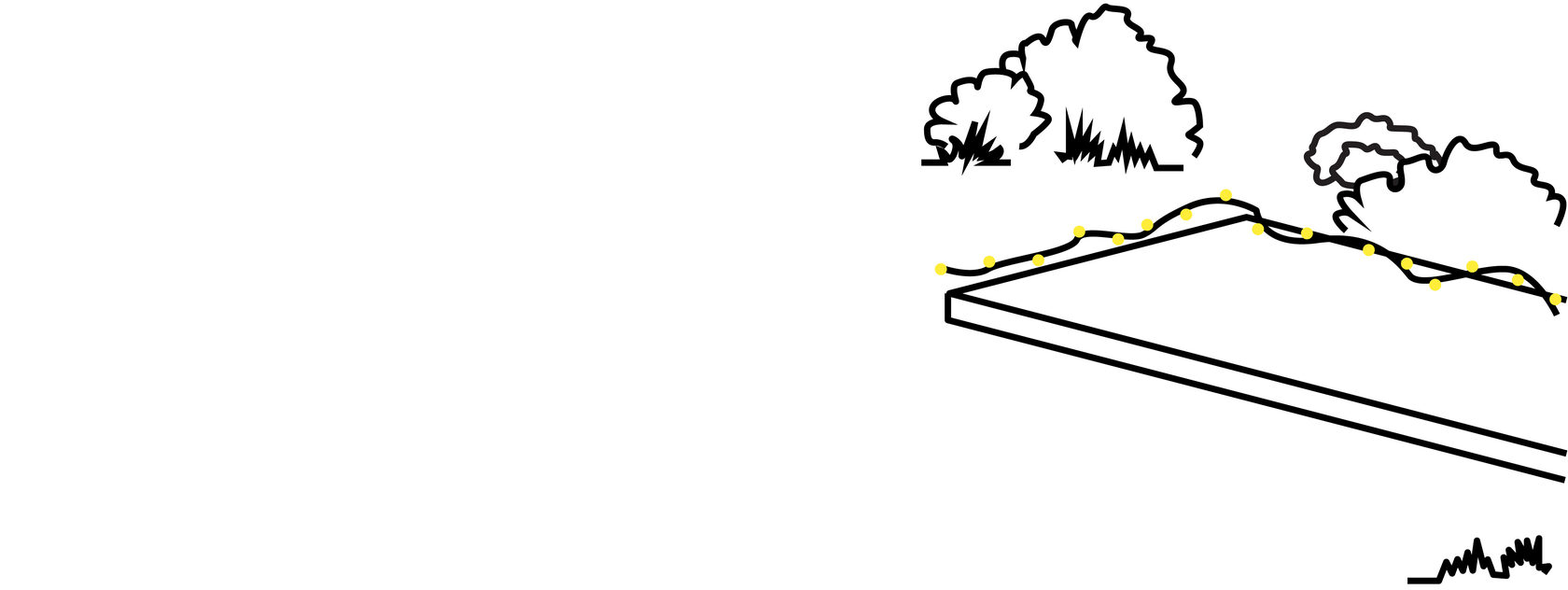
Jam Session
An art therapy project, this jam session united people across nationalities and political views through music, fostering community cohesion and adding vibrancy to city life
Felicia Plamadeala, Chișinău


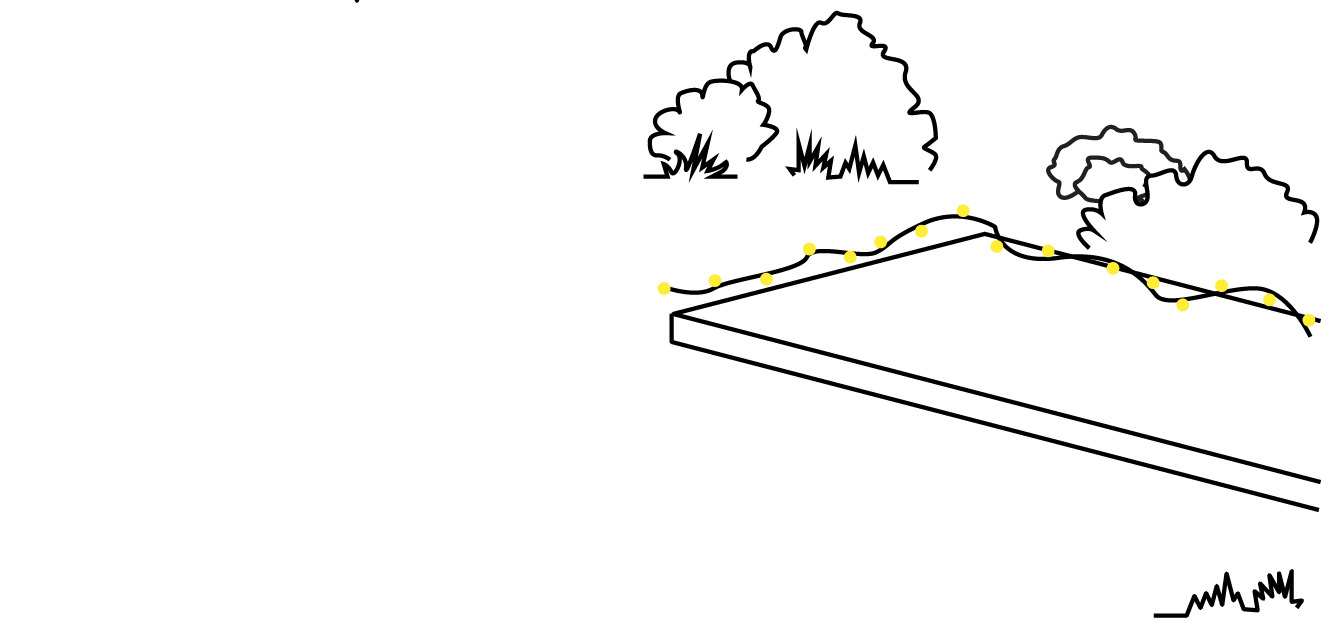
Jam Session
An art therapy project, this jam session united people across nationalities and political views through music, fostering community cohesion and adding vibrancy to city life


Felicia Plamadeala, Chișinău
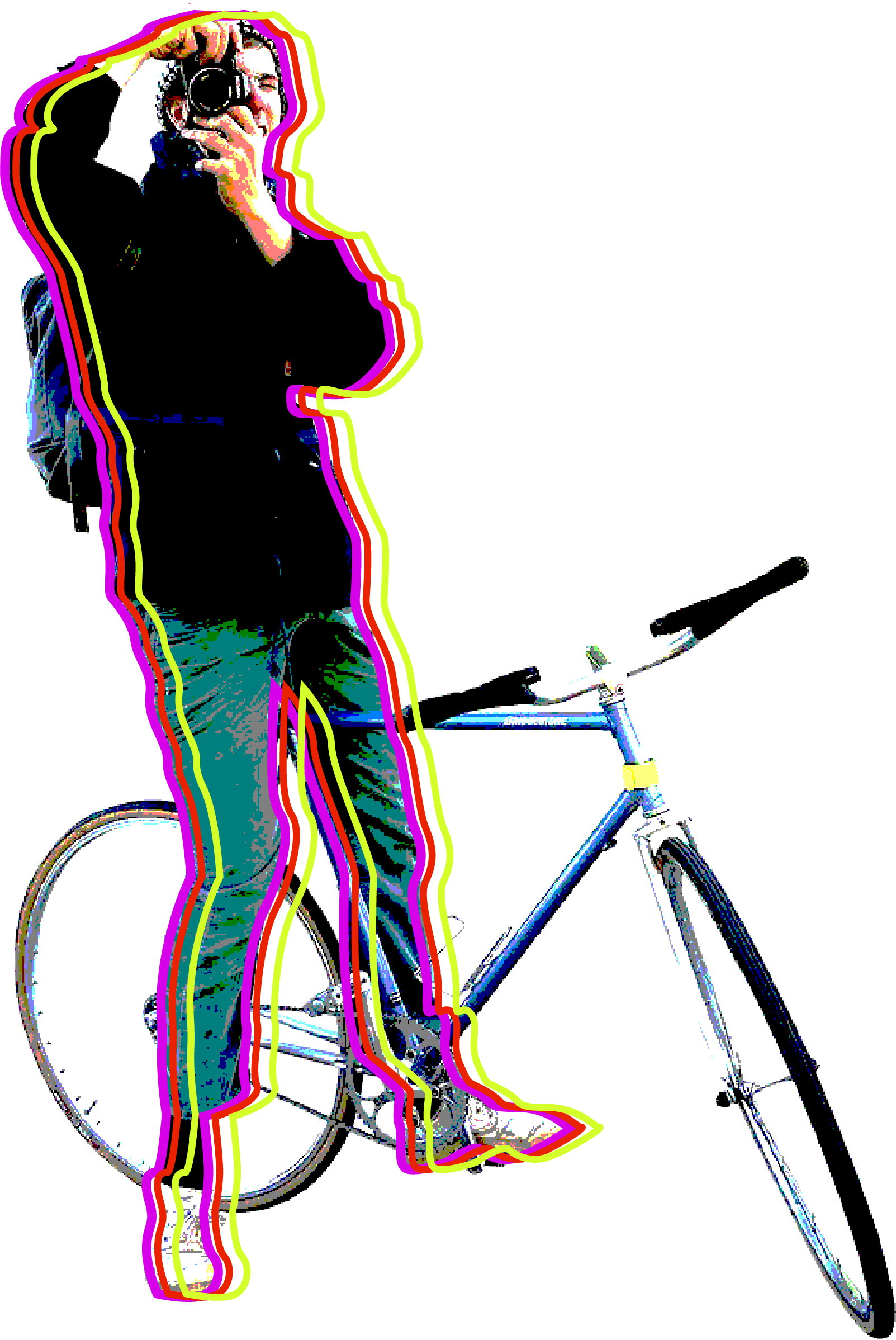
Jam Session
Felicia Plamadeala, Chișinău
Gathering people together under a roof playing music and vibing is a sort of art therapy. The concept of a jam session has no limits of nationality or political views — it’s all about a non-verbal language that keeps people united. This event had a clear purpose — reflecting our collective soul. Music and art in general, is a way of expression. An open event that anyone can join, sing and play different instruments benefits in strengthening our local communities and makes this city a more pleasant and fun place to live in.
Project implementation:
Discussing the project idea with my team (Queer Cafe — the host of the event)
Preparing all the necessary info for social media posts
(instagram, Facebook and Queer Cafe Telegram channel)
Contacting local artists
Booking the photographer and videographer
Checking the existing equipment in Queer Cafe and renting additional staff
Inviting friends and interested audience
Organizing a sound check before jam session
Event — Saturday, December 9
Reporting the project
Preparing all the necessary info for social media posts
(instagram, Facebook and Queer Cafe Telegram channel)
Contacting local artists
Booking the photographer and videographer
Checking the existing equipment in Queer Cafe and renting additional staff
Inviting friends and interested audience
Organizing a sound check before jam session
Event — Saturday, December 9
Reporting the project
1.
2.
3.
4.
5.
6.
7.
8.
9.
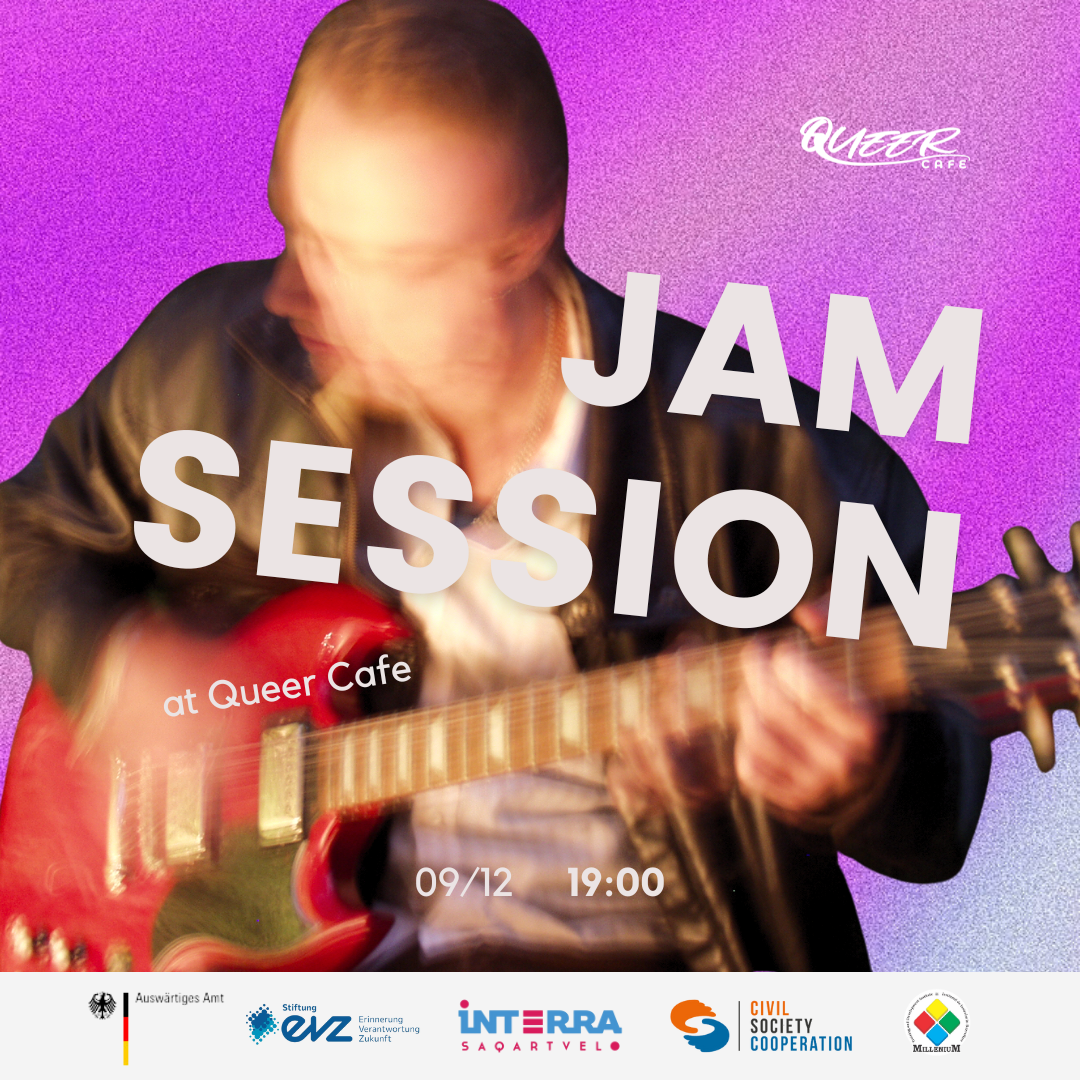
Open call for applications
Timeline:
Participant selection and online preparatory meeting
Program in Berlin
Online education program, consultations and follow-up projects implementation
Online projects publication and public presentation of urban practices
Berlin Program:
July
August
September 15 - 21
October - November
December
Participants arrive
Getting to know each other & Introduction to the topic and program
Exploration of creative urban practices through workshops and visits to organisations
Development of ideas for follow-up projects, along with evaluation
Participants departure
Day 1
Day 2
Day 3-5
Day 4
Day 5
September 15 - 21

Open call for applications
Timeline:
Participant selection and online preparatory meeting
Program in Berlin
Consultations and implementation of follow-up projects
Online publication of projects and public evaluation meeting
Berlin Program:
July
August
September 15 - 21
October - November
December
Participants arrive
Getting to know each other & Introduction to the topic and program
Exploration of creative urban practices through workshops and visits to organisations
Development of ideas for follow-up projects, along with evaluation
Participants departure
Day 1
Day 2
Day 3-5
Day 4
Day 5
September 15 - 21

Open call for applications
Timeline:
Participant selection and online preparatory meeting
Program in Berlin
Consultations and implementation of follow-up projects
Online publication of projects and public evaluation meeting
Berlin Program:
July
August
September 15 - 21
October - November
December
Participants arrive
Getting to know each other & Introduction to the topic and program
Exploration of creative urban practices through workshops and visits to organisations
Development of ideas for follow-up projects, along with evaluation
Participants departure
Day 1
Day 2
Day 3-5
Day 4
Day 5
September 15 - 21

Natasha Borenko
Experts and organisations of the program:
Fluid theatre maker. Born in Siberia, based in Berlin. Creates theatre and art projects using methods of Game Design, Theatre of the Oppressed, participatory, documentary and site-specific theatre. Her participatory performances she co-makes with local communities and diverse groups of citizens. She also initiates international peacekeeping art projects made by interdisciplinary horizontally-structured collaborations between artists, educators, peacebuilders and activists.
Refugio is a place where new and long-time Berliners live and work together.
The NGO arose from a network of 100 women from arts and culture, science, journalism and public life under the association wearedoingit e.V. in 2015. Its goals are: to successfully foster support, participation and the recognition of diversity in the context of refugee movements and migration.
fem_arc collective is a group of six women that have set out on collaboratively forming a practice, positioning themselves in the broader field of architecture, or, more precisely, setting up a critical spatial practice.
PANDA platforma e.V. exists as a non-profit association for over 12 years in the Kulturbrauerei — the significant location of the Berlin art scene. During this time, PANDA developed into an interdisciplinary platform for art, politics and culture.
Quarteera e. V. — is a community of LGBTQ+ people living in Germany and communicating in Russian. Our mission is to counteract the multiple discrimination of queer people with a migrant background. To do this, we form a community, develop civil society, support the arts and engage in political education.
Migration Matters e.V. is a non-profit organization in Berlin, Germany that was founded in 2016 by four migrant women with backgrounds in journalism, education, migration research, and civic engagement in response to media coverage about the so-called 'refugee crisis'. Our mission is to help people in host societies navigate and hold better conversations about complex issues related to migration and diversity to combat increasing polarization and discrimination.
As a facilitator in non-formal education, he has been working with Civil Society Organizations, individuals and groups in the Republic of Moldova, EU and in Eastern Partnership countries for more than 10 years. His experience with volunteering has started more than 15 years ago with European Voluntary Service. Currently he is active as trainer, facilitator, project coordinator in diverse programmes. Maxim’s passion is visual facilitation as well as contributing to raising sustainable and efficient teams, fruitful coexistence of people and in discovering diversity.
Maxim Pijevskii
Co-Founder, Co-Director of Impact Hub Tbilisi
Elene Jvania
Natasha Borenko
Experts and organisations of the program:
Fluid theatre maker. Born in Siberia, based in Berlin. Creates theatre and art projects using methods of Game Design, Theatre of the Oppressed, participatory, documentary and site-specific theatre. Her participatory performances she co-makes with local communities and diverse groups of citizens. She also initiates international peacekeeping art projects made by interdisciplinary horizontally-structured collaborations between artists, educators, peacebuilders and activists.
Refugio is a place where new and long-time Berliners live and work together.
The NGO arose from a network of 100 women from arts and culture, science, journalism and public life under the association wearedoingit e.V. in 2015. Its goals are: to successfully foster support, participation and the recognition of diversity in the context of refugee movements and migration.
fem_arc collective is a group of six women that have set out on collaboratively forming a practice, positioning themselves in the broader field of architecture, or, more precisely, setting up a critical spatial practice.
PANDA platforma e.V. exists as a non-profit association for over 12 years in the Kulturbrauerei — the significant location of the Berlin art scene. During this time, PANDA developed into an interdisciplinary platform for art, politics and culture.
Quarteera e. V. — is a community of LGBTQ+ people living in Germany and communicating in Russian. Our mission is to counteract the multiple discrimination of queer people with a migrant background. To do this, we form a community, develop civil society, support the arts and engage in political education.
Migration Matters e.V. is a non-profit organization in Berlin, Germany that was founded in 2016 by four migrant women with backgrounds in journalism, education, migration research, and civic engagement in response to media coverage about the so-called 'refugee crisis'. Our mission is to help people in host societies navigate and hold better conversations about complex issues related to migration and diversity to combat increasing polarization and discrimination.
As a facilitator in non-formal education, he has been working with Civil Society Organizations, individuals and groups in the Republic of Moldova, EU and in Eastern Partnership countries for more than 10 years. His experience with volunteering has started more than 15 years ago with European Voluntary Service. Currently he is active as trainer, facilitator, project coordinator in diverse programmes. Maxim’s passion is visual facilitation as well as contributing to raising sustainable and efficient teams, fruitful coexistence of people and in discovering diversity.
Maxim Pijevskii
Co-Founder, Co-Director of Impact Hub Tbilisi
Elene Jvania
Natasha Borenko
Experts and organisations of the program:
Fluid theatre maker. Born in Siberia, based in Berlin. Creates theatre and art projects using methods of Game Design, Theatre of the Oppressed, participatory, documentary and site-specific theatre. Her participatory performances she co-makes with local communities and diverse groups of citizens. She also initiates international peacekeeping art projects made by interdisciplinary horizontally-structured collaborations between artists, educators, peacebuilders and activists.
Refugio is a place where new and long-time Berliners live and work together.
The NGO arose from a network of 100 women from arts and culture, science, journalism and public life under the association wearedoingit e.V. in 2015. Its goals are: to successfully foster support, participation and the recognition of diversity in the context of refugee movements and migration.
Fem_arc collective is a group of six women that have set out on collaboratively forming a practice, positioning themselves in the broader field of architecture, or, more precisely, setting up a critical spatial practice.
PANDA platforma e.V. exists as a non-profit association for over 12 years in the Kulturbrauerei — the significant location of the Berlin art scene. During this time, PANDA developed into an interdisciplinary platform for art, politics and culture.
Quarteera e. V. — is a community of LGBTQ+ people living in Germany and communicating in Russian. Our mission is to counteract the multiple discrimination of queer people with a migrant background. To do this, we form a community, develop civil society, support the arts and engage in political education.
Migration Matters e.V. is a non-profit organization in Berlin, Germany that was founded in 2016 by four migrant women with backgrounds in journalism, education, migration research, and civic engagement in response to media coverage about the so-called 'refugee crisis'. Our mission is to help people in host societies navigate and hold better conversations about complex issues related to migration and diversity to combat increasing polarization and discrimination.
As a facilitator in non-formal education, he has been working with Civil Society Organizations, individuals and groups in the Republic of Moldova, EU and in Eastern Partnership countries for more than 10 years. His experience with volunteering has started more than 15 years ago with European Voluntary Service. Currently he is active as trainer, facilitator, project coordinator in diverse programmes. Maxim’s passion is visual facilitation as well as contributing to raising sustainable and efficient teams, fruitful coexistence of people and in discovering diversity.
Maxim Pijevskii
Co-Founder, Co-Director of Impact Hub Tbilisi
Elene Jvania

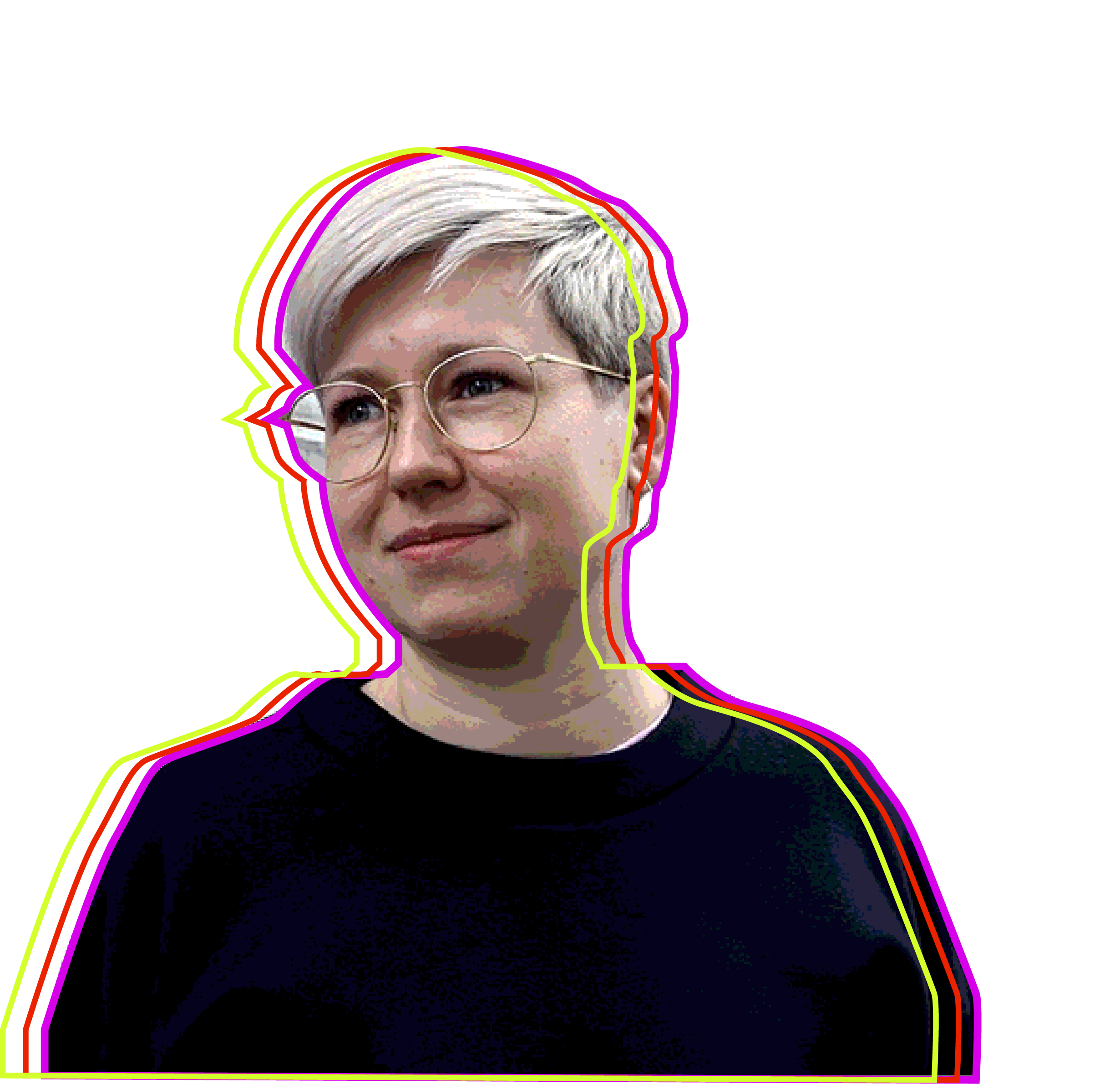

CISR e.V., coordinator, Berlin
Implements non-formal educational, sociocultural and exchange projects for young people and professionals. Since 2020 she has been coordinating civil society projects at CISR e.V. to support and network urban activists, initiatives, youth work experts and artists (in exile).
Recent projects: Wake Up! Cities, Citizens Art-Lab, Time to Act, etc.
Recent projects: Wake Up! Cities, Citizens Art-Lab, Time to Act, etc.
Anastasia Puschkarewa
Independent facilitator, producer of urban educational programs
From 2018 to 2021, he was the Night Mayor of the Ulyanovsk City — with the team he oversaw the development of nighttime cultural life. In addition, he implemented practices for appropriating urban spaces with urban citizens: revitalising an abandoned park, returning the embankment on the Volga River, etc. Currently, he is actively involved in working with communities of politically active migrants and refugees in different countries.
Pasha Andreev

Millenium Training and Development Institut, coordinator, Chisinau
Facilitator working with young people from Moldova and Ukraine. With a passion for community service and project management, she has been actively involved in these areas since 2018. In addition to her facilitation work, Maria is a journalist, photographer, videographer and animator who uses her creative skills to capture and convey stories in a variety of mediums.
Maria Gavrilcenco
Interra Saqartvelo, coordinator, Tbilisi
Рroducer of urban educational programs, educational designer, researcher and creator of educational programs. From 2017 to 2022, she implemented an educational urban program for teenagers from small towns and rural areas in Russia. Lives in Georgia since 2018.
Natalia Pavlenko
Project team
Producer leading education, culture and entertainment projects
As a public program director, Sonya line-managed large teams and produced massive interdisciplinary outreach programs for the Institute of Media, Architecture, and Design Strelka in Moscow. After the invasion, she started working as a curator for the evacuation department at an NGO called Helping to Leave, which assists Ukrainians in evacuating from areas of military conflict.
Since February 2023, she has been doing voluntary service at CISR eV as part of the European Solidarity Corps Program.
Since February 2023, she has been doing voluntary service at CISR eV as part of the European Solidarity Corps Program.
Sonya Arshinova




CISR e.V., coordinator, Berlin
Implements non-formal educational, sociocultural and exchange projects for young people and professionals. Since 2020 she has been coordinating civil society projects at CISR e.V. to support and network urban activists, initiatives, youth work experts and artists (in exile). Recent projects: Wake Up! Cities, Citizens Art-Lab, Time to Act, etc.
Anastasia Puschkarewa
Independent facilitator, producer of urban educational programs
From 2018 to 2021, he was the Night Mayor of the Ulyanovsk City — with the team he oversaw the development of nighttime cultural life. In addition, he implemented practices for appropriating urban spaces with urban citizens: revitalising an abandoned park, returning the embankment on the Volga River, etc. Currently, he is actively involved in working with communities of politically active migrants and refugees in different countries.
Pasha Andreev

Millenium Training and Development Institut, coordinator, Chisinau
Facilitator working with young people from Moldova and Ukraine. With a passion for community service and project management, she has been actively involved in these areas since 2018. In addition to her facilitation work, Maria is a journalist, photographer, videographer and animator who uses her creative skills to capture and convey stories in a variety of mediums.
Maria Gavrilcenco
Interra Saqartvelo, coordinator, Tbilisi
Рroducer of urban educational programs, educational designer, researcher and creator of educational programs. From 2017 to 2022, she implemented an educational urban program for teenagers from small towns and rural areas in Russia. Lives in Georgia since 2018.
Natalia Pavlenko
Project team
Producer leading education, culture and entertainment projects
As a public program director, Sonya line-managed large teams and produced massive interdisciplinary outreach programs for the Institute of Media, Architecture, and Design Strelka in Moscow. After the invasion, she started working as a curator for the evacuation department at an NGO called Helping to Leave, which assists Ukrainians in evacuating from areas of military conflict.
Since February 2023, she has been doing voluntary service at CISR eV as part of the European Solidarity Corps Program.
Since February 2023, she has been doing voluntary service at CISR eV as part of the European Solidarity Corps Program.
Sonya Arshinova




CISR e.V., coordinator, Berlin
Implements non-formal educational, sociocultural and exchange projects for young people and professionals. Since 2020 she has been coordinating civil society projects at CISR e.V. to support and network urban activists, initiatives, youth work experts and artists (in exile).
Recent projects: Wake Up! Cities, Citizens Art-Lab, Time to Act, etc.
Recent projects: Wake Up! Cities, Citizens Art-Lab, Time to Act, etc.
Anastasia Puschkarewa
Independent facilitator, producer of urban educational programs
From 2018 to 2021, he was the Night Mayor of the Ulyanovsk City — with the team he oversaw the development of nighttime cultural life. In addition, he implemented practices for appropriating urban spaces with urban citizens: revitalising an abandoned park, returning the embankment on the Volga River, etc. Currently, he is actively involved in working with communities of politically active migrants and refugees in different countries.
Pasha Andreev

Millenium Training and Development Institut, coordinator, Chisinau
Facilitator working with young people from Moldova and Ukraine. With a passion for community service and project management, she has been actively involved in these areas since 2018. In addition to her facilitation work, Maria is a journalist, photographer, videographer and animator who uses her creative skills to capture and convey stories in a variety of mediums.
Maria Gavrilcenco
Interra Saqartvelo, coordinator, Tbilisi
Рroducer of urban educational programs, educational designer, researcher and creator of educational programs. From 2017 to 2022, she implemented an educational urban program for teenagers from small towns and rural areas in Russia. Lives in Georgia since 2018.
Natalia Pavlenko
Project team
Producer leading education, culture and entertainment projects
As a public program director, Sonya line-managed large teams and produced massive interdisciplinary outreach programs for the Institute of Media, Architecture, and Design Strelka in Moscow. After the invasion, she started working as a curator for the evacuation department at an NGO called Helping to Leave, which assists Ukrainians in evacuating from areas of military conflict.
Since February 2023, she has been doing voluntary service at CISR eV as part of the European Solidarity Corps Program.
Since February 2023, she has been doing voluntary service at CISR eV as part of the European Solidarity Corps Program.
Sonya Arshinova


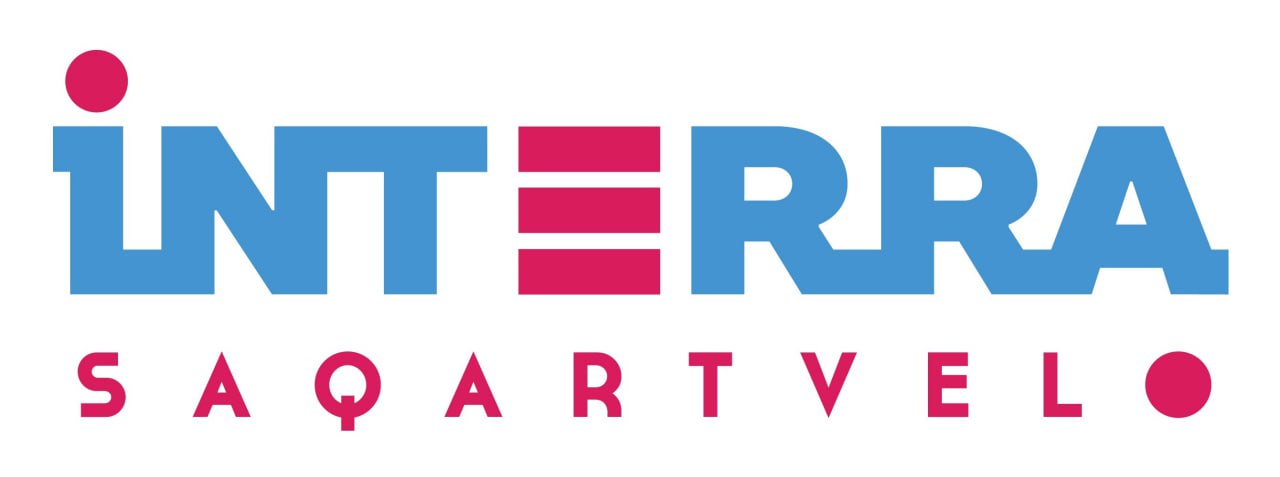




Non-profit organisation founded in 2015 in Berlin by social researchers, experts and civic activists. We focus on social and urban research, exchange projects and non-formal education programmes in the fields of urbanism, media activism, migration and peaceful conflict transformation.
Non-profit organisation who develops educational programs and trips as well as cultural events.
"MilleniuM" Institute implements programs in the field of personal, organisational and community development. It promotes non-formal education by encouraging civic initiative and youth work at the local level and across Moldova.
The Project is funded within the MEET UP! Youth for Partnership Program of the Foundation Remembrance, Responsibility and Future (EVZ Foundation) and the Federal Foreign Office
Financial support :
International Dialogue for Understanding and Cultural Exchange






Non-profit organisation founded in 2015 in Berlin by social researchers, experts and civic activists. We focus on social and urban research, exchange projects and non-formal education programmes in the fields of urbanism, media activism, migration and peaceful conflict transformation.
Non-profit organisation who develops educational programs and trips as well as cultural events.
"MilleniuM" Institute implements programs in the field of personal, organisational and community development. It promotes non-formal education by encouraging civic initiative and youth work at the local level and across Moldova.
The Project is funded within the MEET UP! Youth for Partnership Program of the Foundation Remembrance, Responsibility and Future (EVZ Foundation) and the Federal Foreign Office
Financial support :





Non-profit organisation founded in 2015 in Berlin by social researchers, experts and civic activists. We focus on social and urban research, exchange projects and non-formal education programmes in the fields of urbanism, media activism, migration and peaceful conflict transformation.
Non-profit organisation who develops educational programs and trips as well as cultural events.
"MilleniuM" Institute implements programs in the field of personal, organisational and community development. It promotes non-formal education by encouraging civic initiative and youth work at the local level and across Moldova.
The project is funded under the grant program "MEET UP! Youth for Partnership" by the Remembrance, Responsibility and Future (EVZ Foundation) Foundation and the German Federal Foreign Office.
Financial support :

Telegram: https://t.me/natalypavlenko
(for participants from Georgia)
Natalia Pavlenko
E-mail: mariyagavrilchenko2000@gmail.com
(for participants from Moldova)
Maria Gavrilcenko
E-Mail: a.puschkarewa@cisr-berlin.org
(for participants from Germany)
Anastasia Puschkarewa
If you have further questions about the project, please contact:
Contacts:
Telegram: https://t.me/natalypavlenko
(for participants from Georgia)
Natalia Pavlenko
E-mail: mariyagavrilchenko2000@gmail.com
(for participants from Moldova)
Maria Gavrilcenko
E-Mail: a.puschkarewa@cisr-berlin.org
(for participants from Germany)
Anastasia Puschkarewa
If you have further questions about the project, please contact:
Contacts:
Telegram: https://t.me/natalypavlenko
(for participants from Georgia)
Natalia Pavlenko
E-mail: mariyagavrilchenko2000@gmail.com
(for participants from Moldova)
Maria Gavrilcenko
E-Mail: a.puschkarewa@cisr-berlin.org
(for participants from Germany)
Anastasia Puschkarewa
If you have further questions about the project, please contact:
Contacts:

